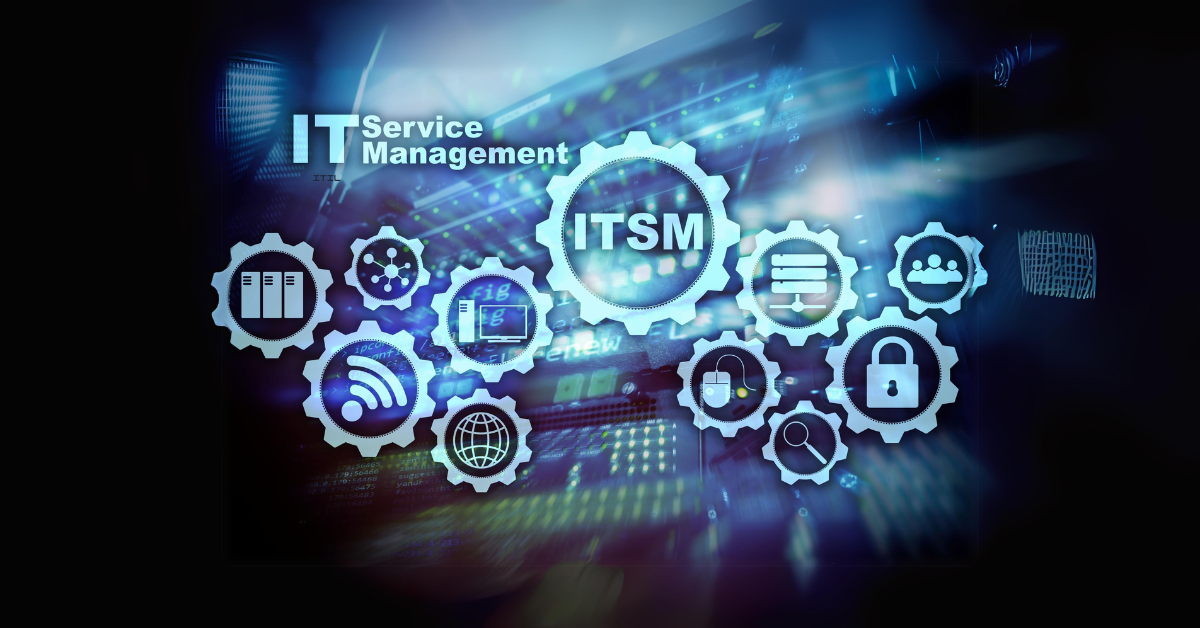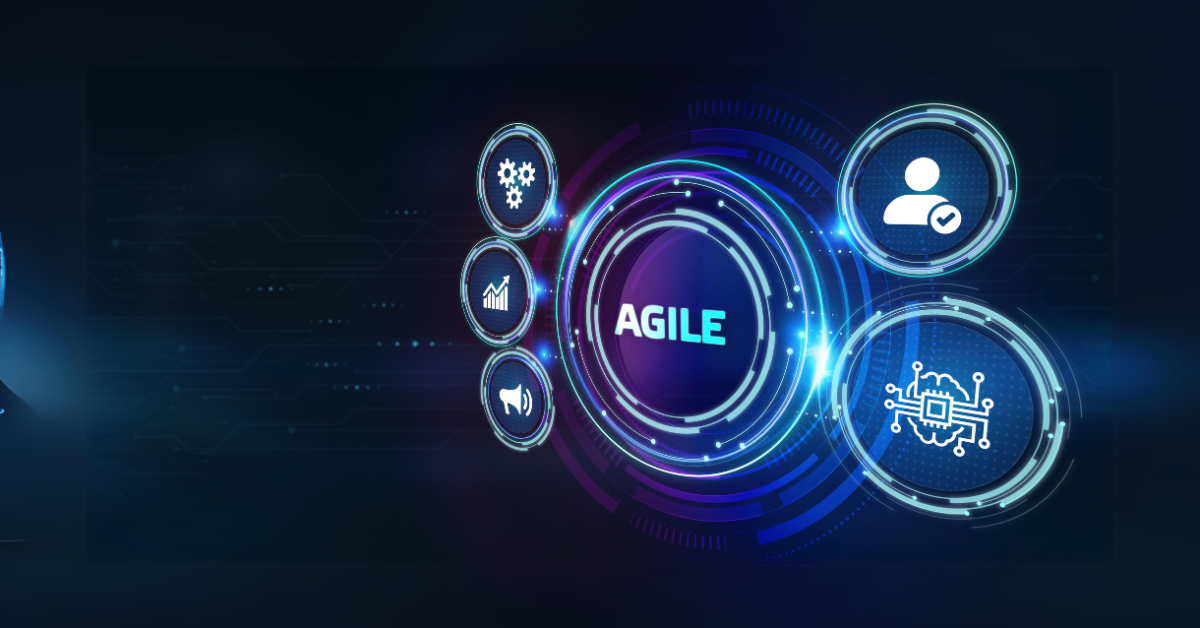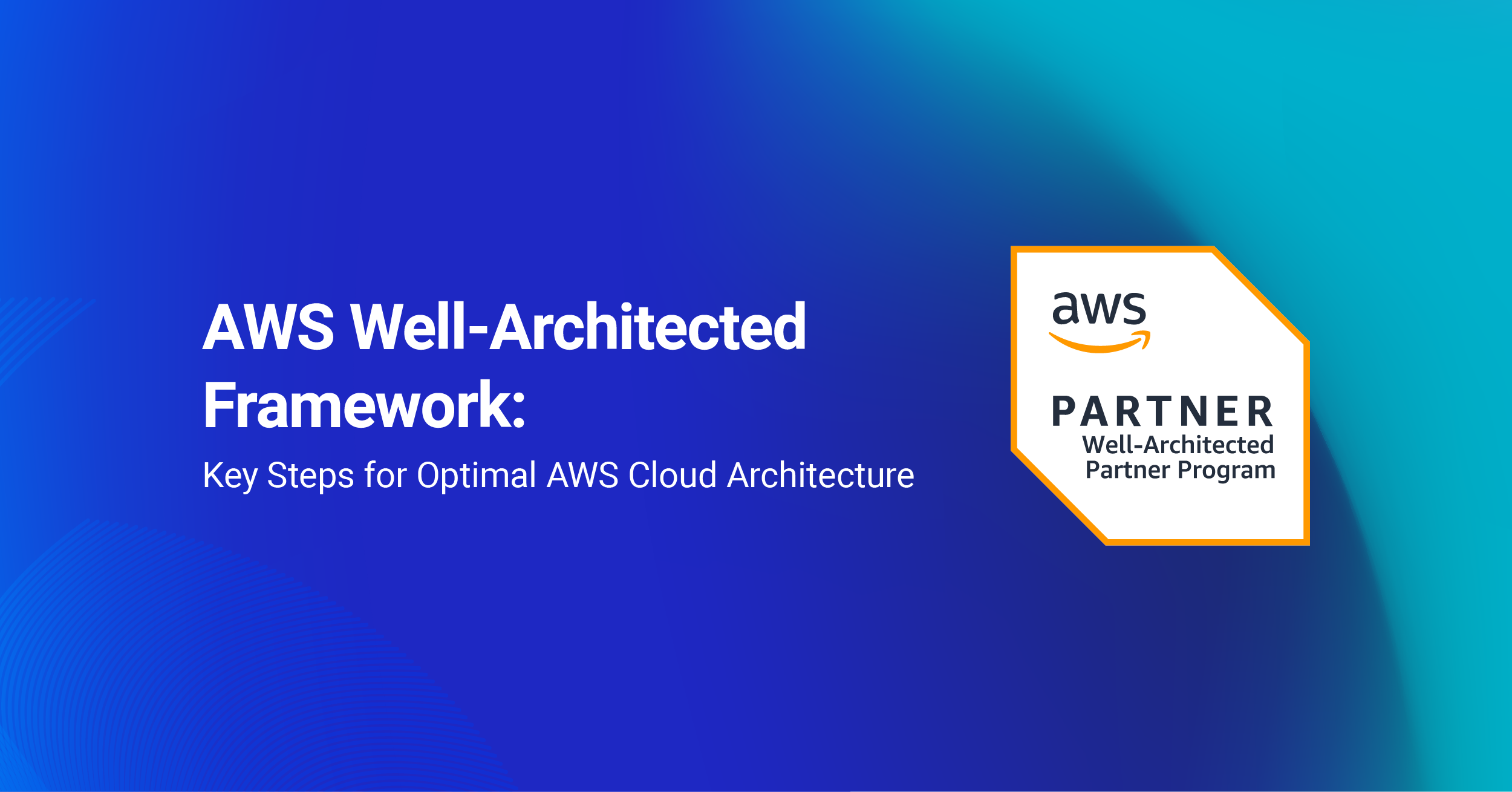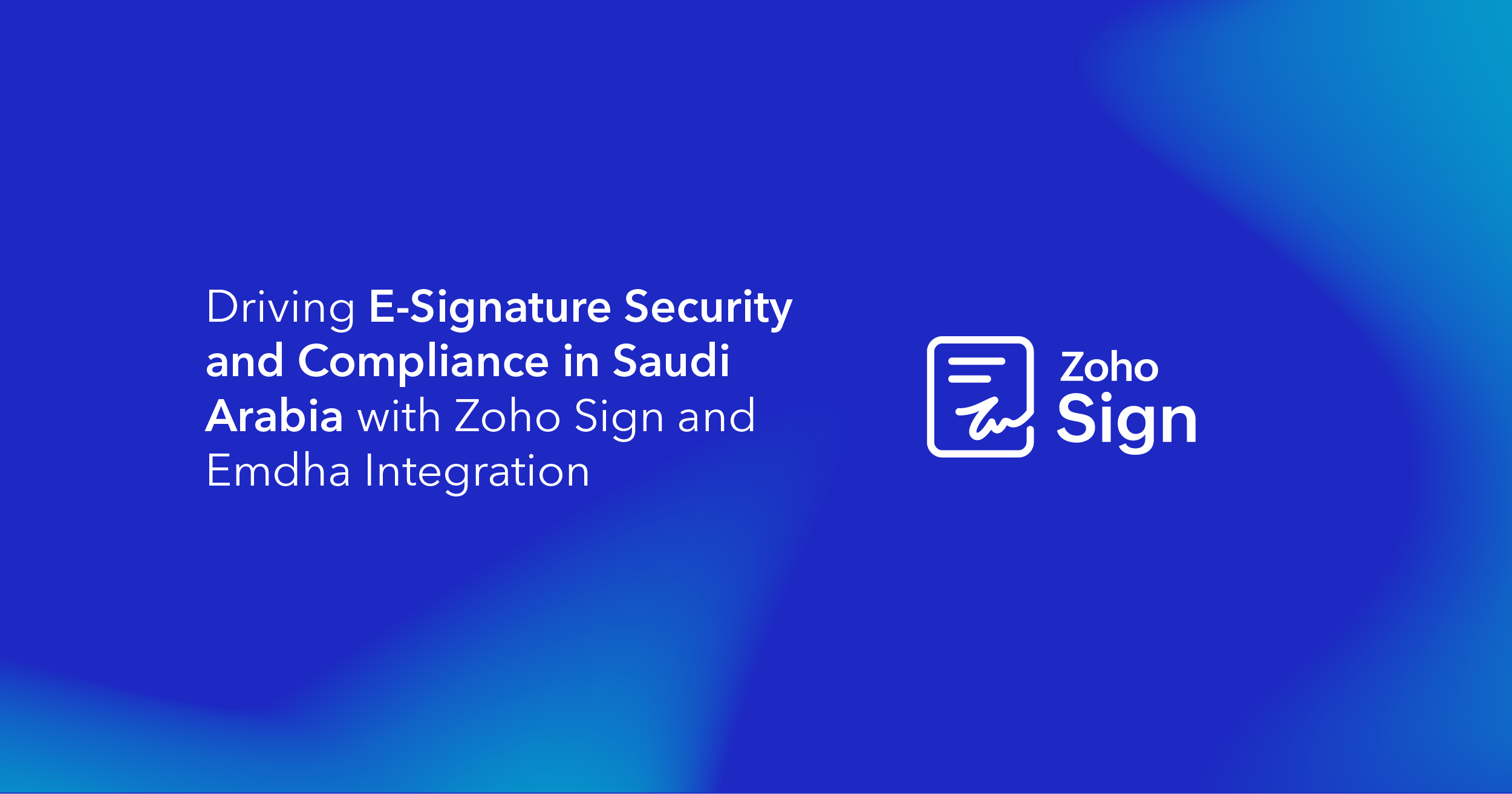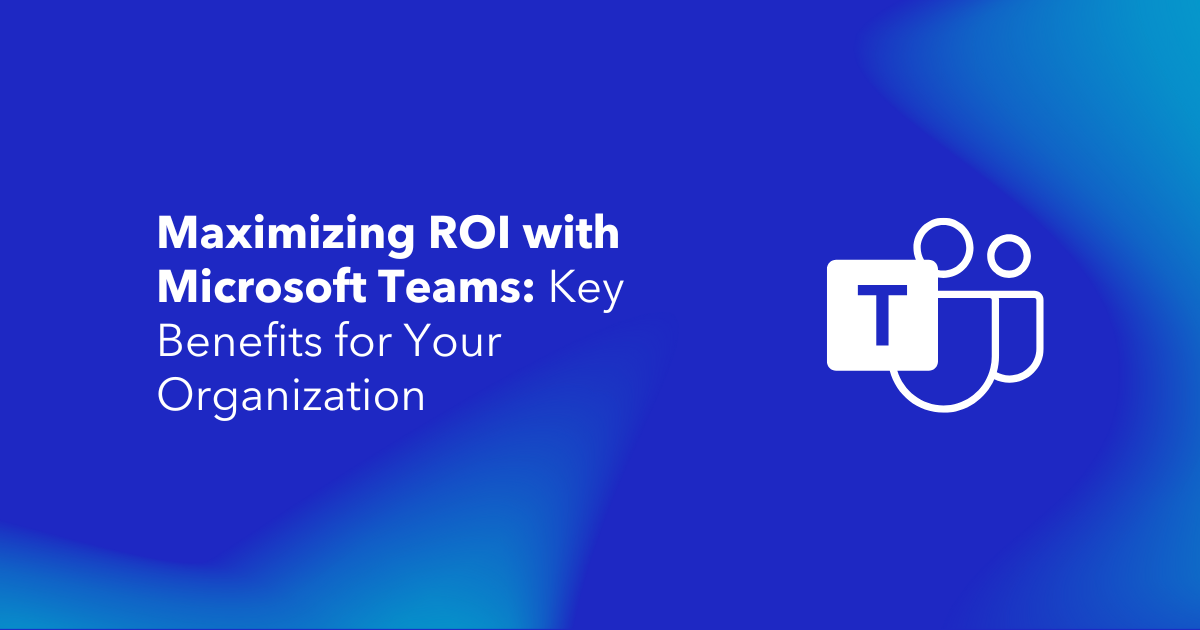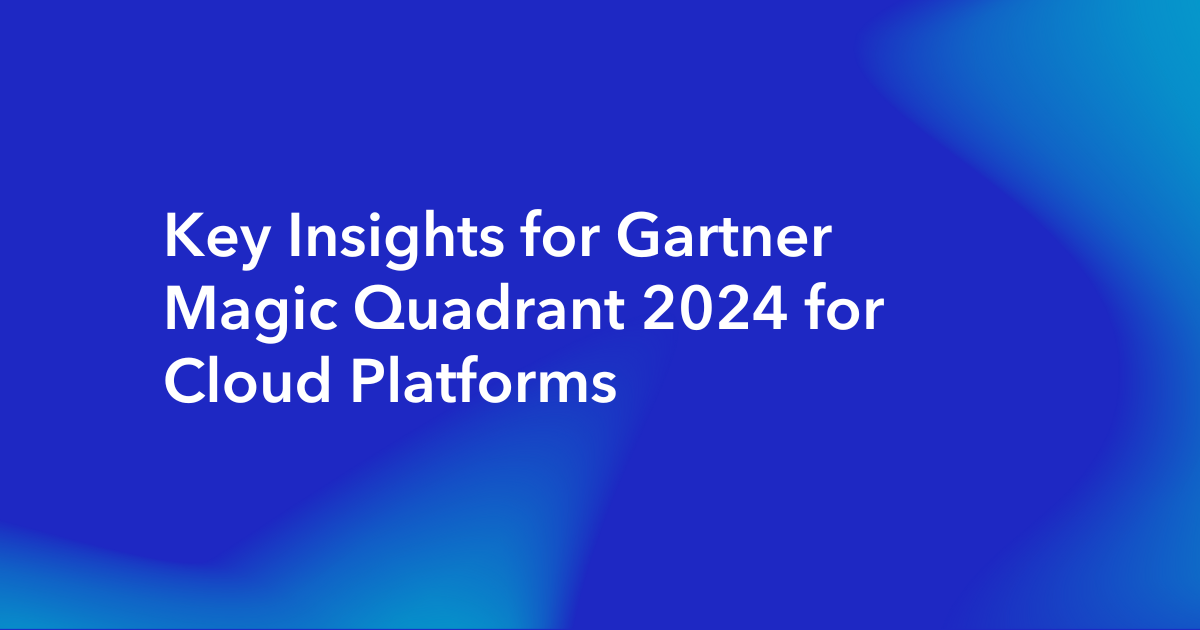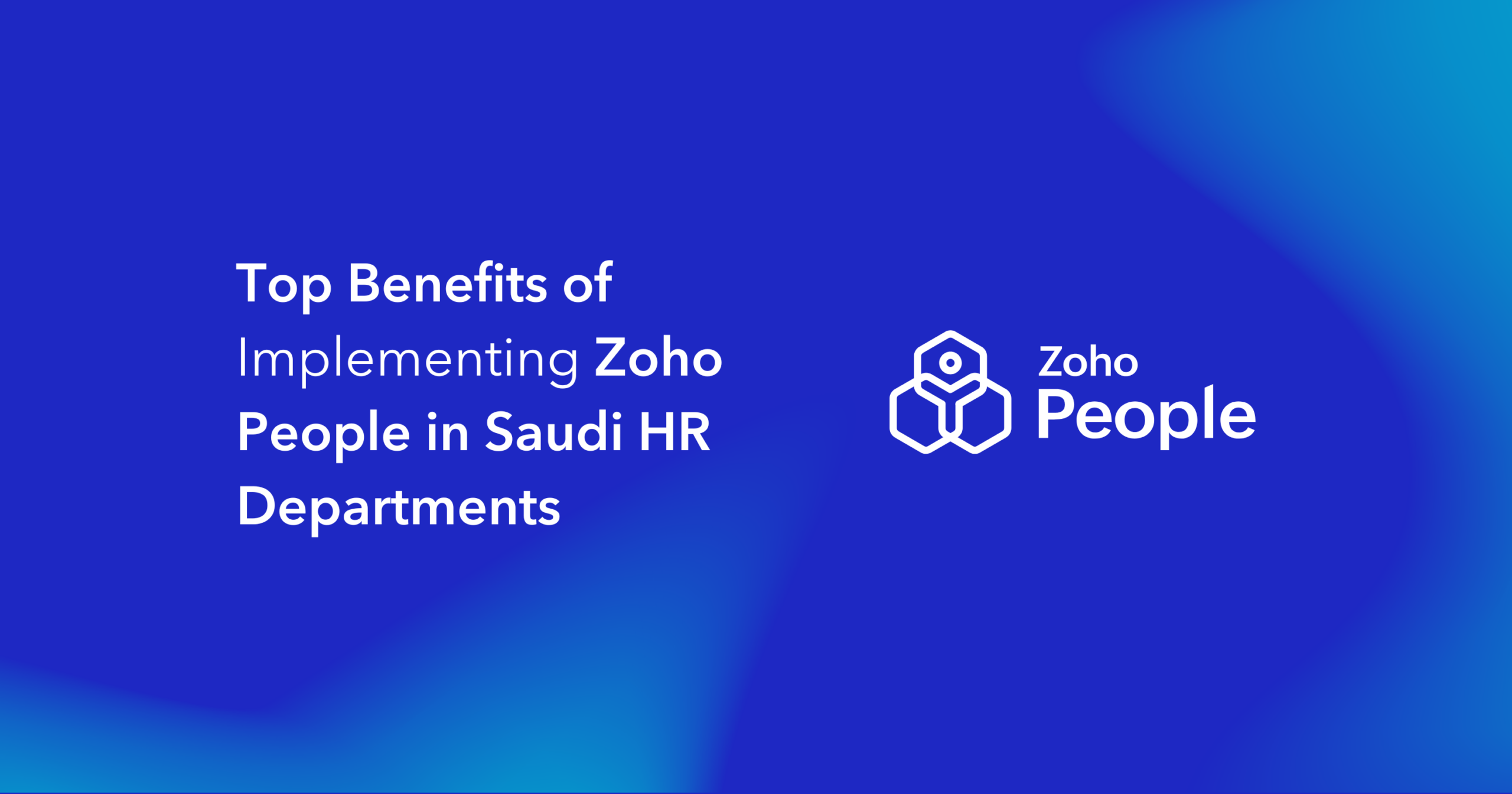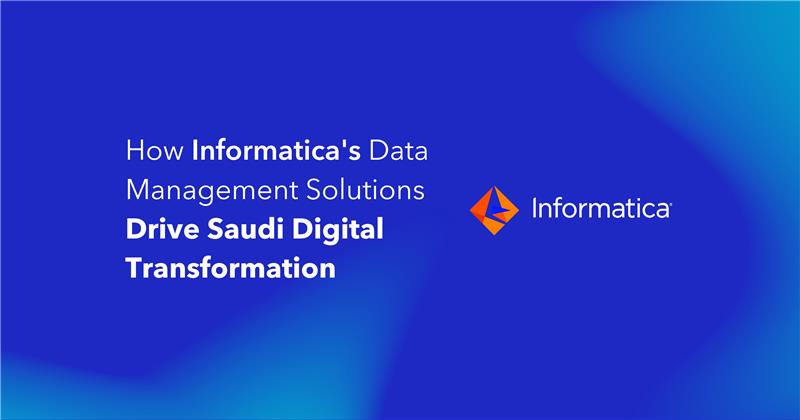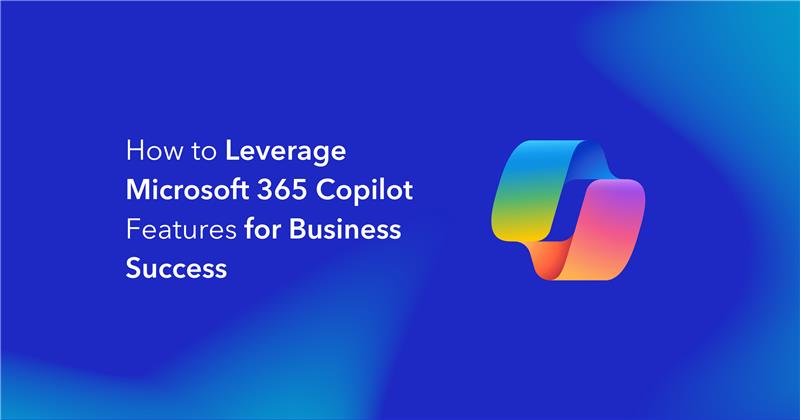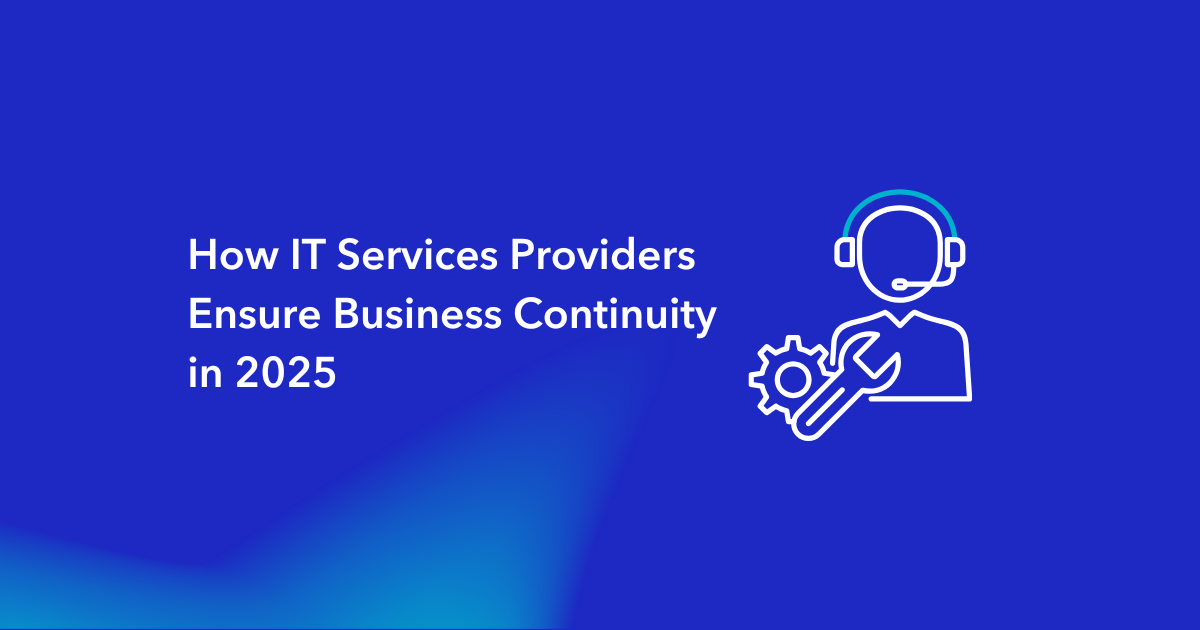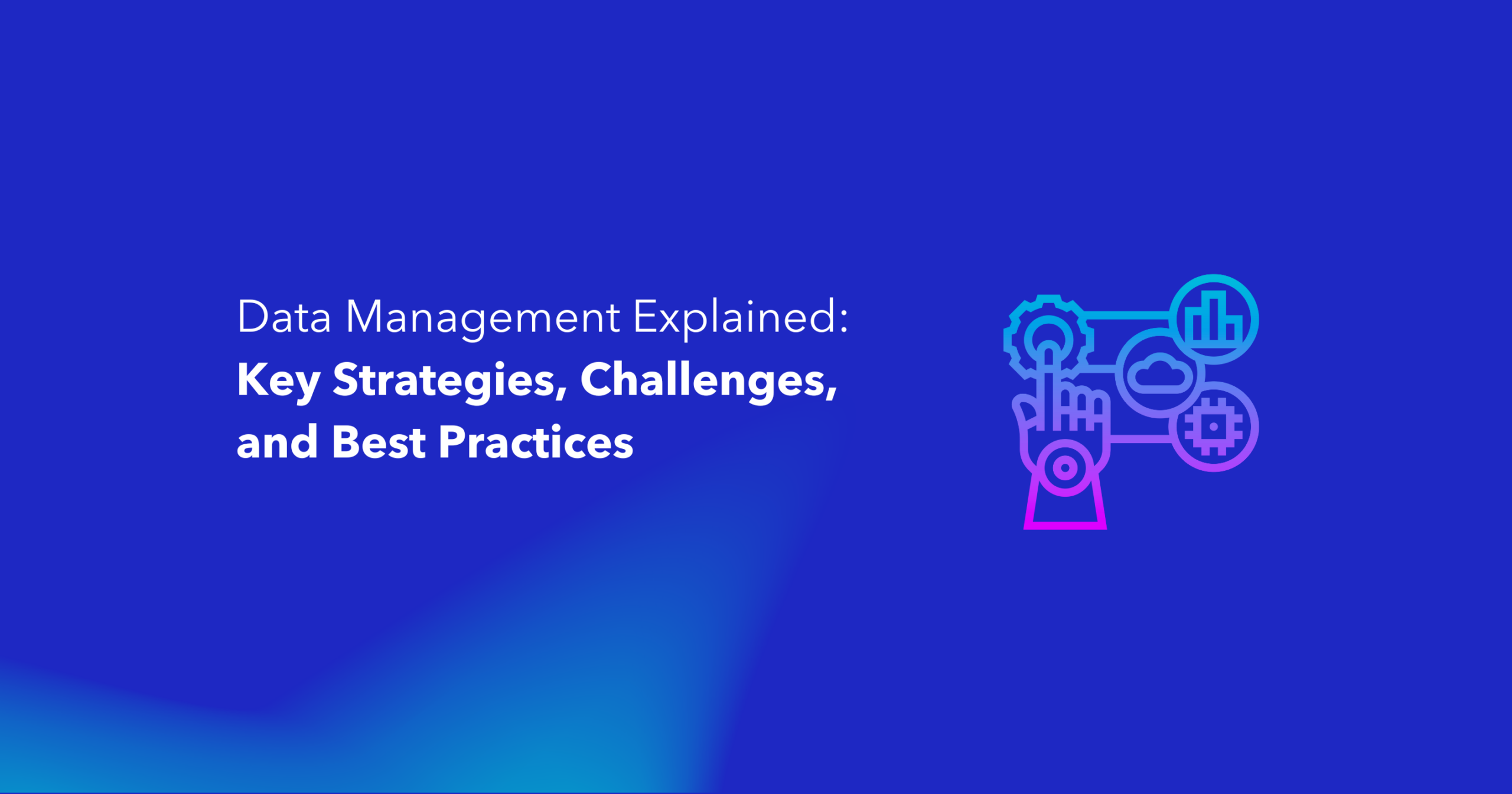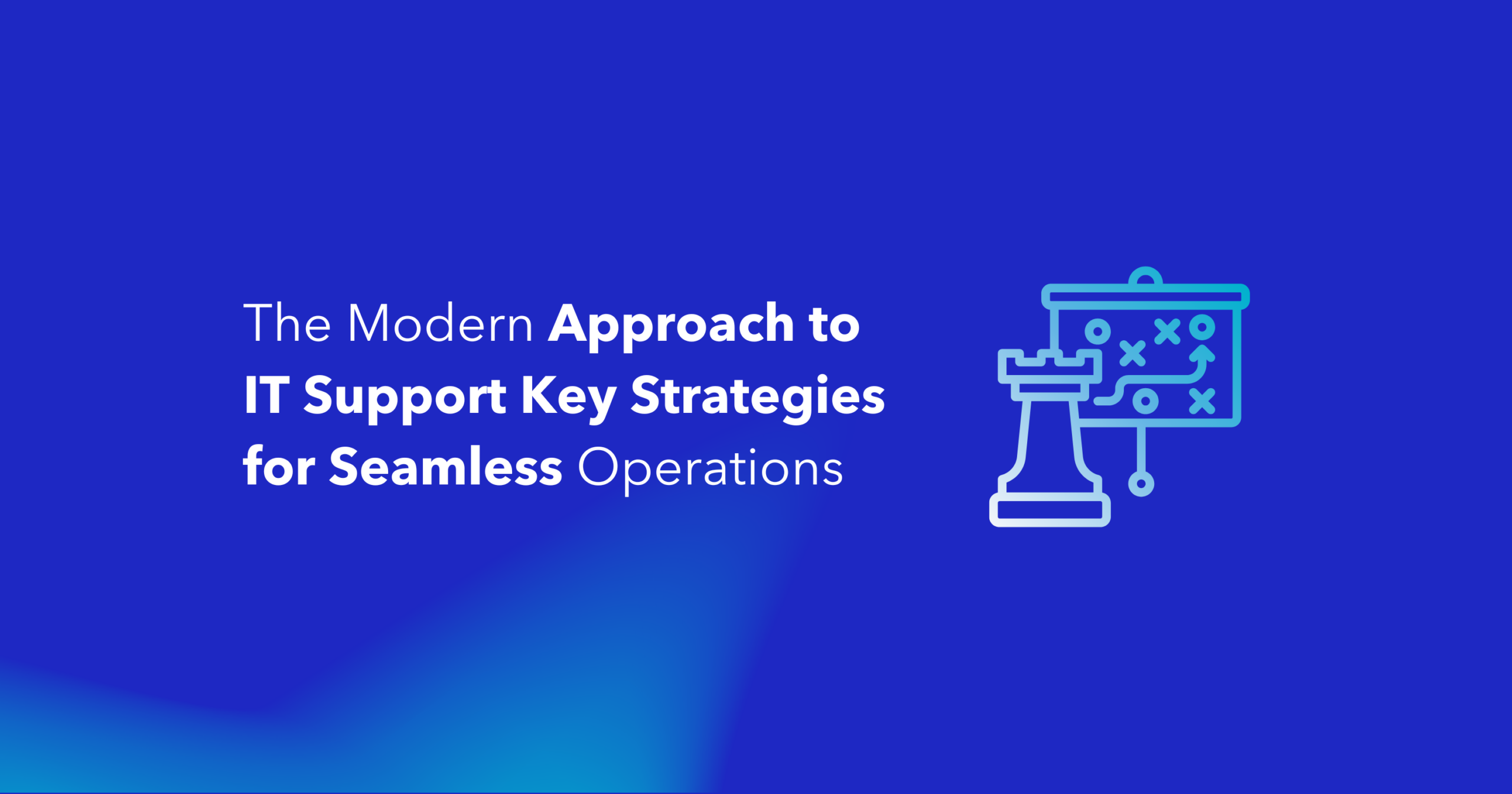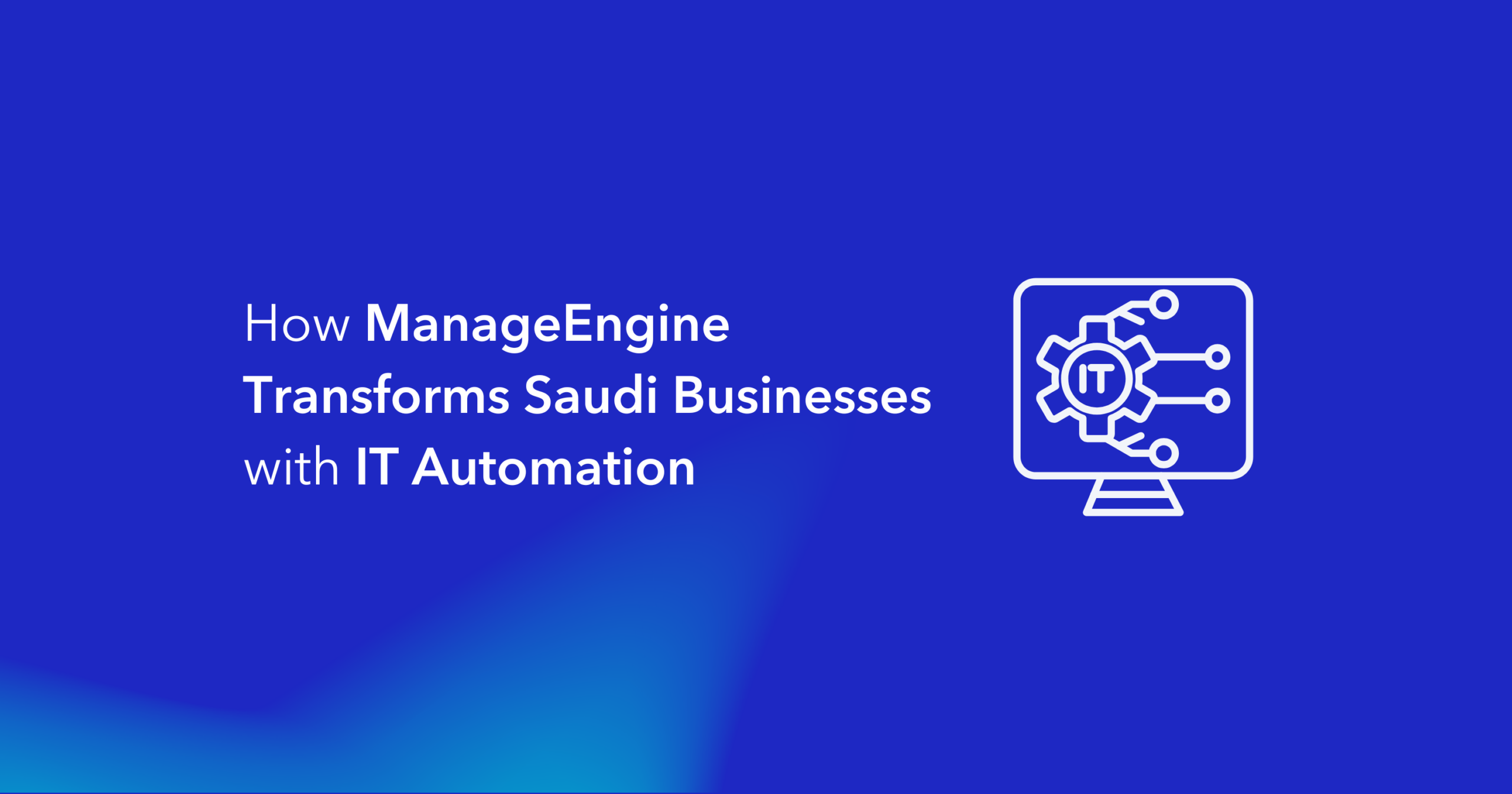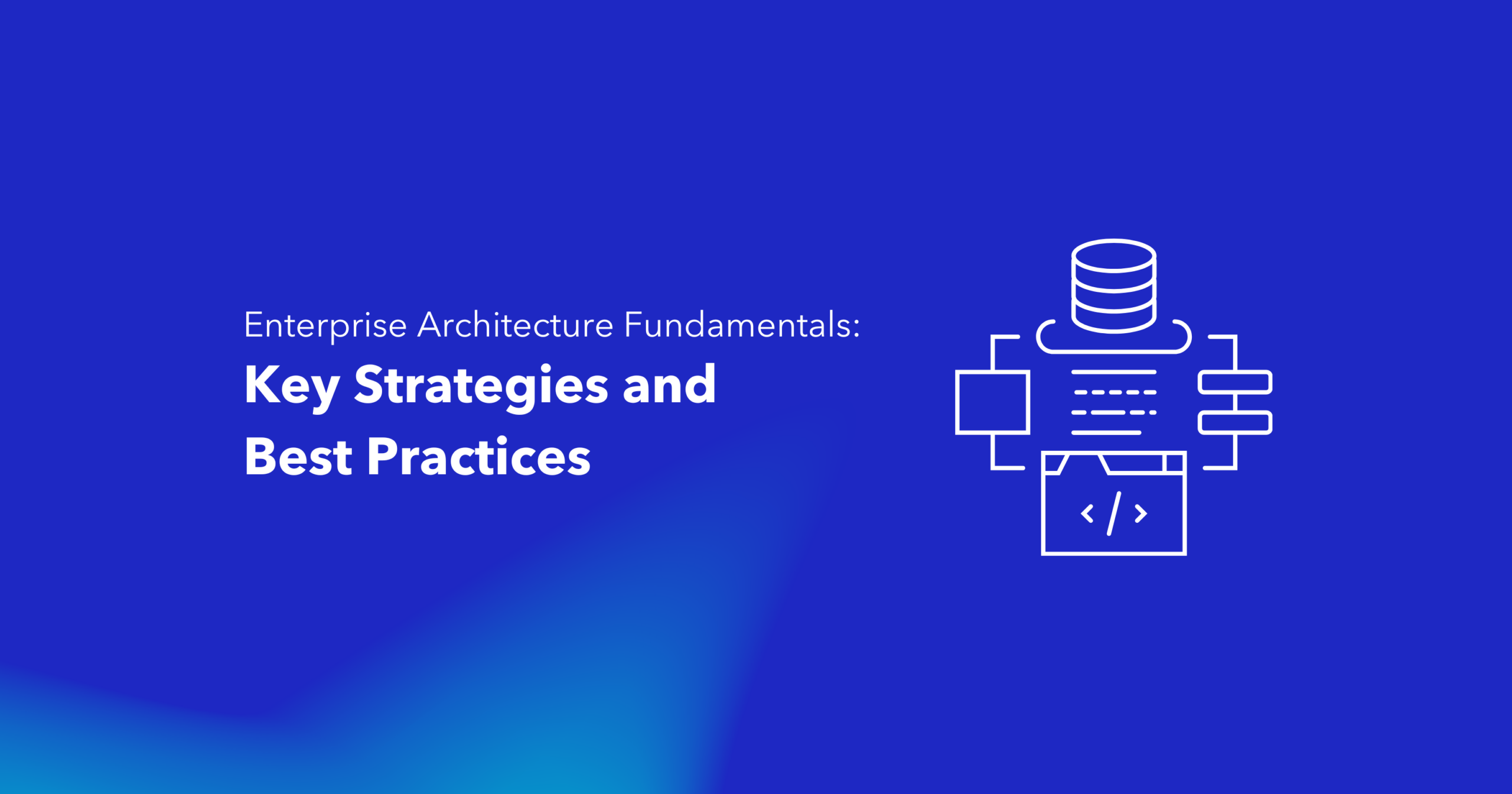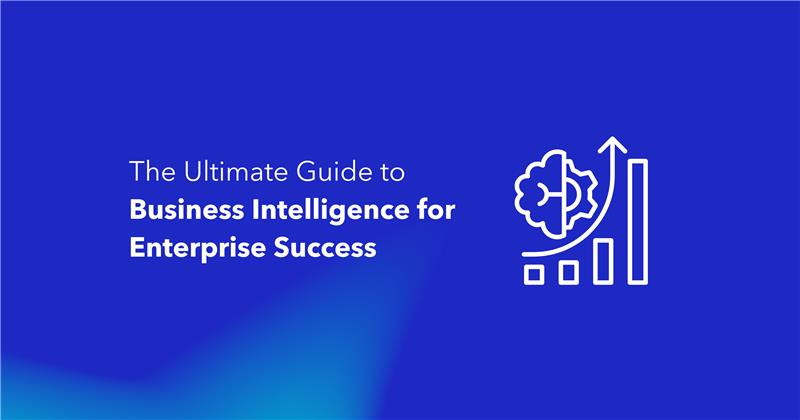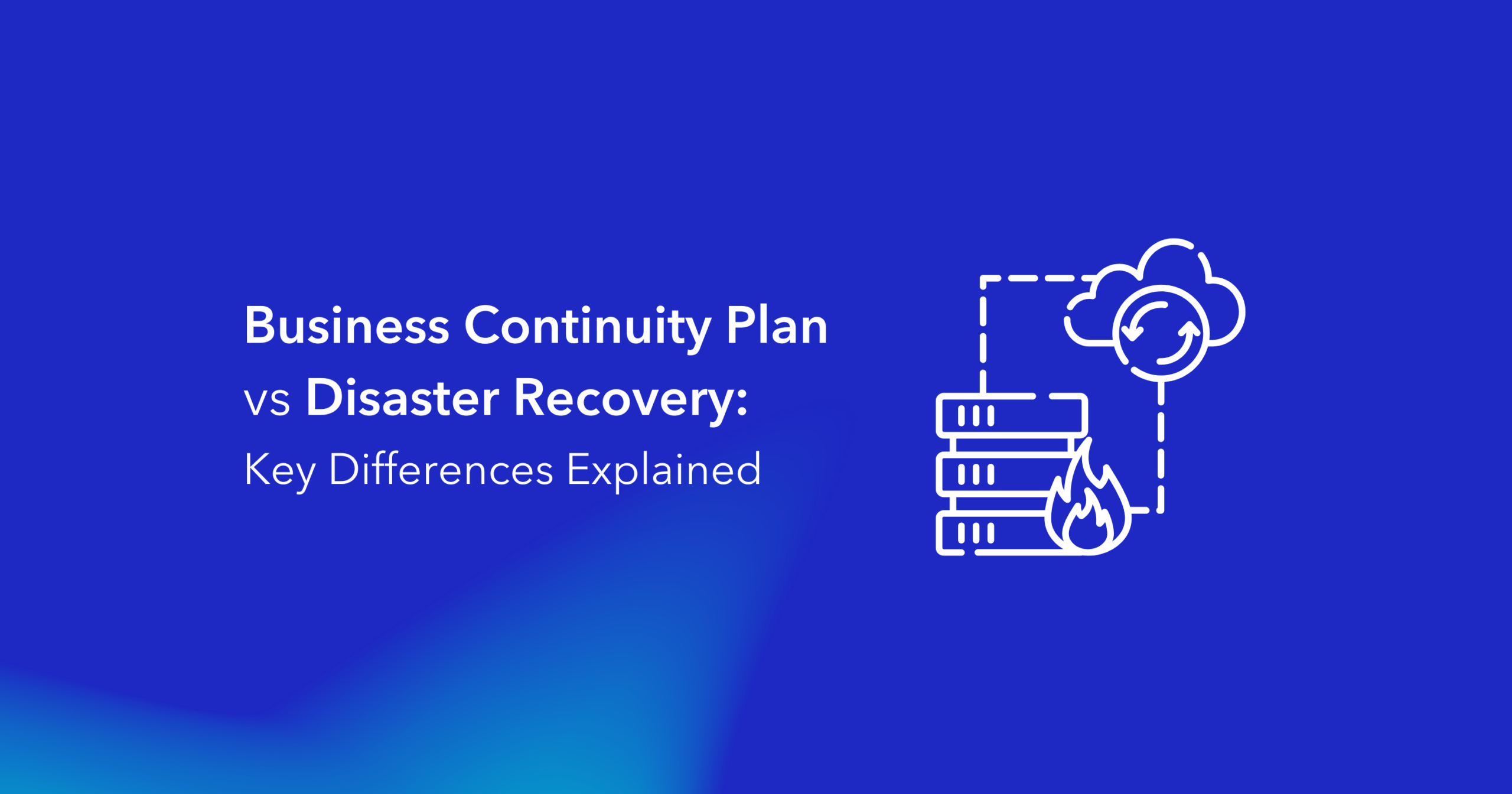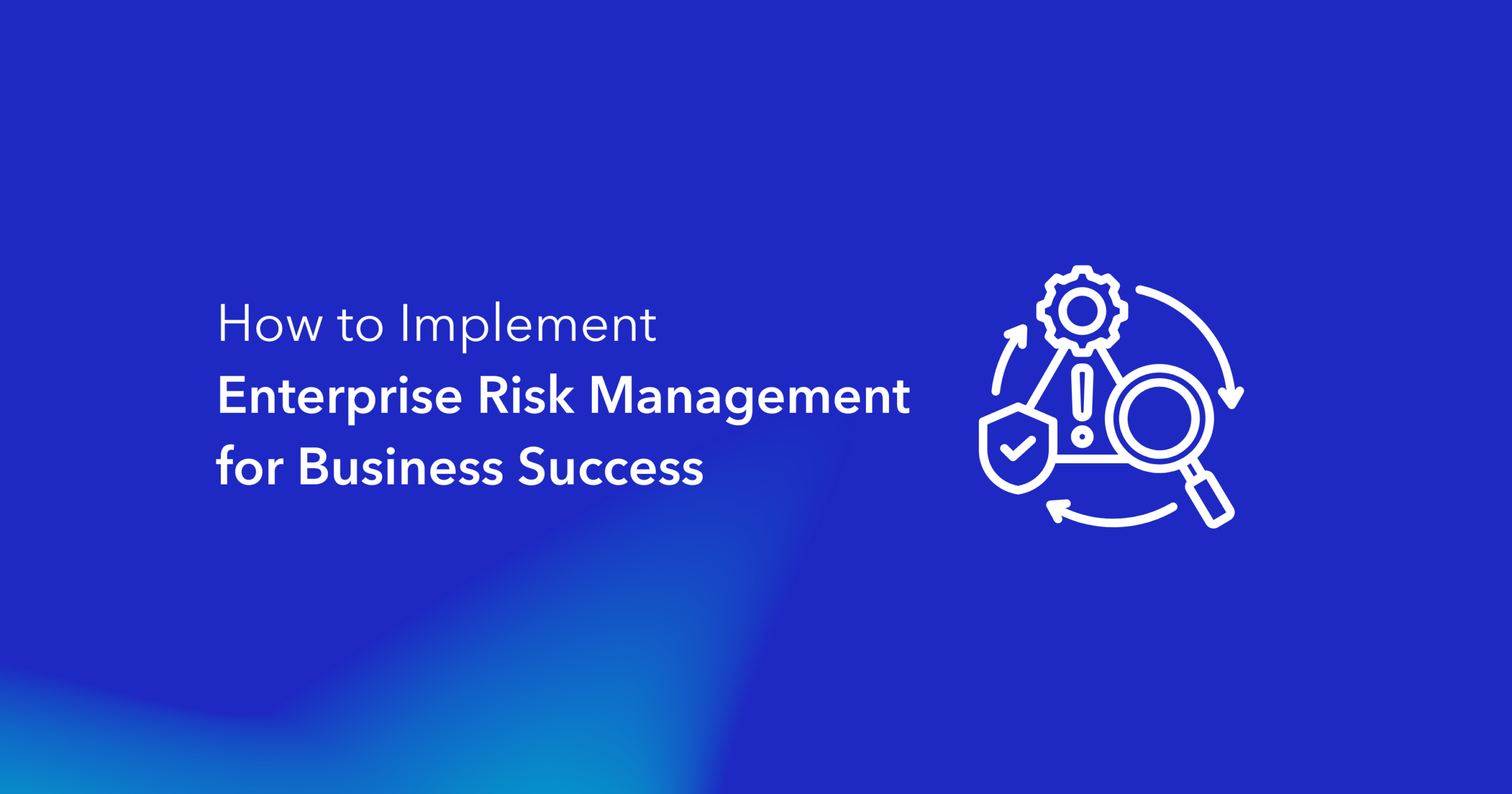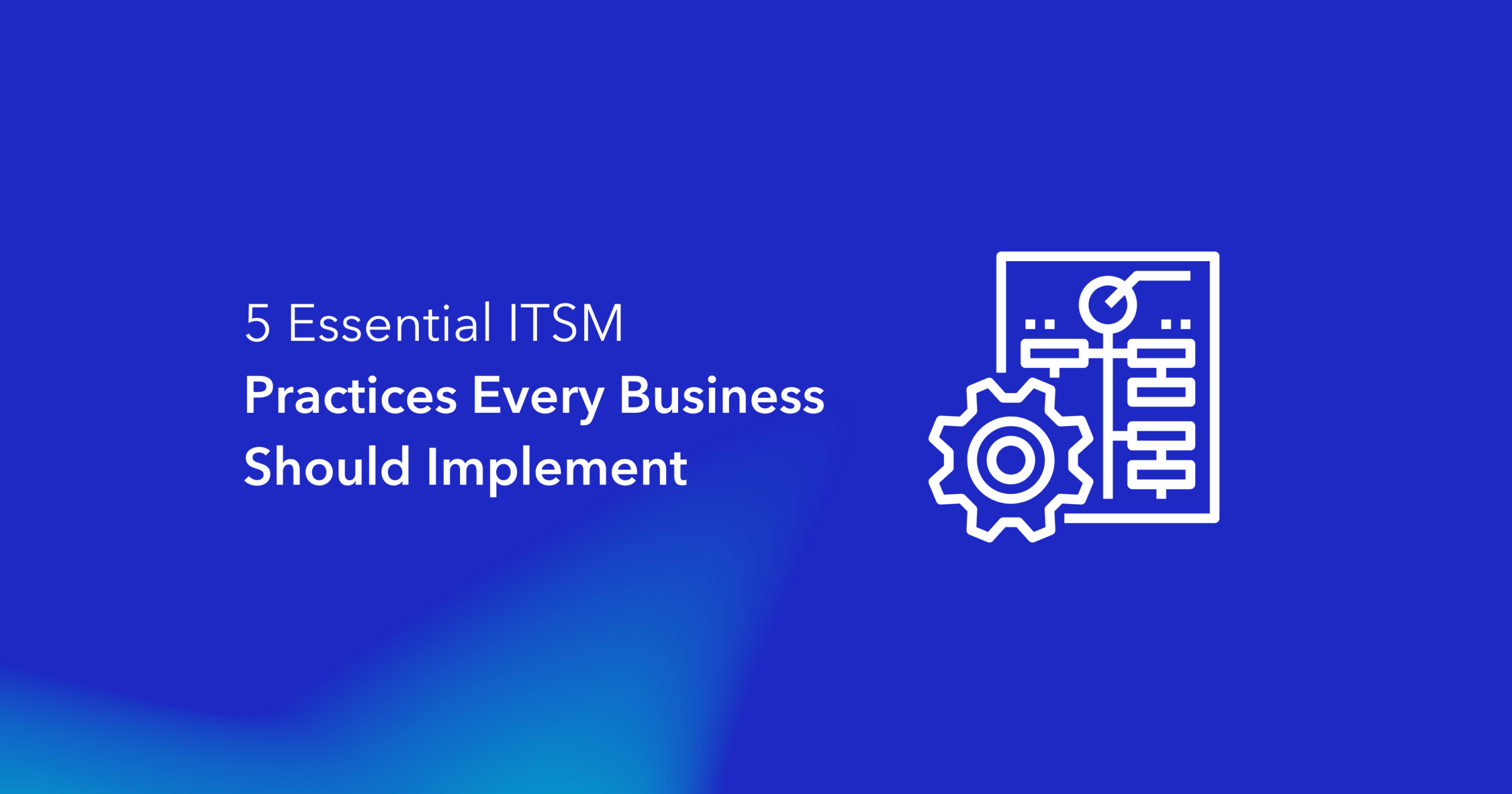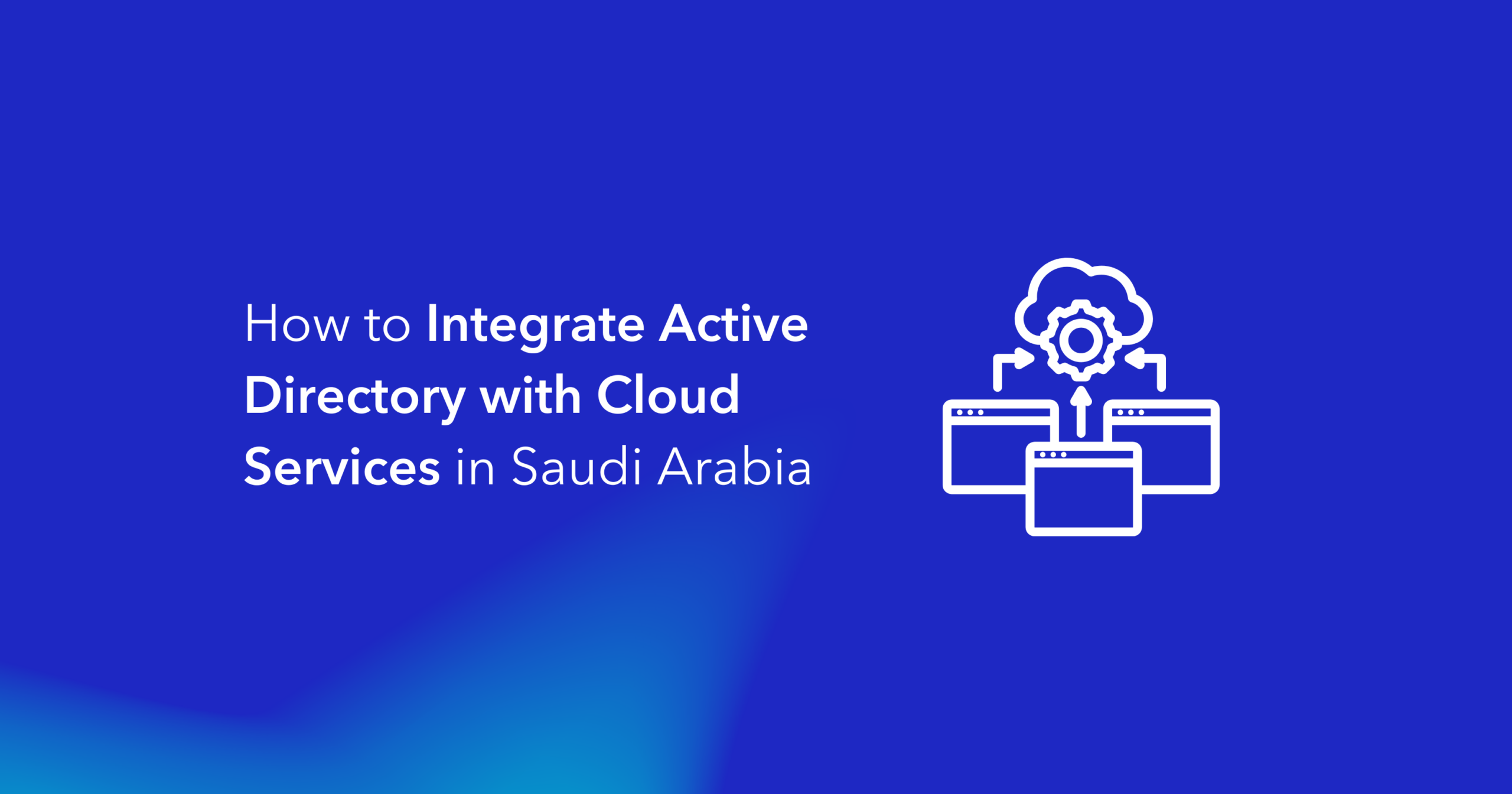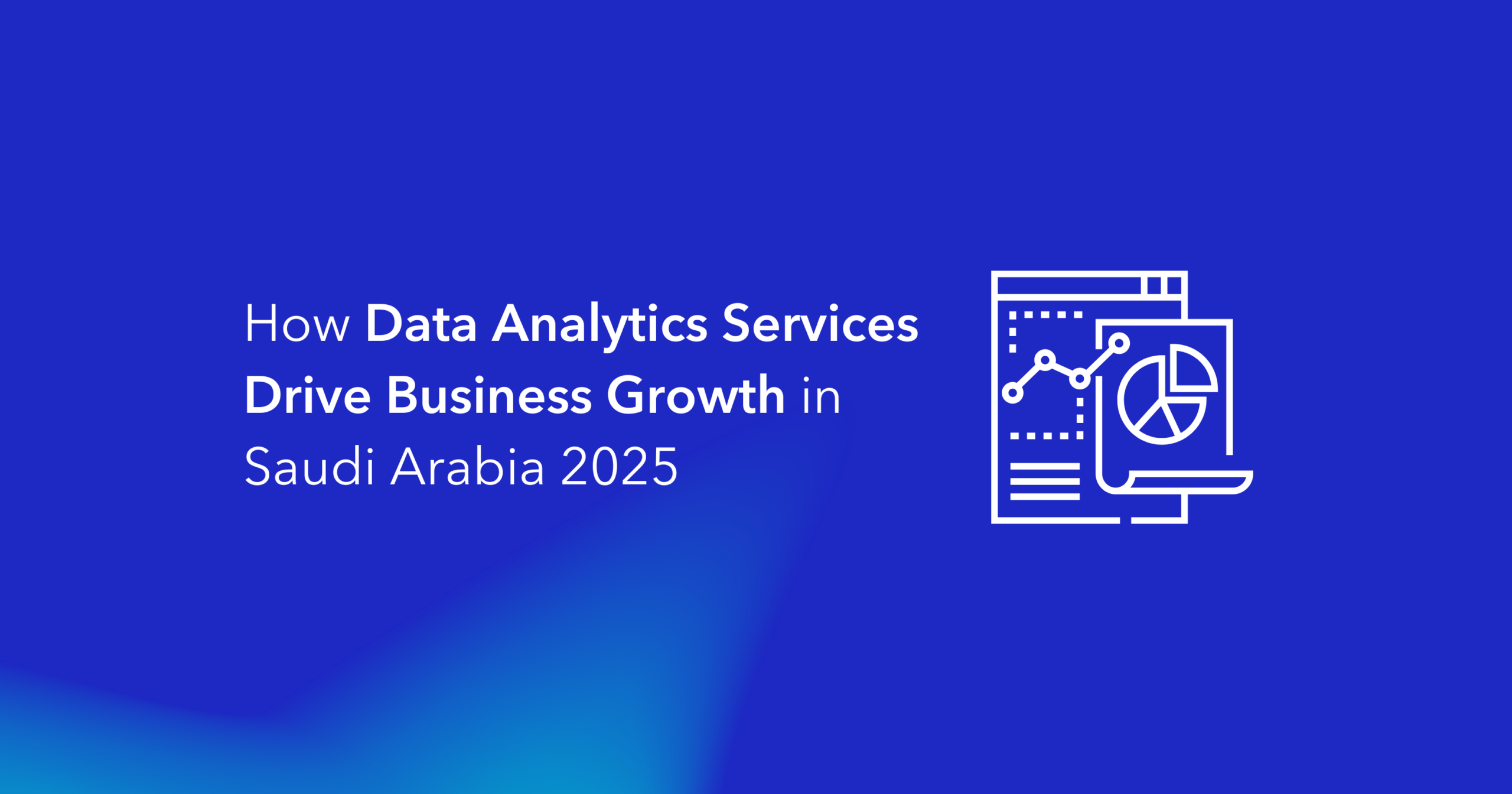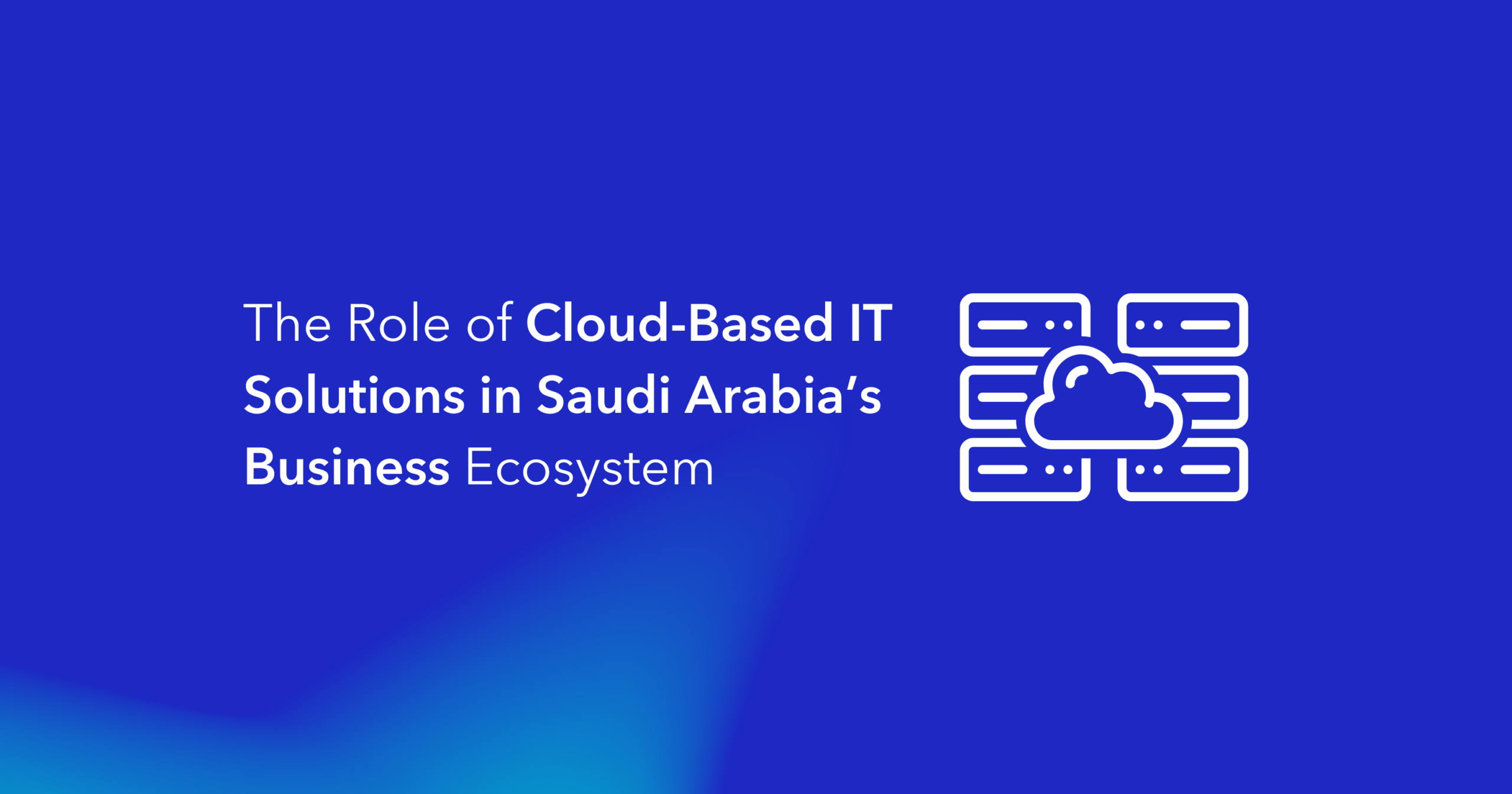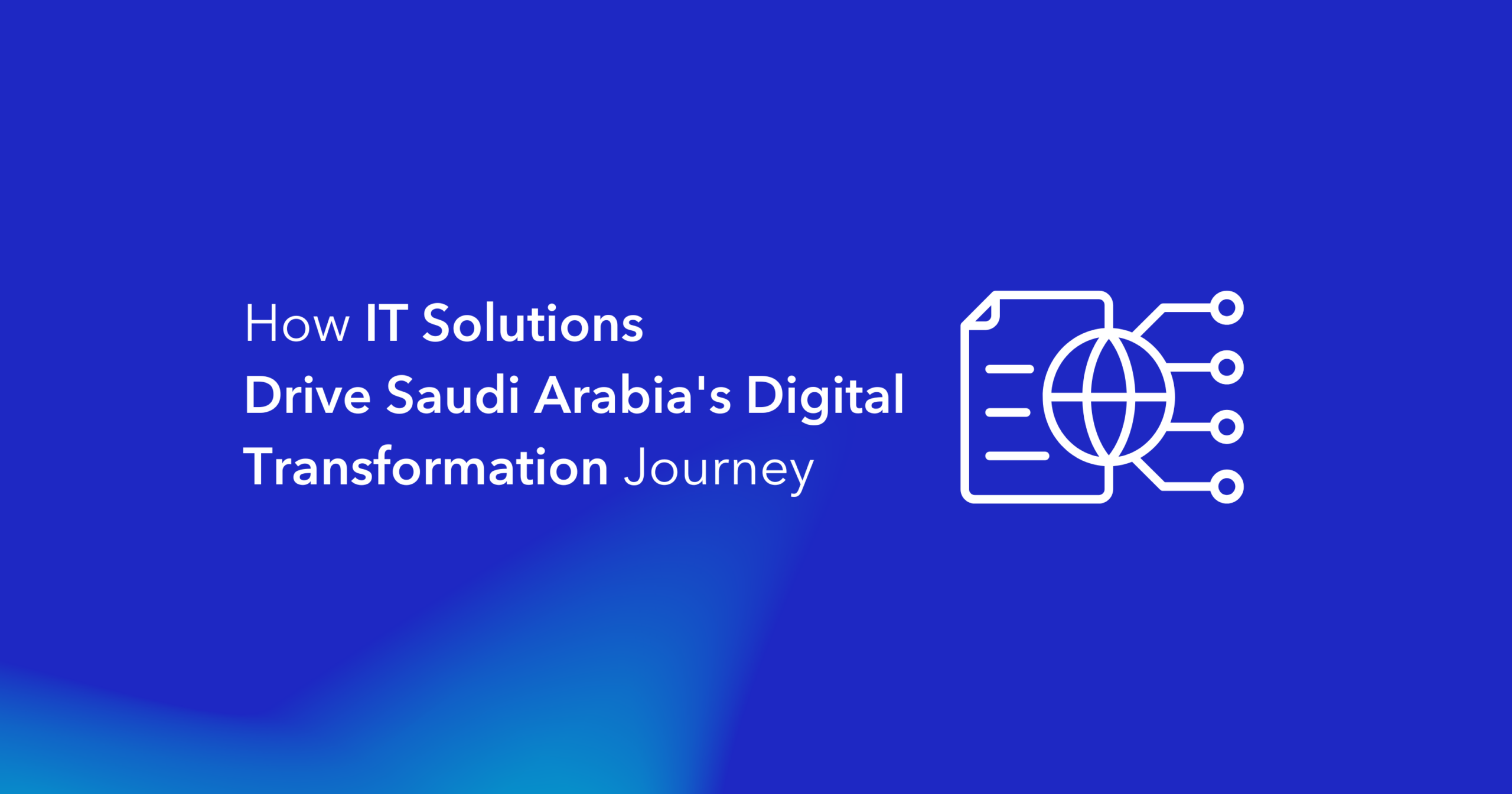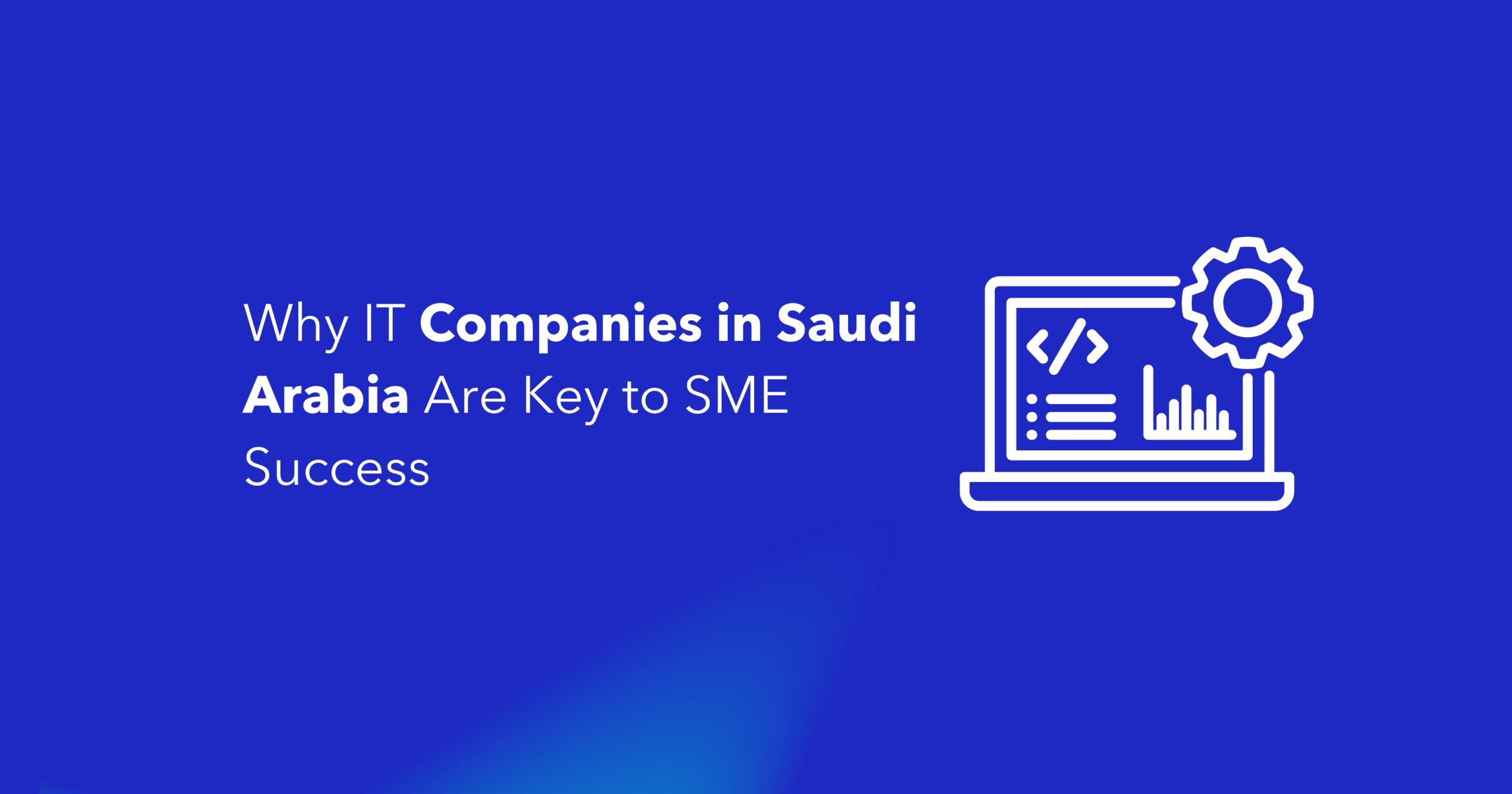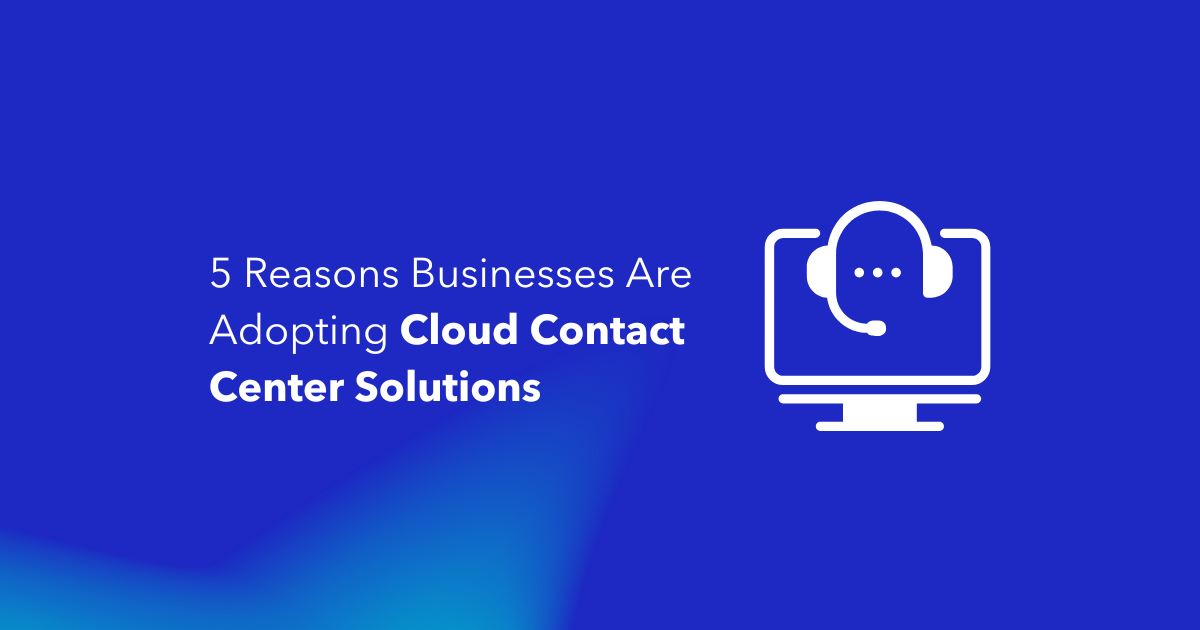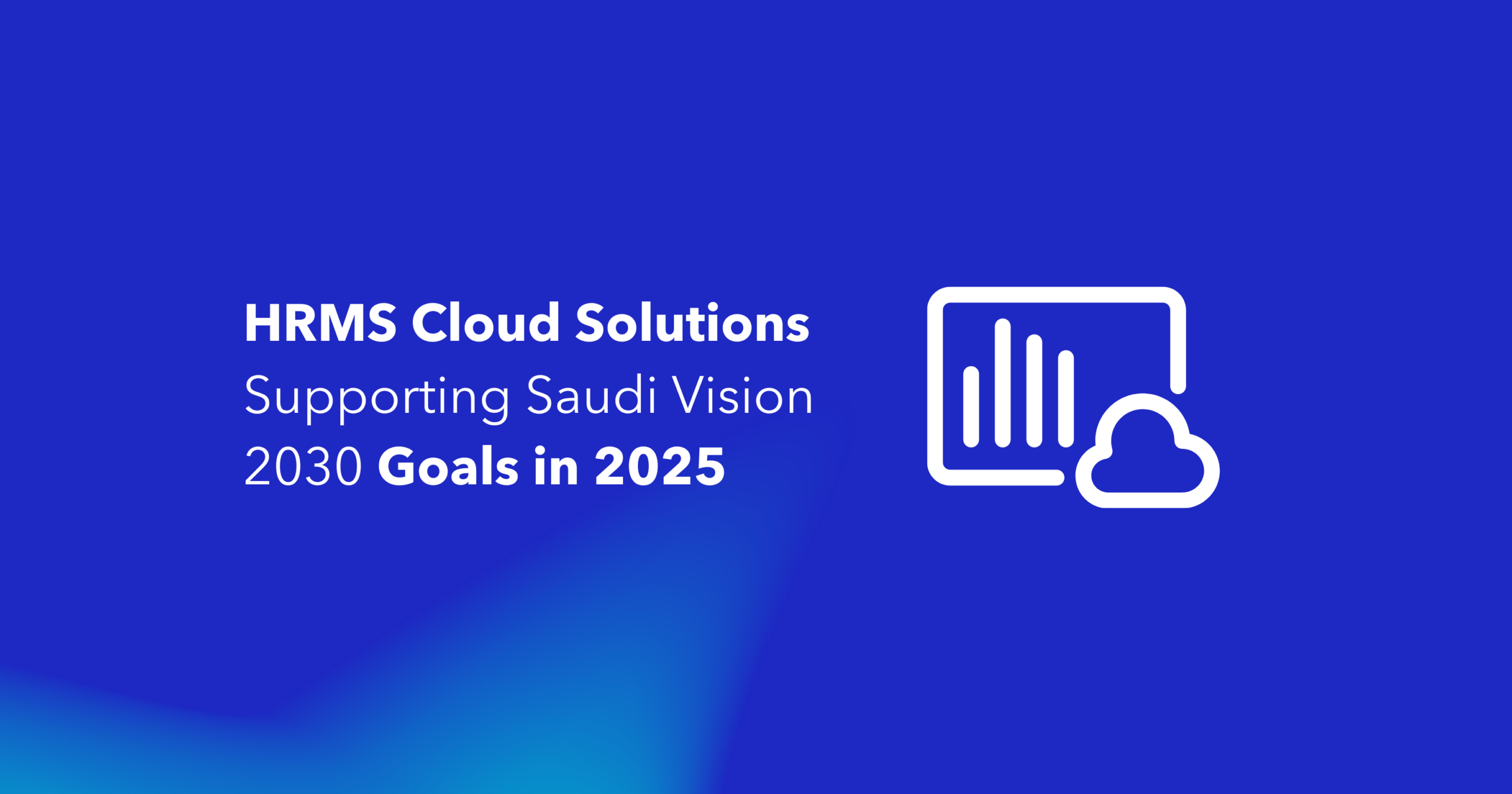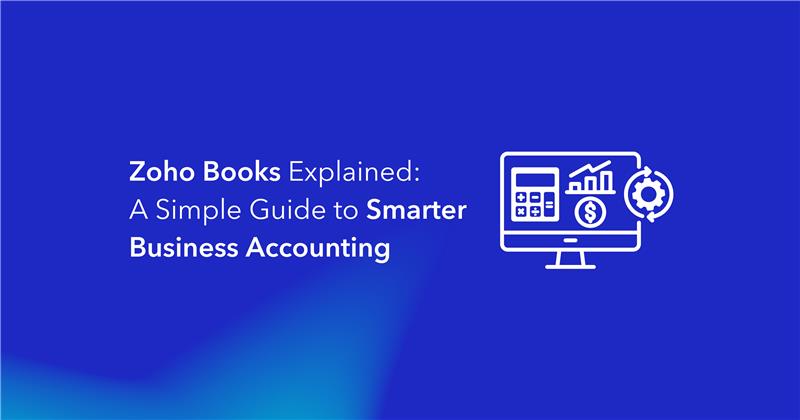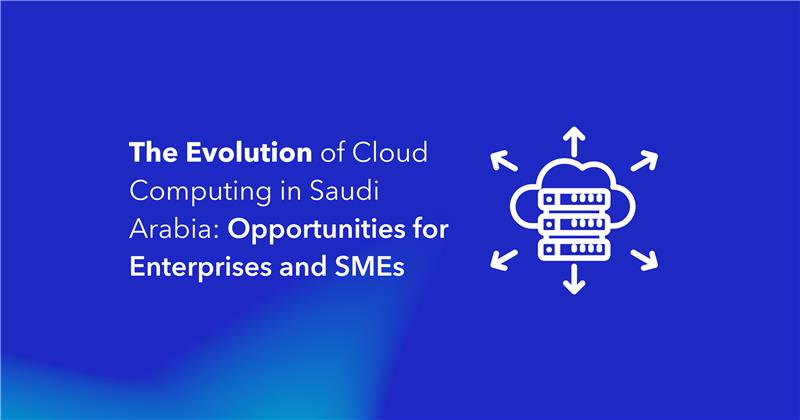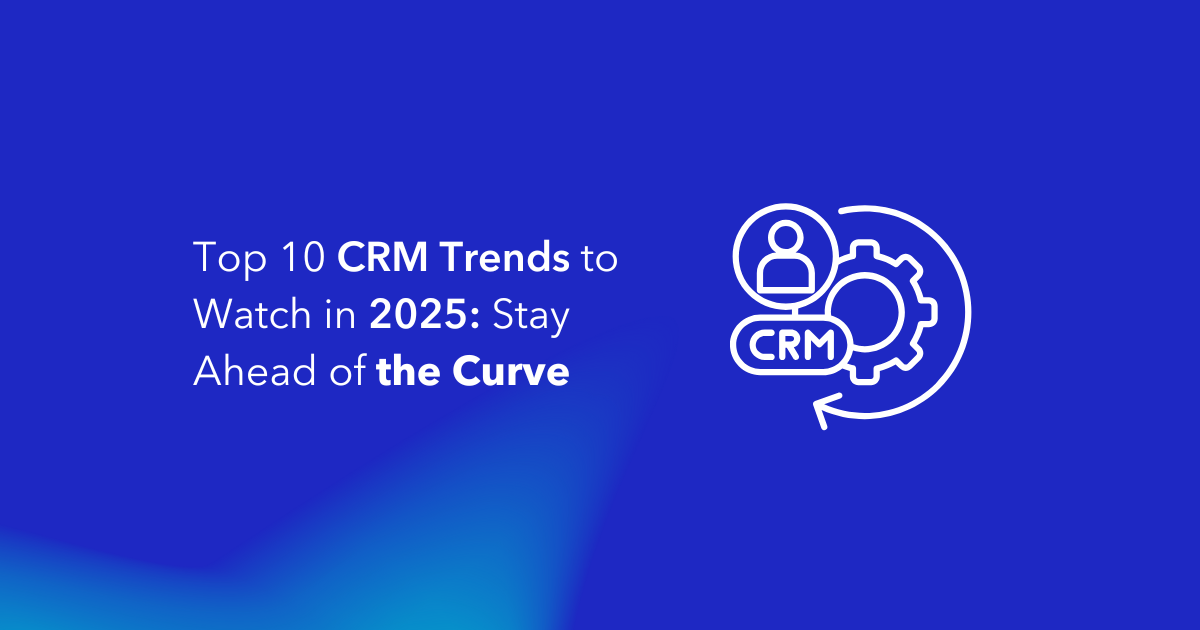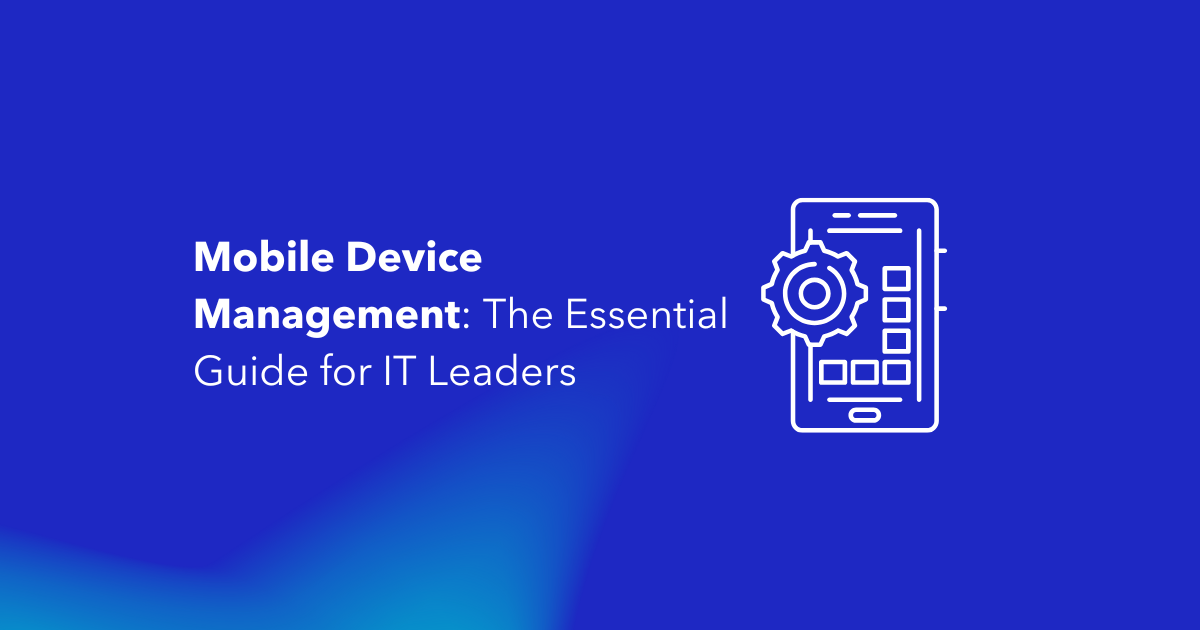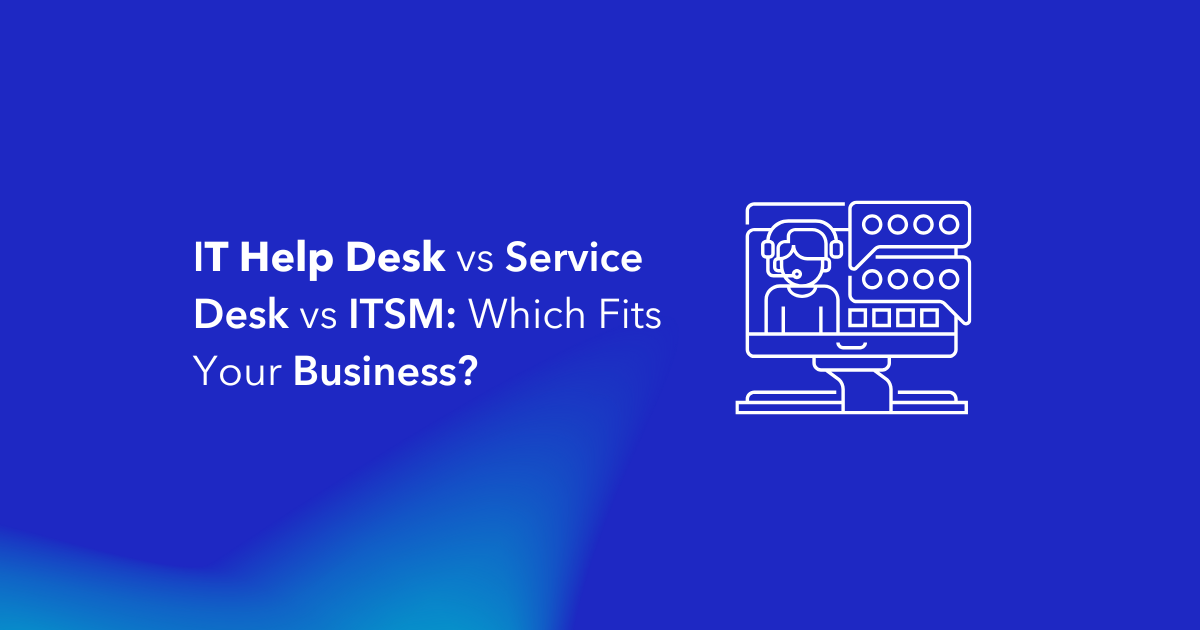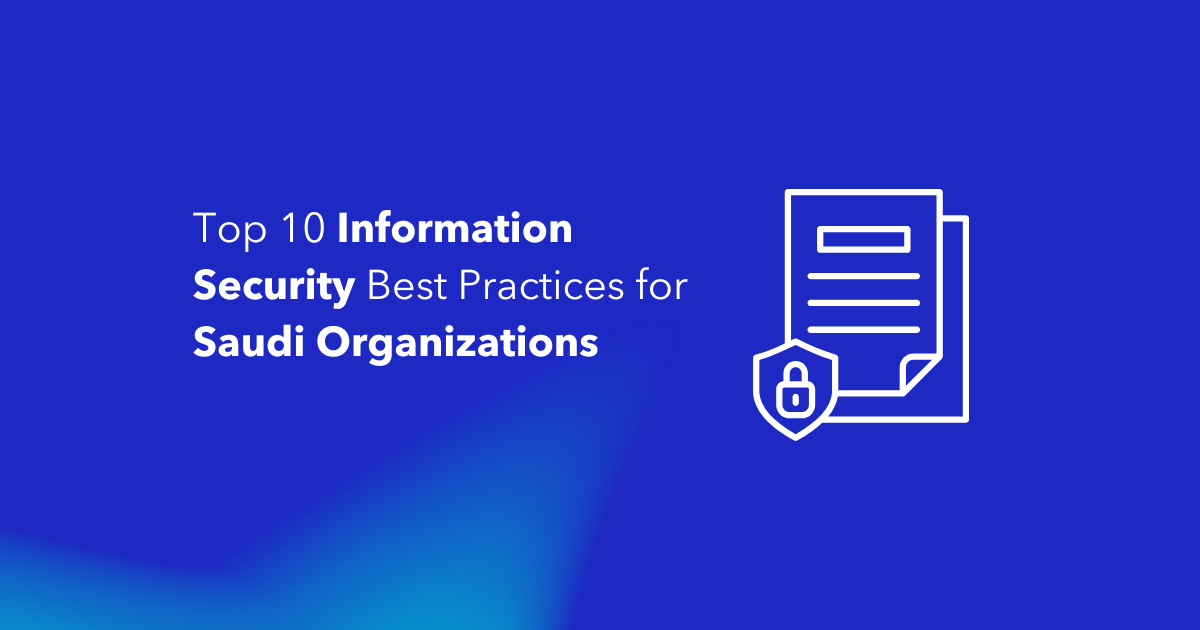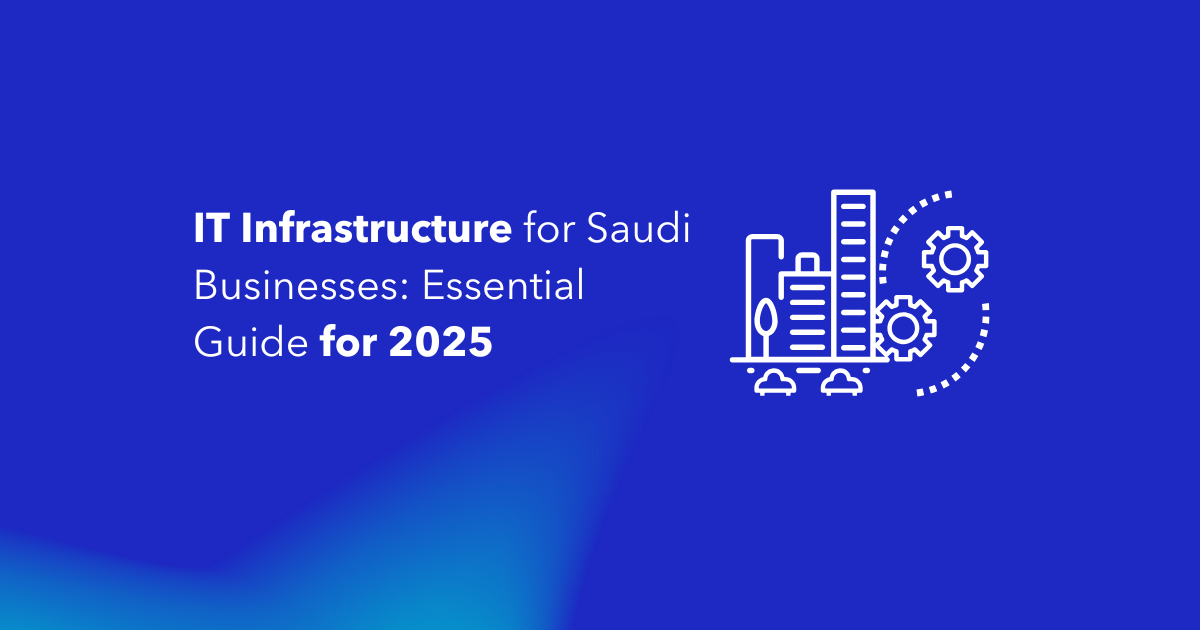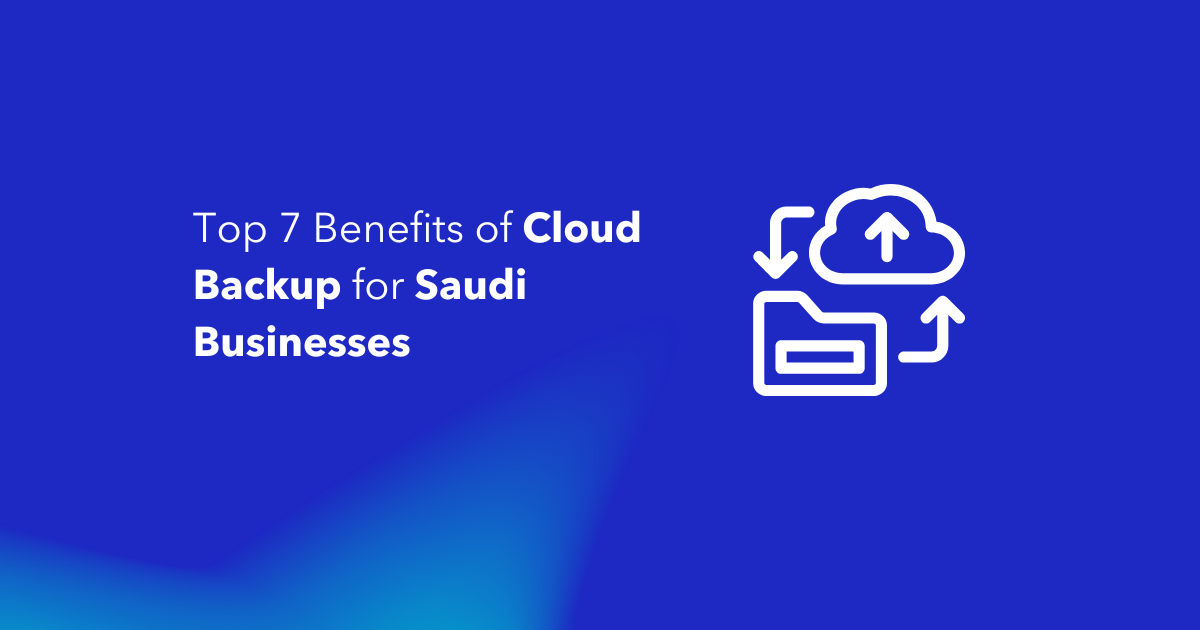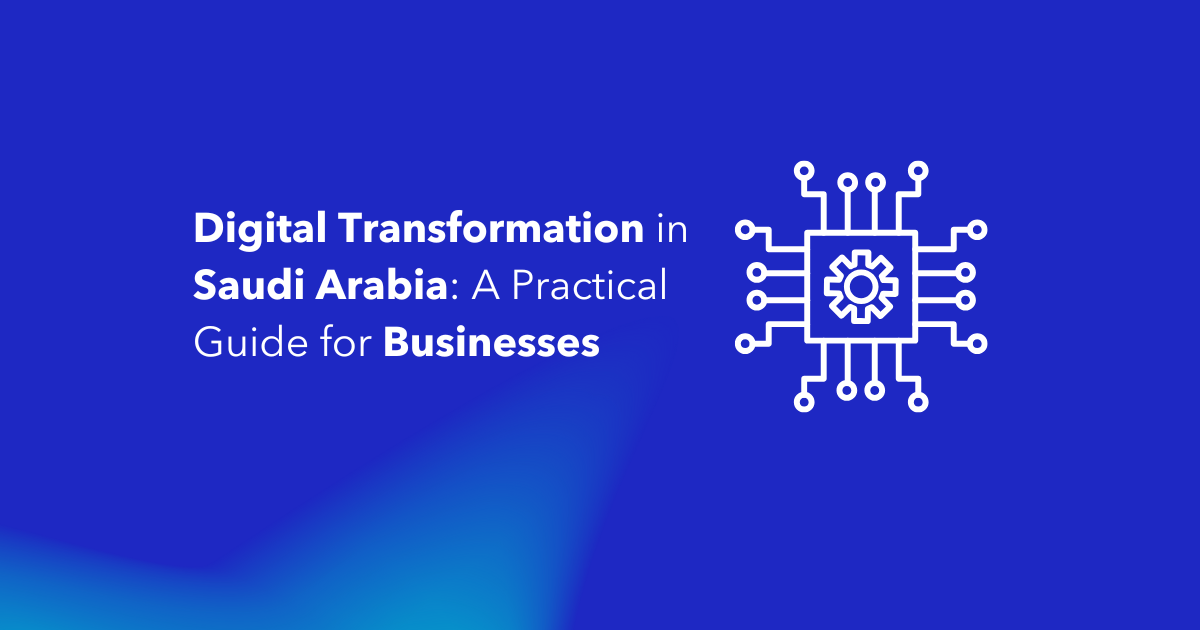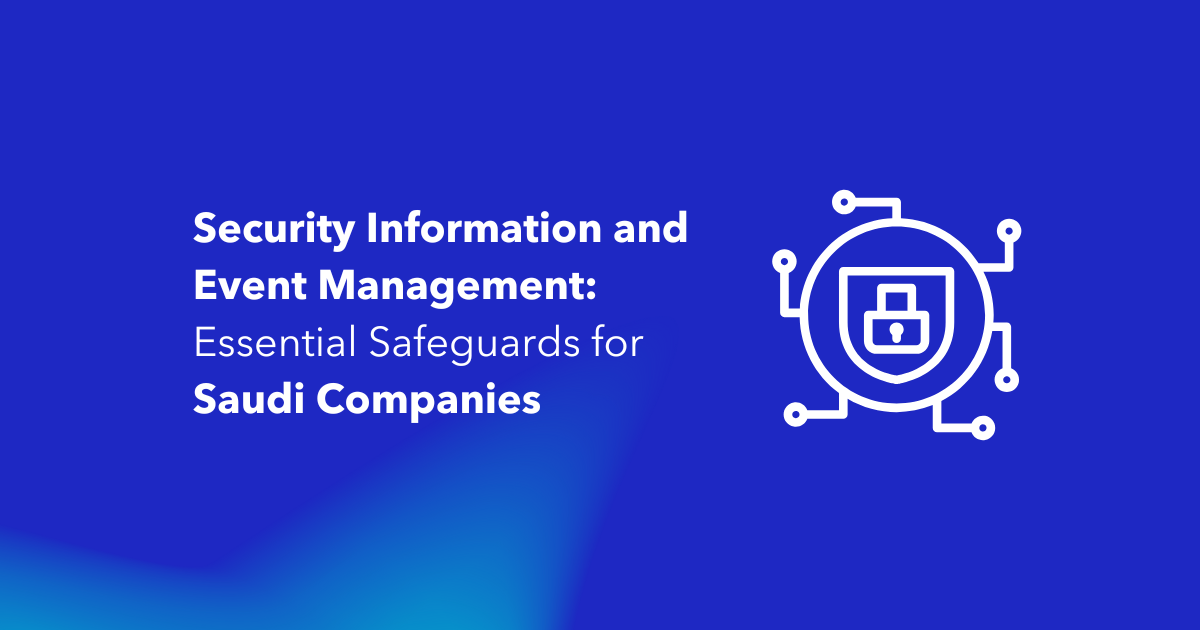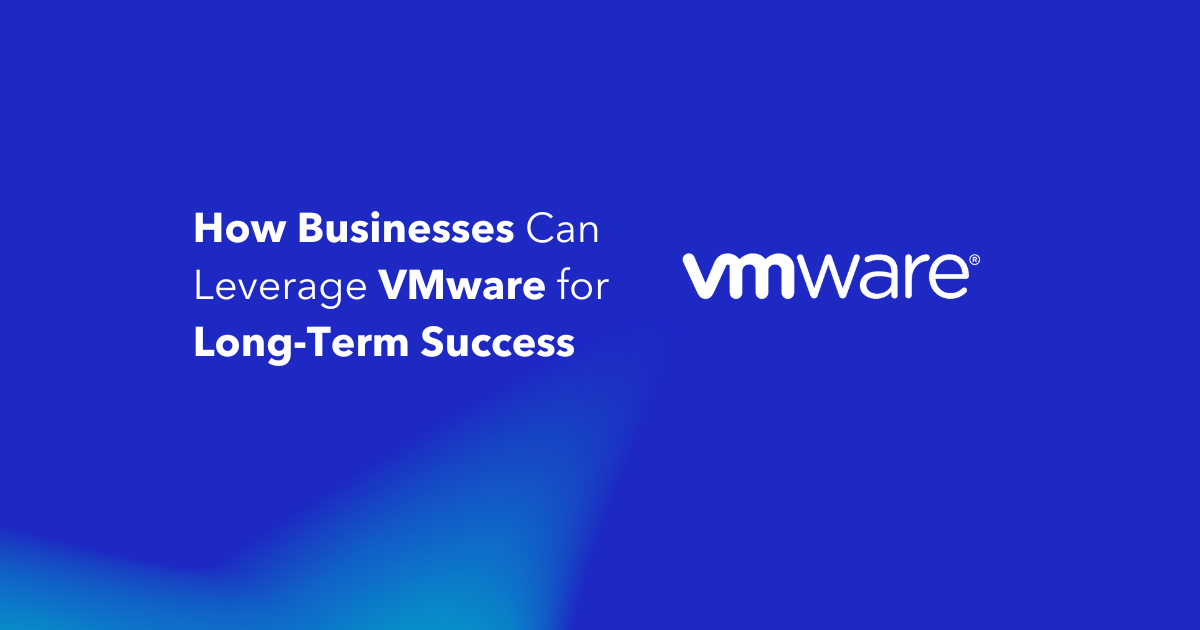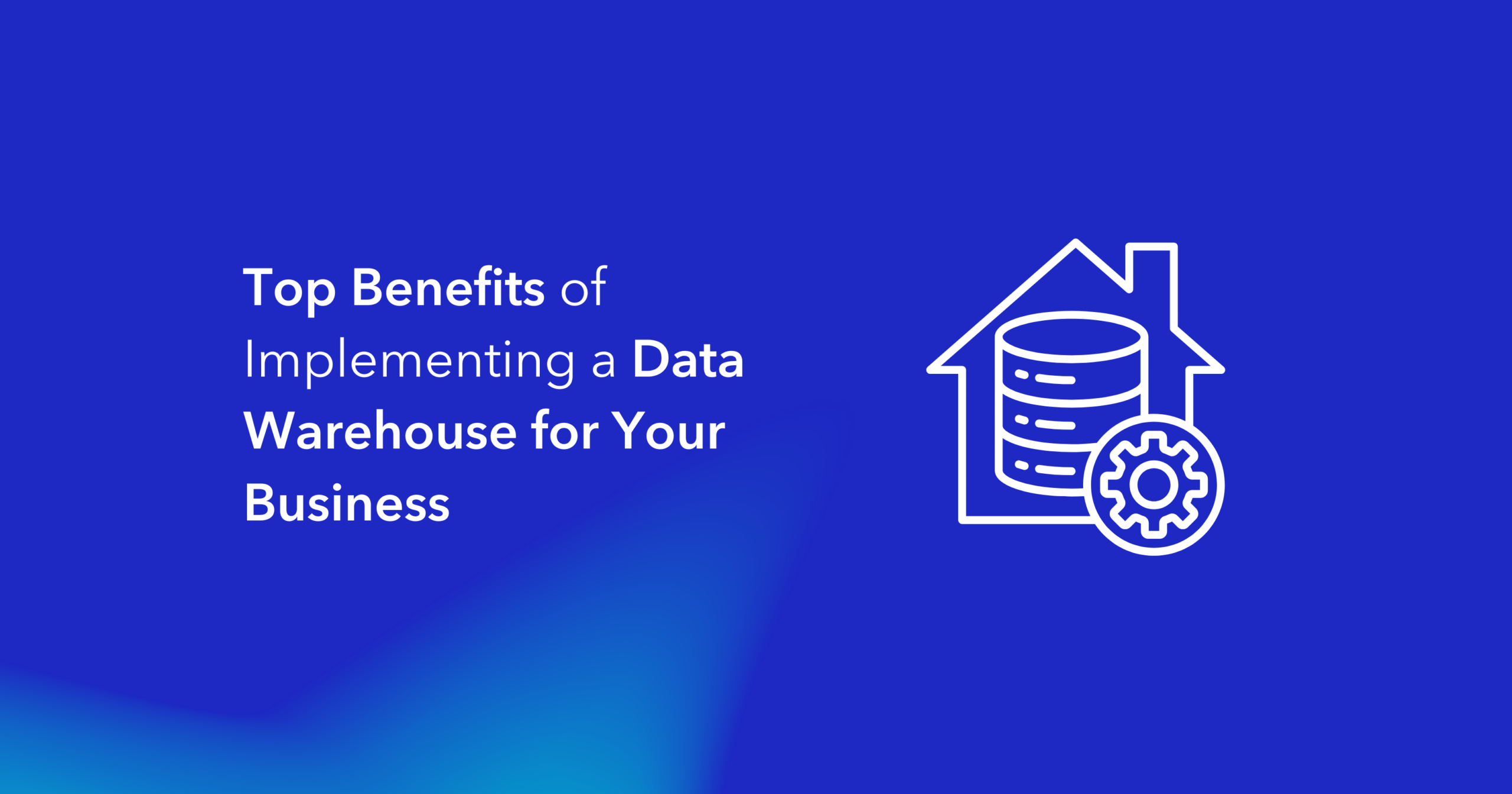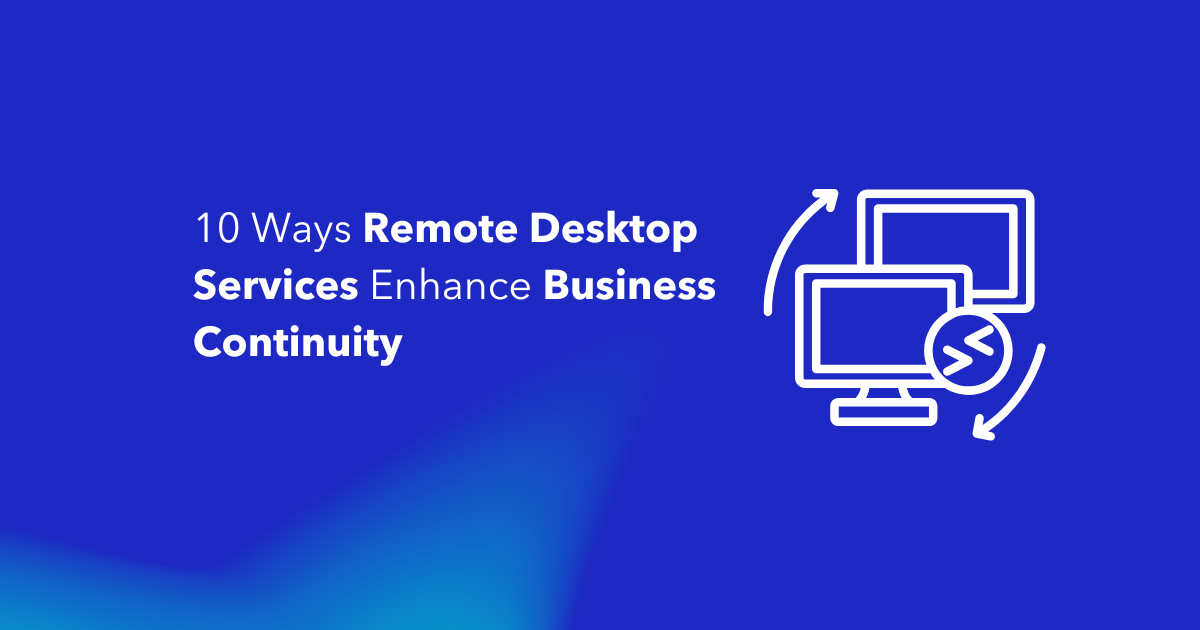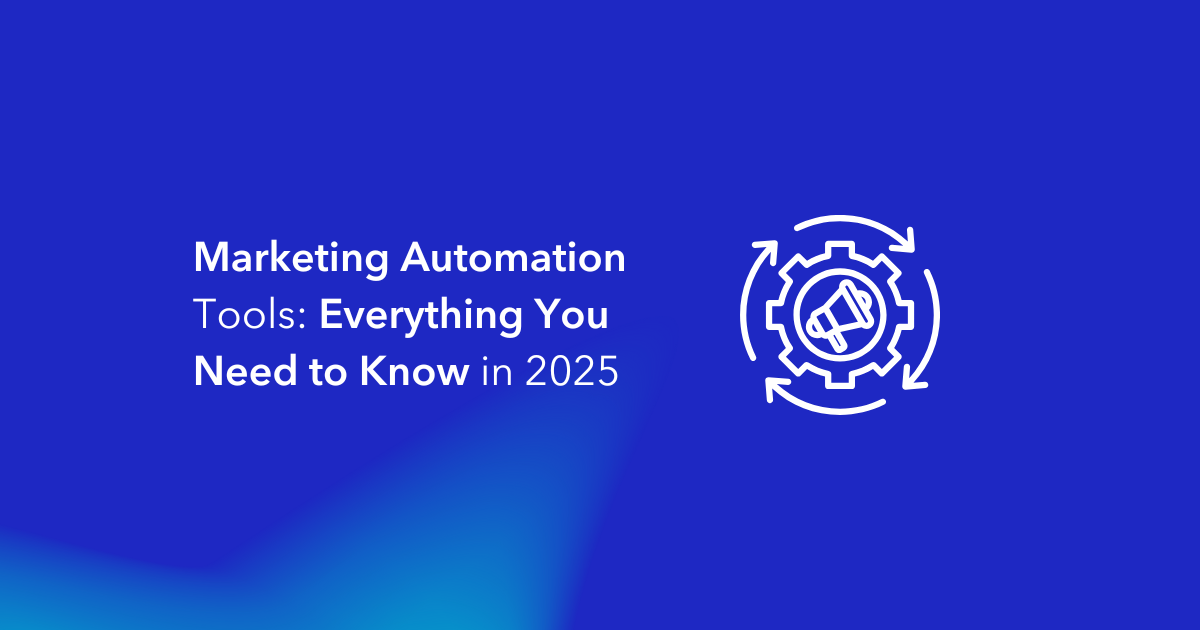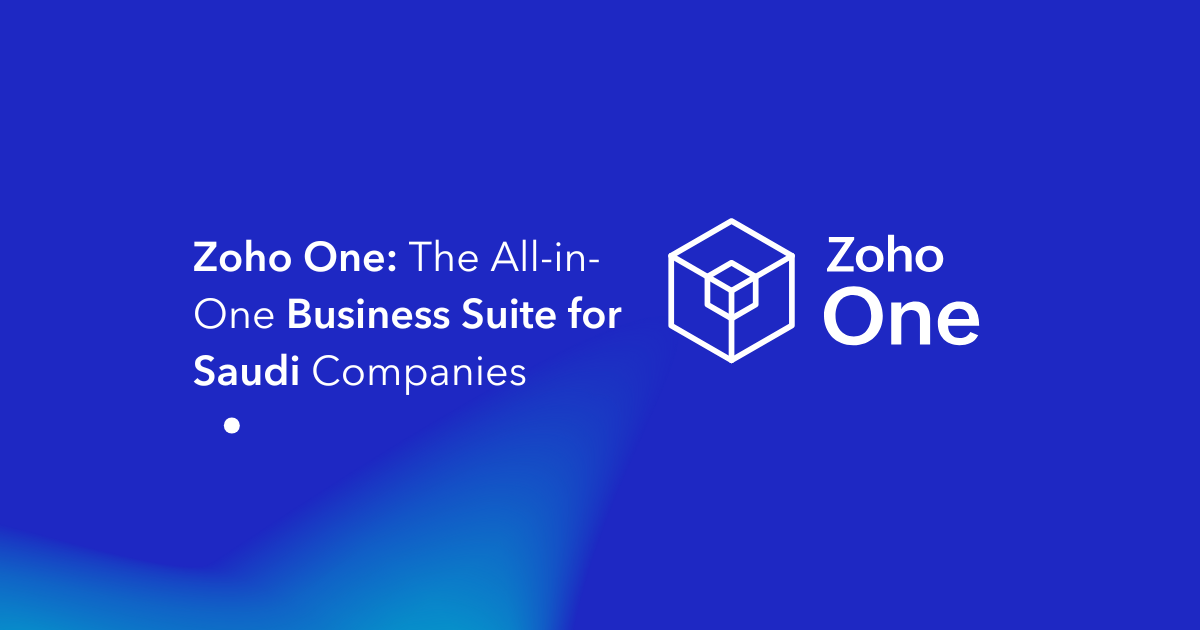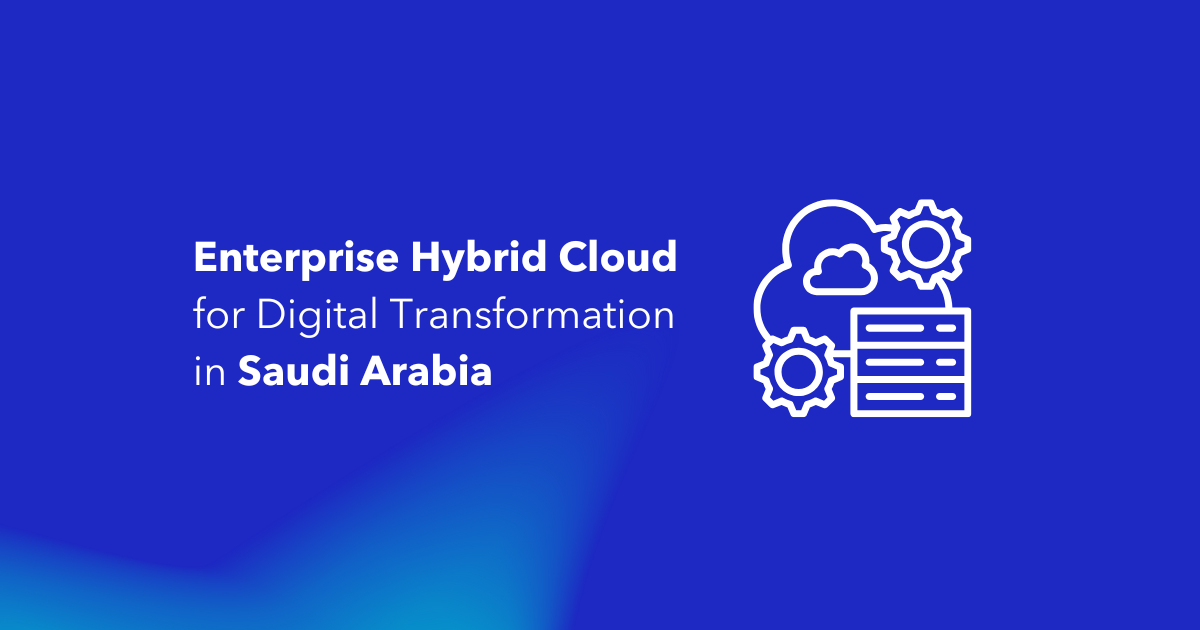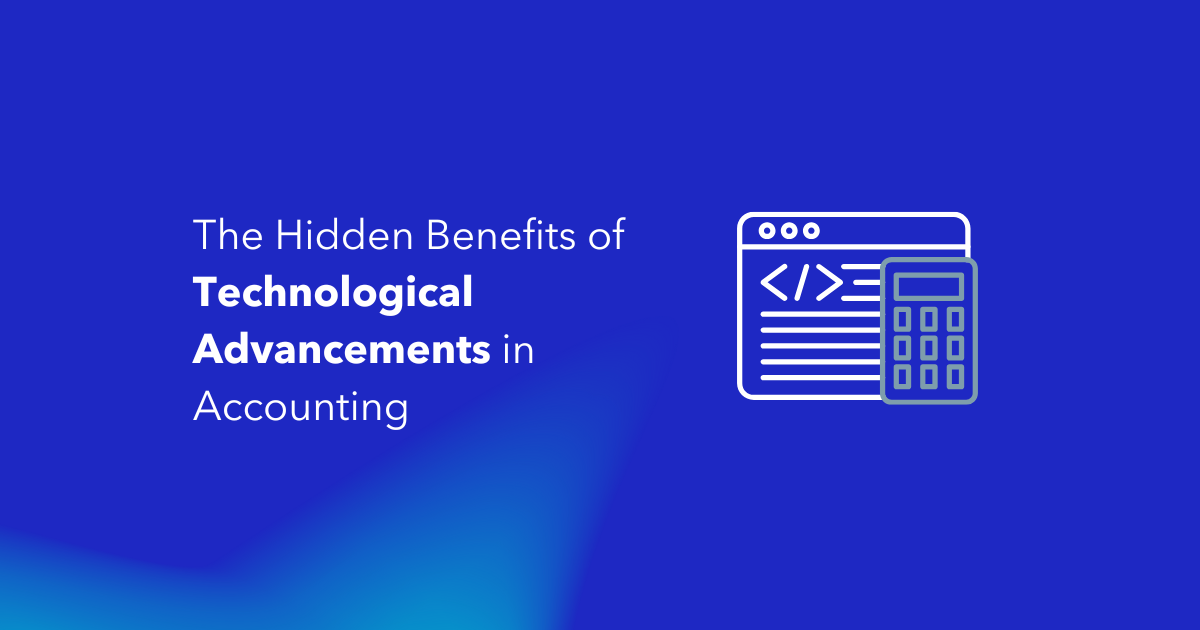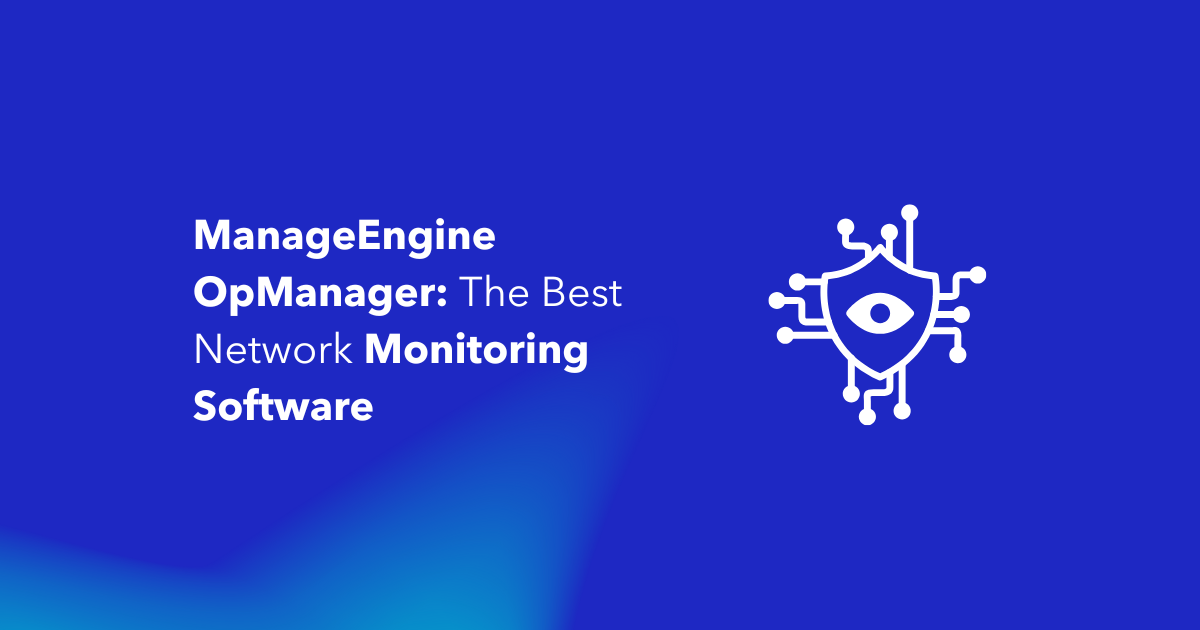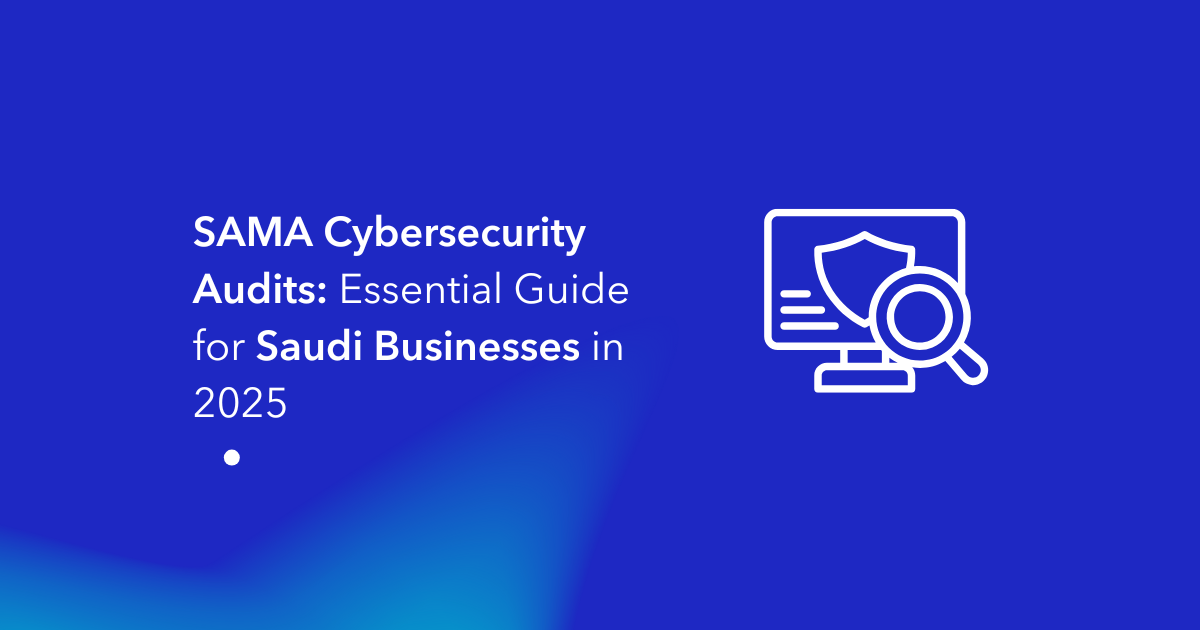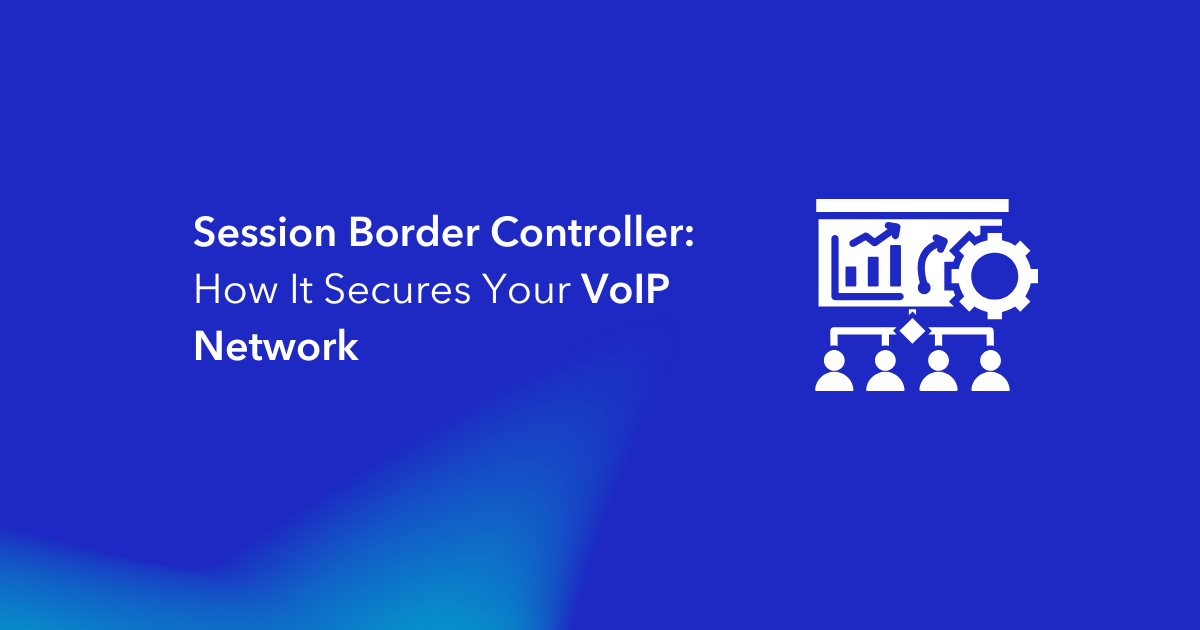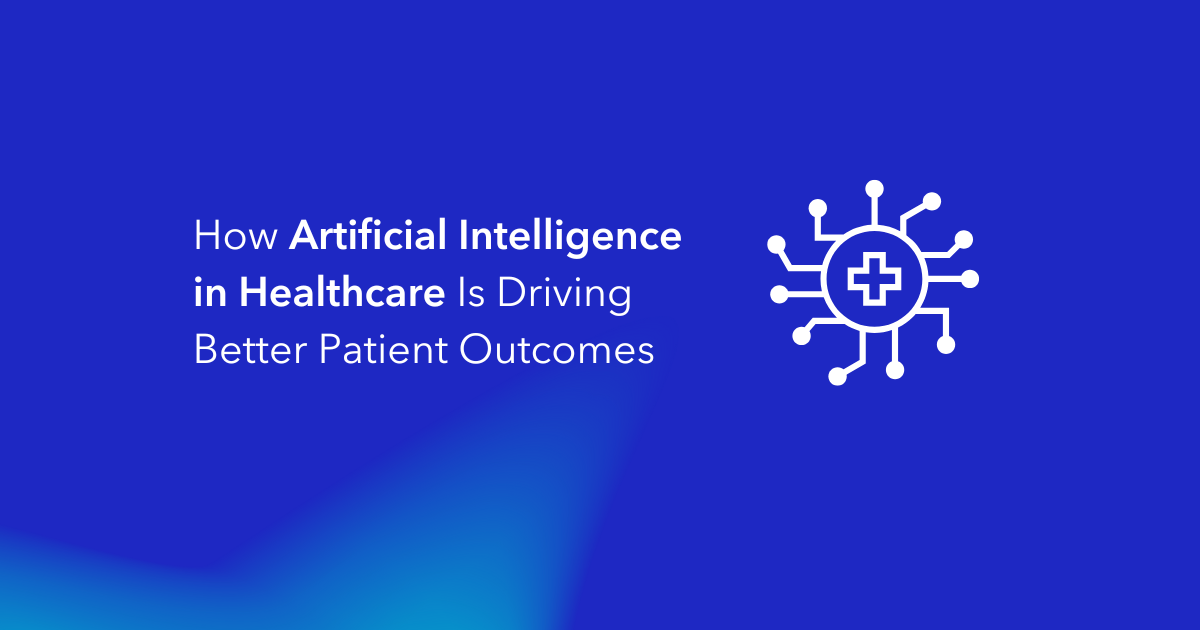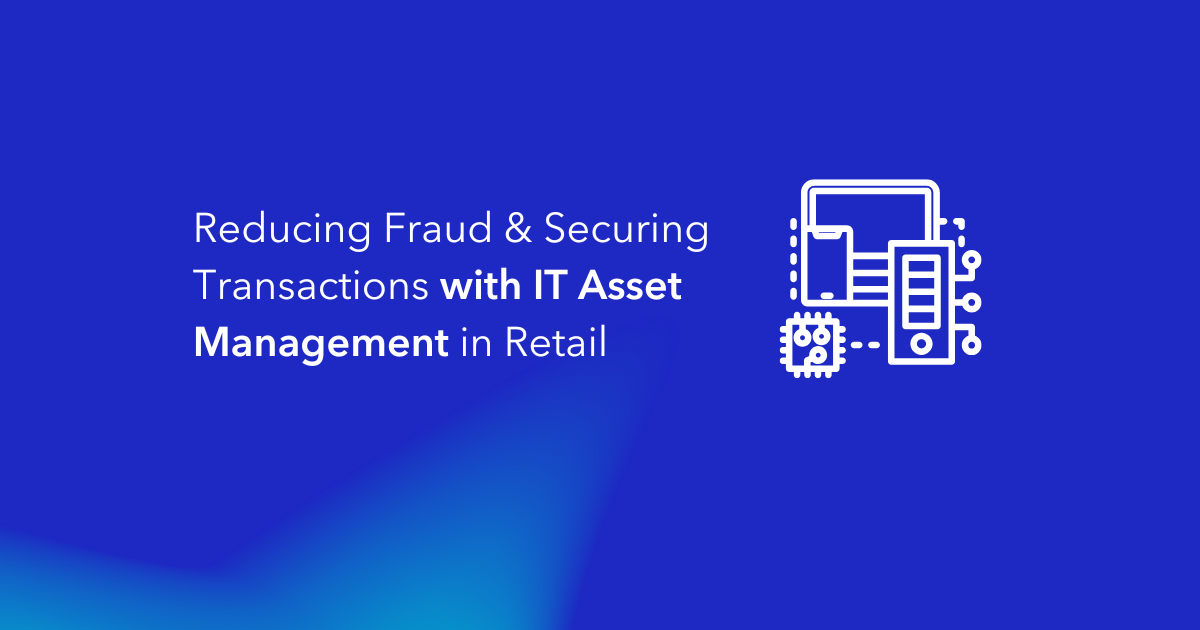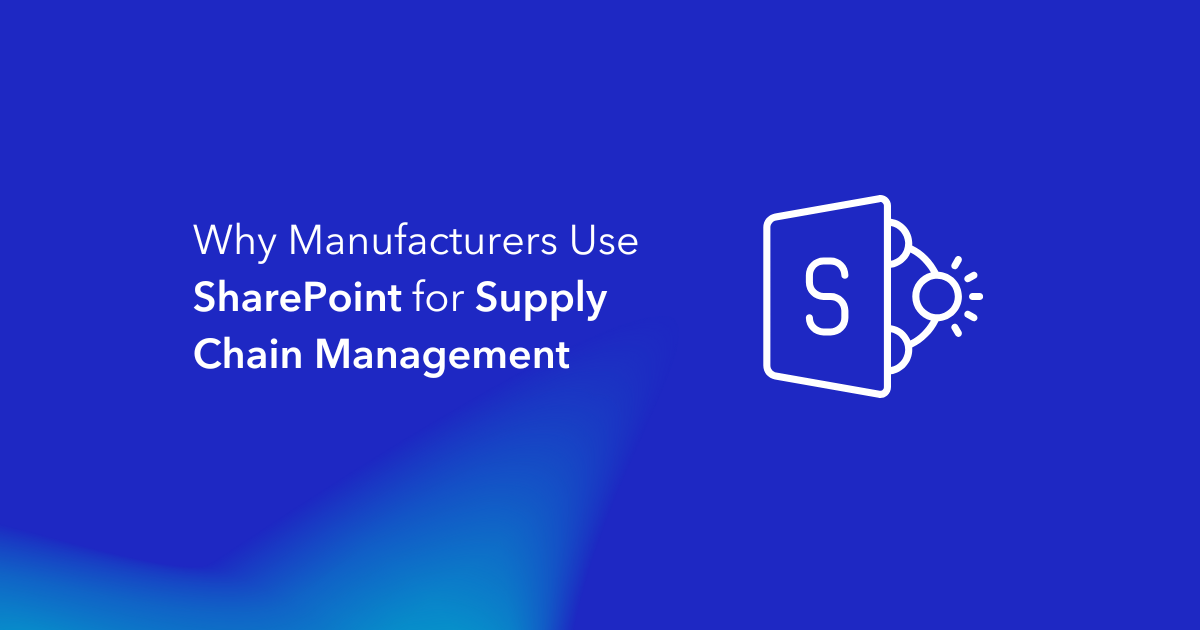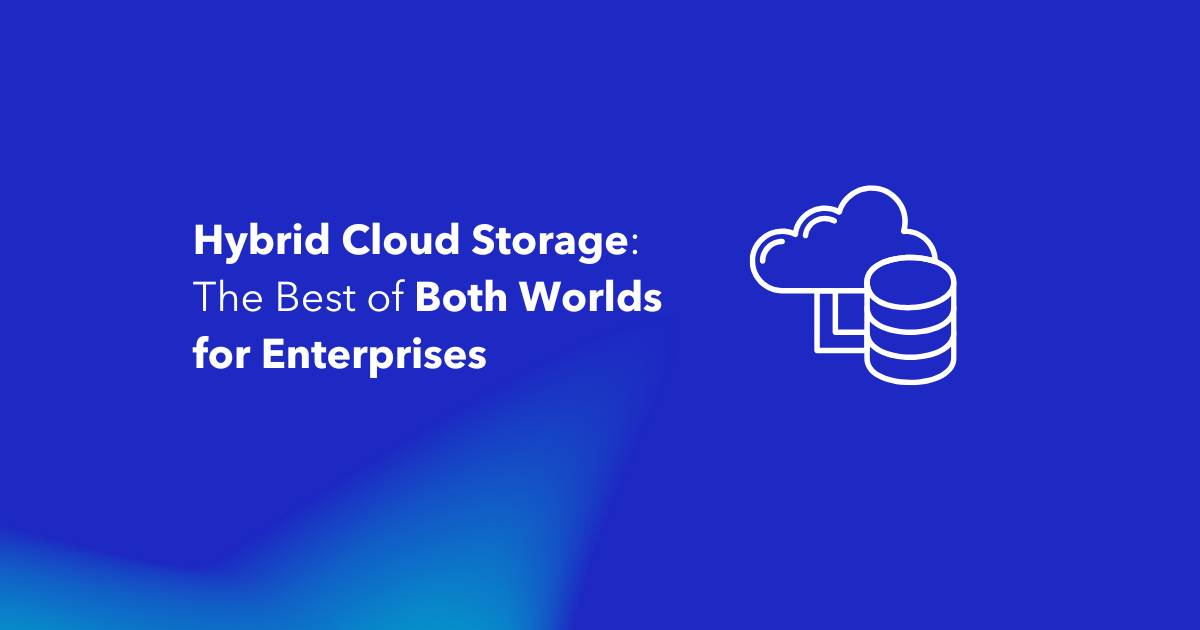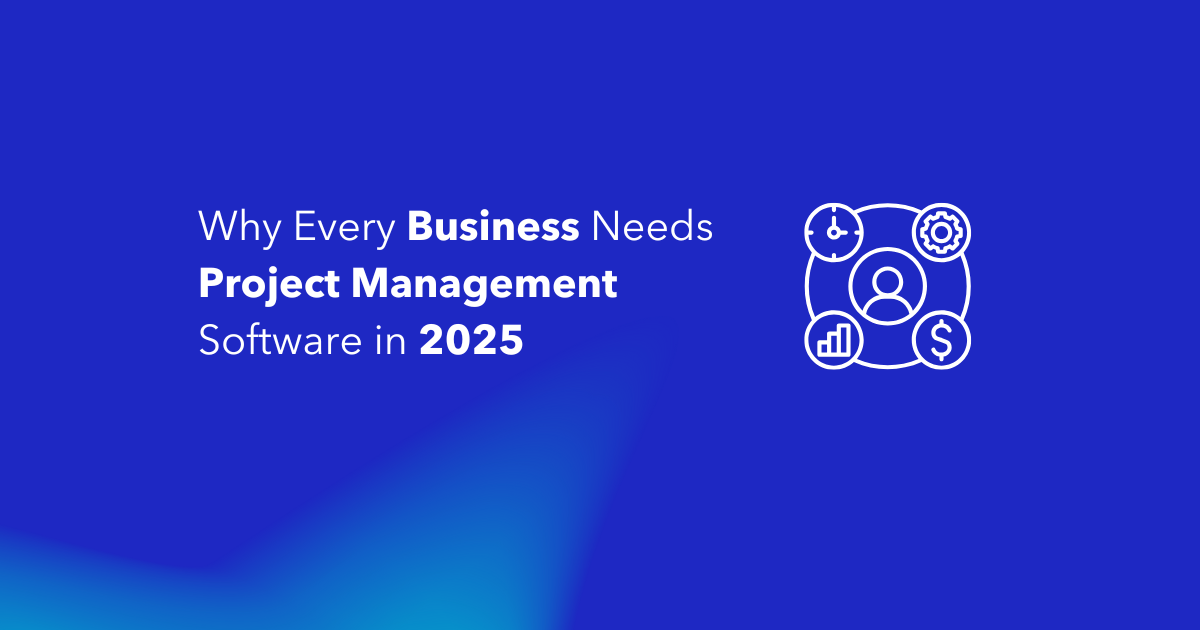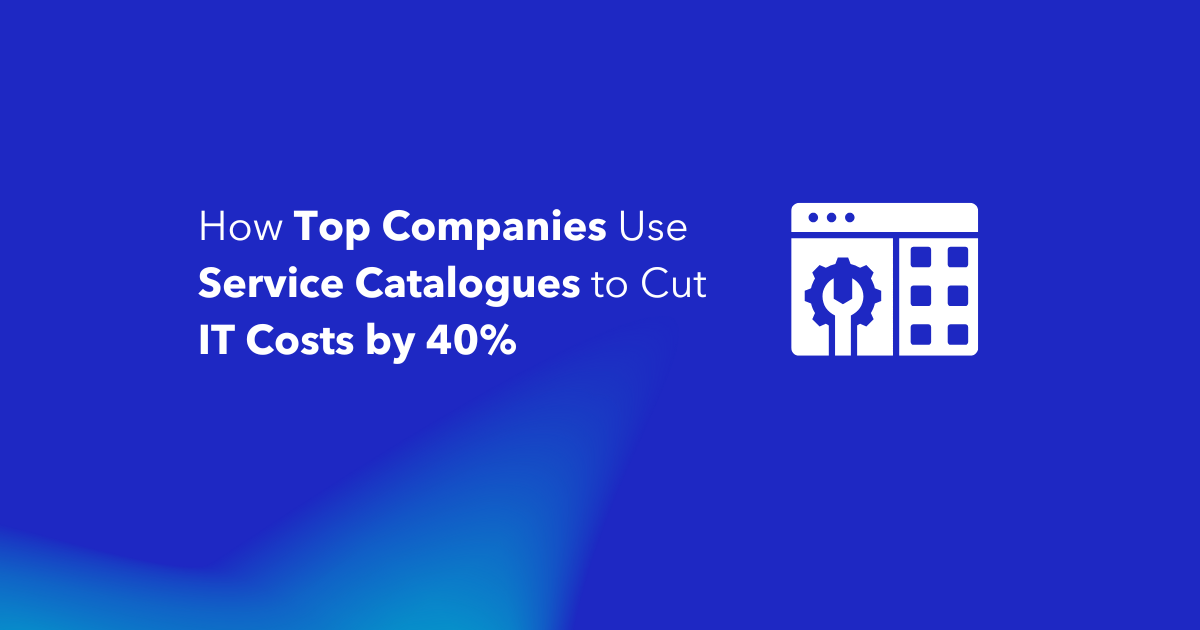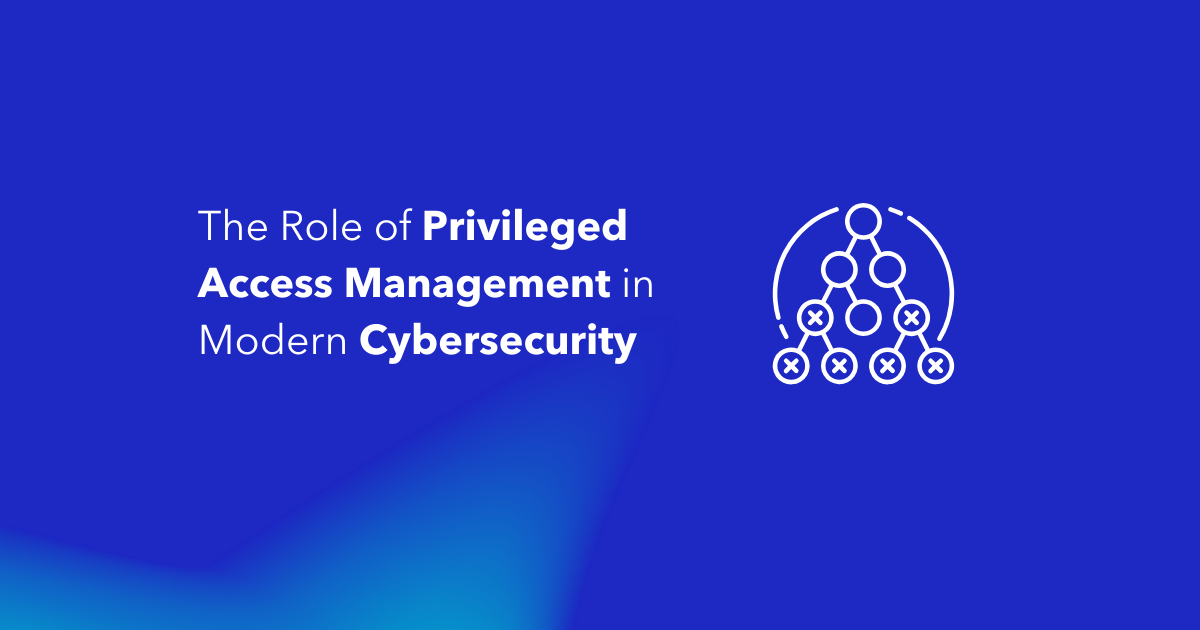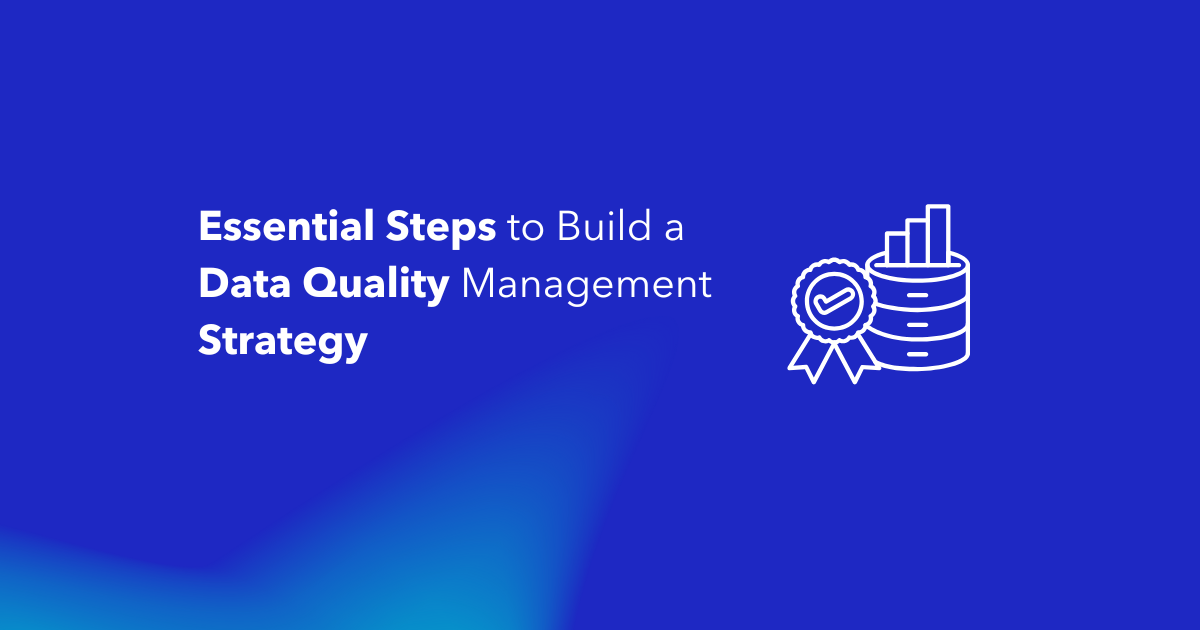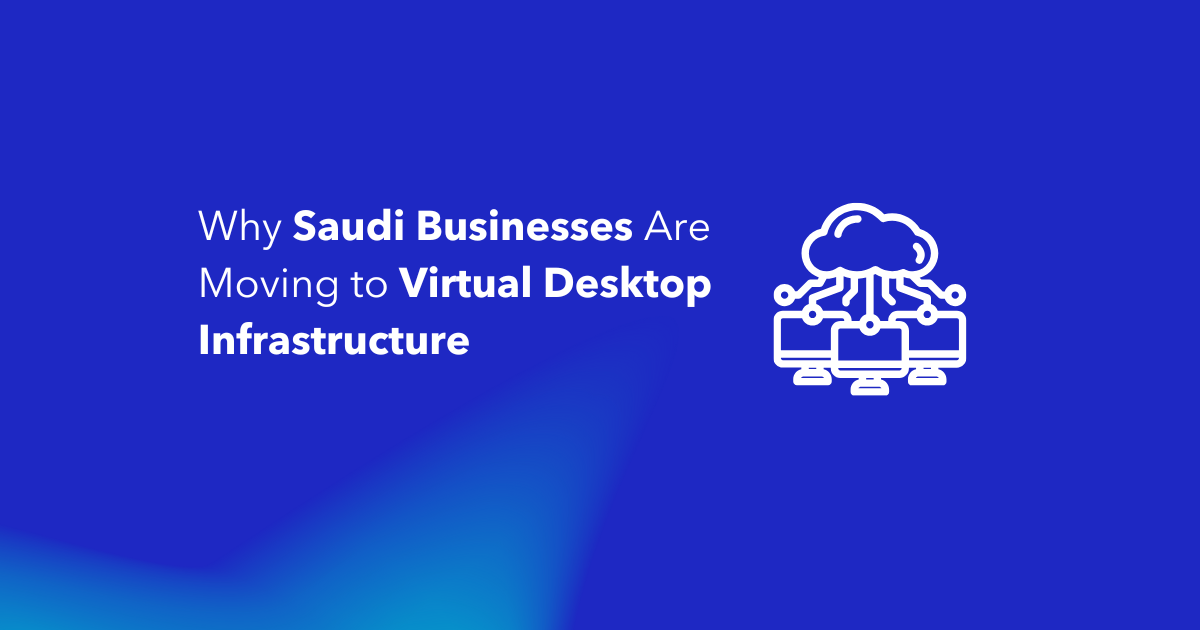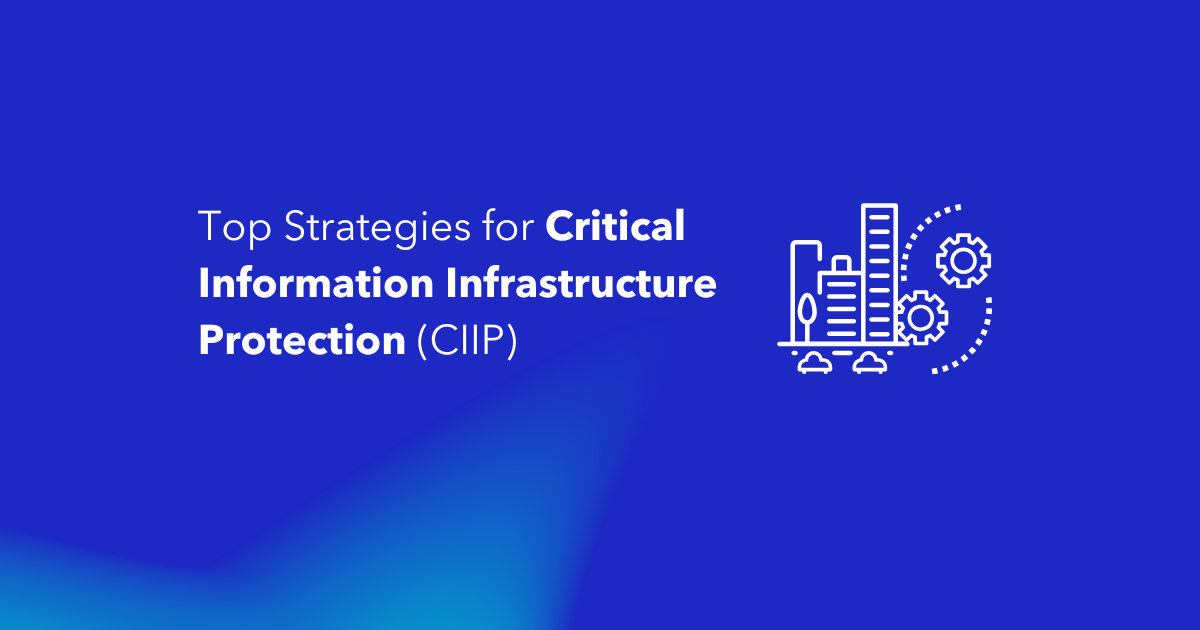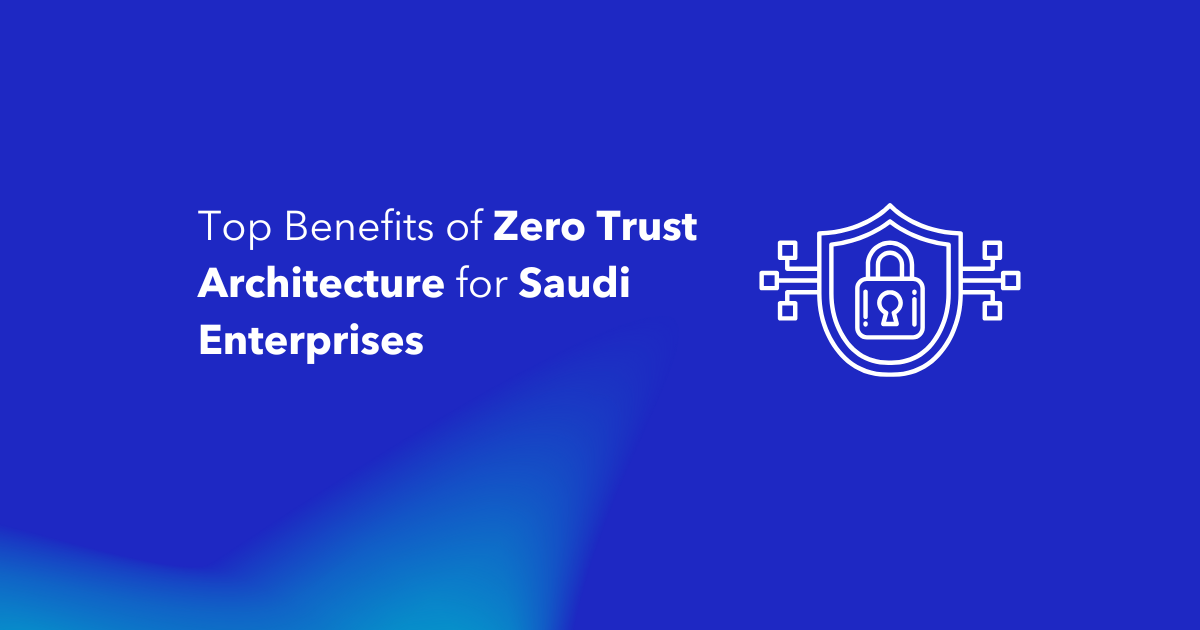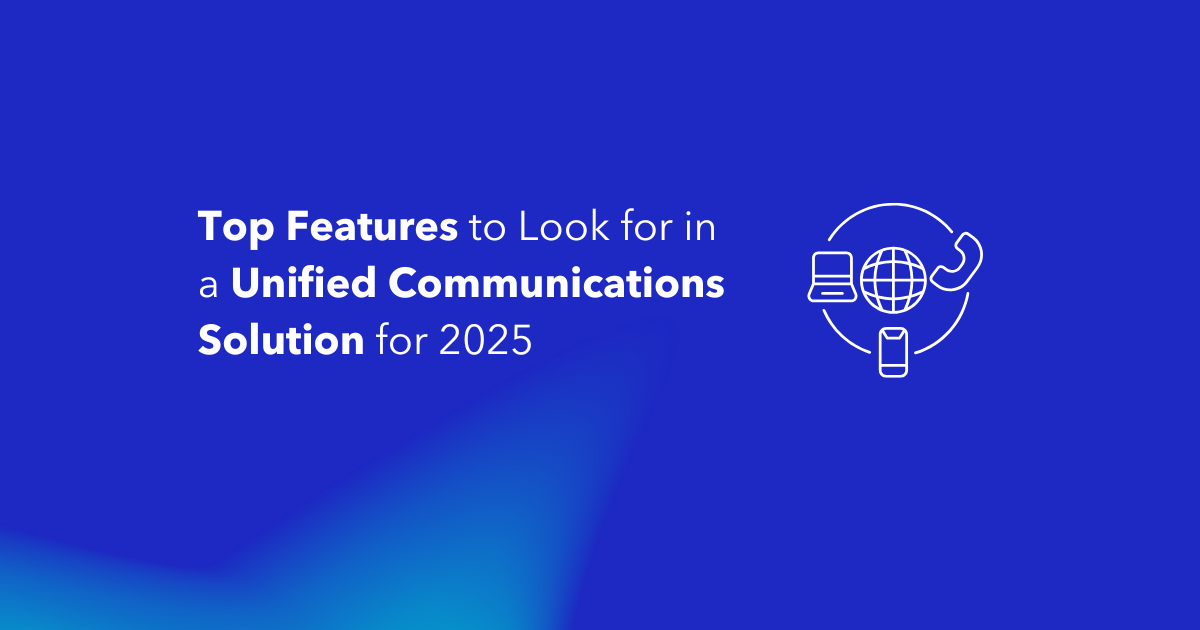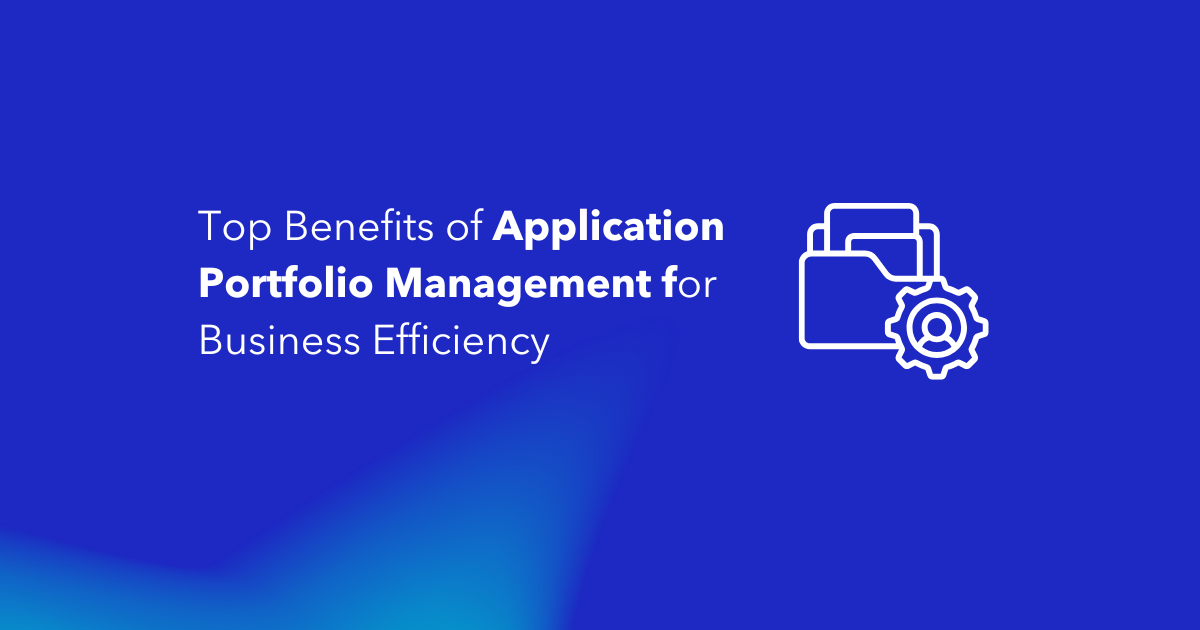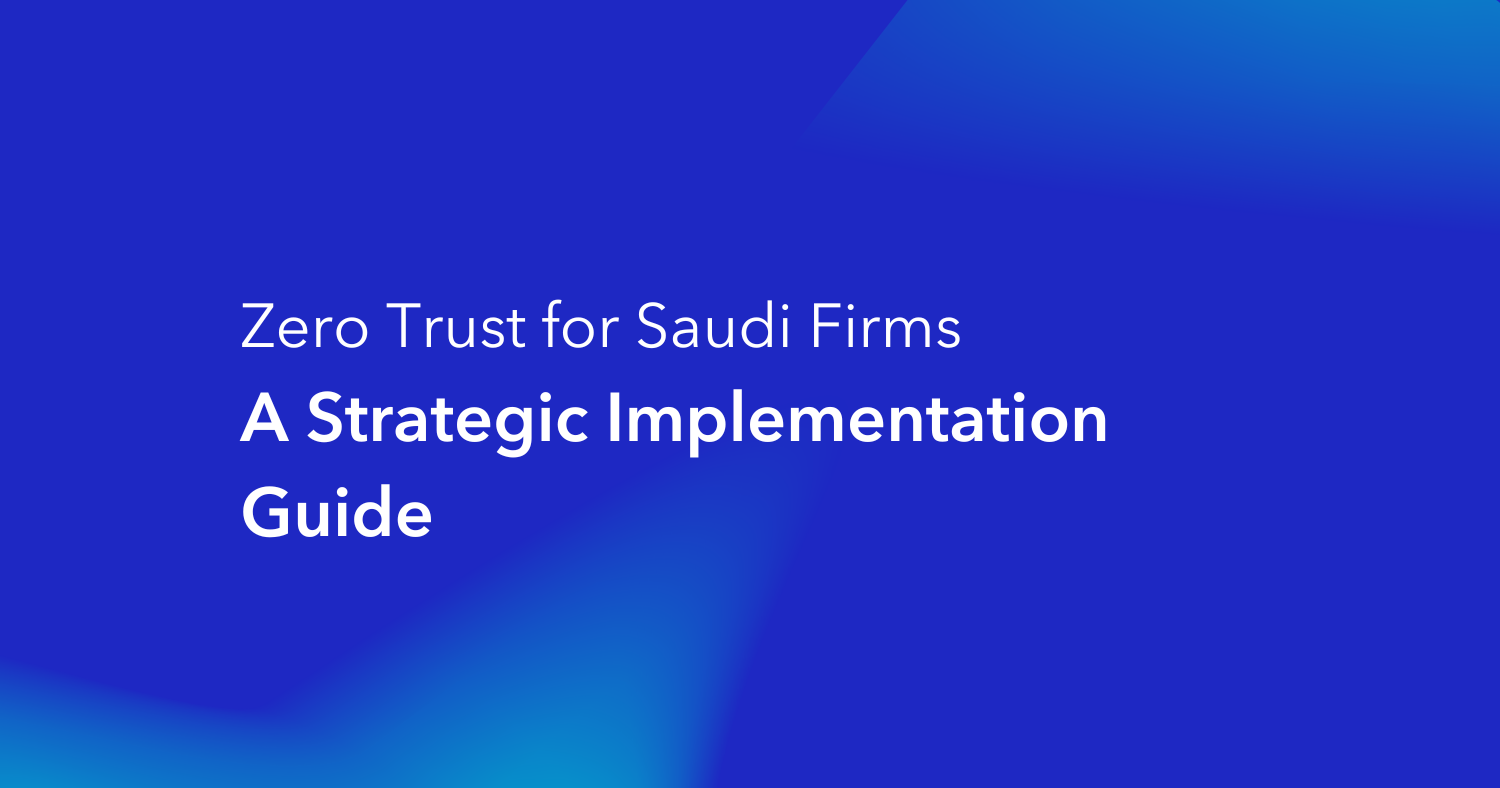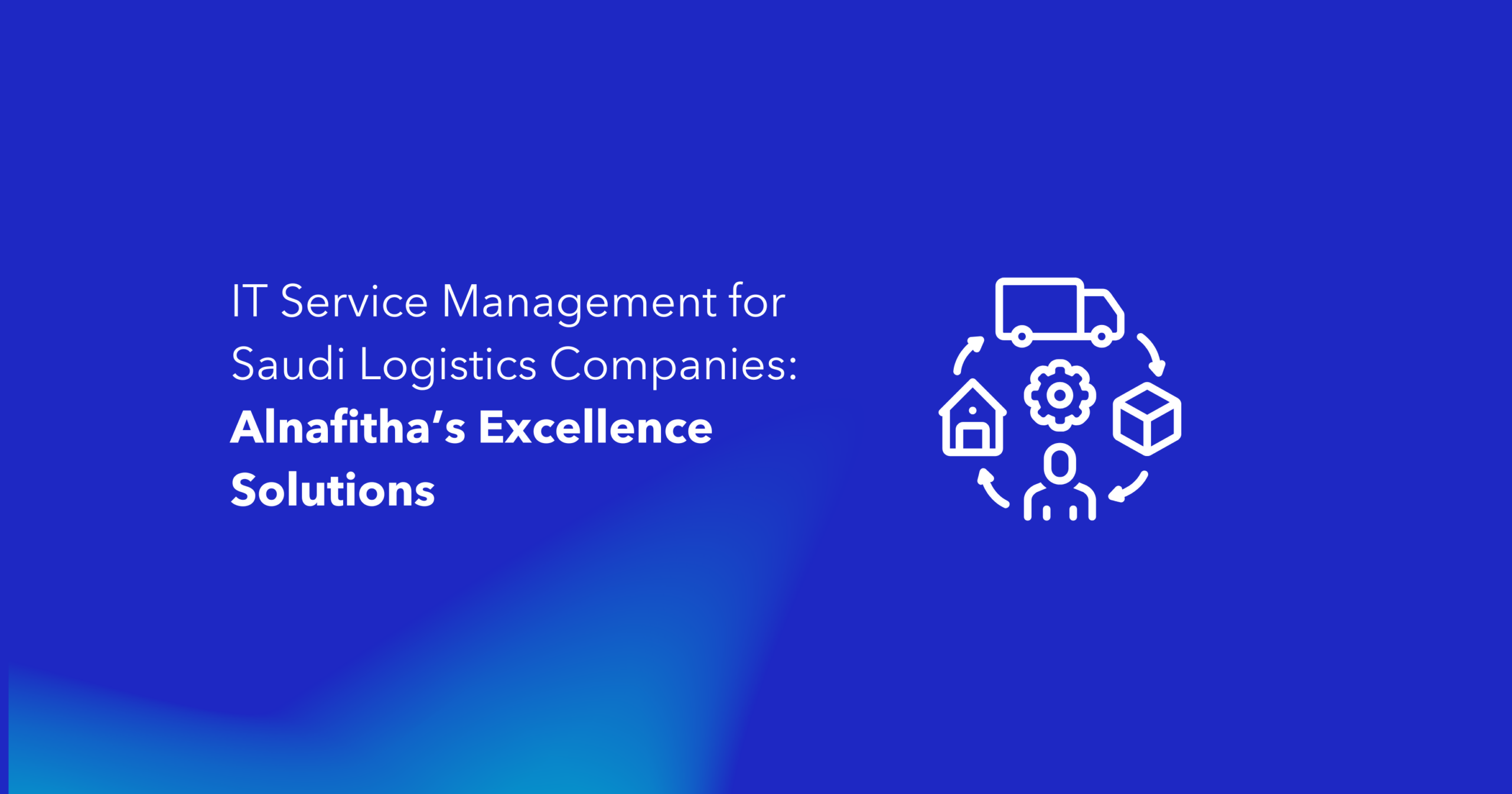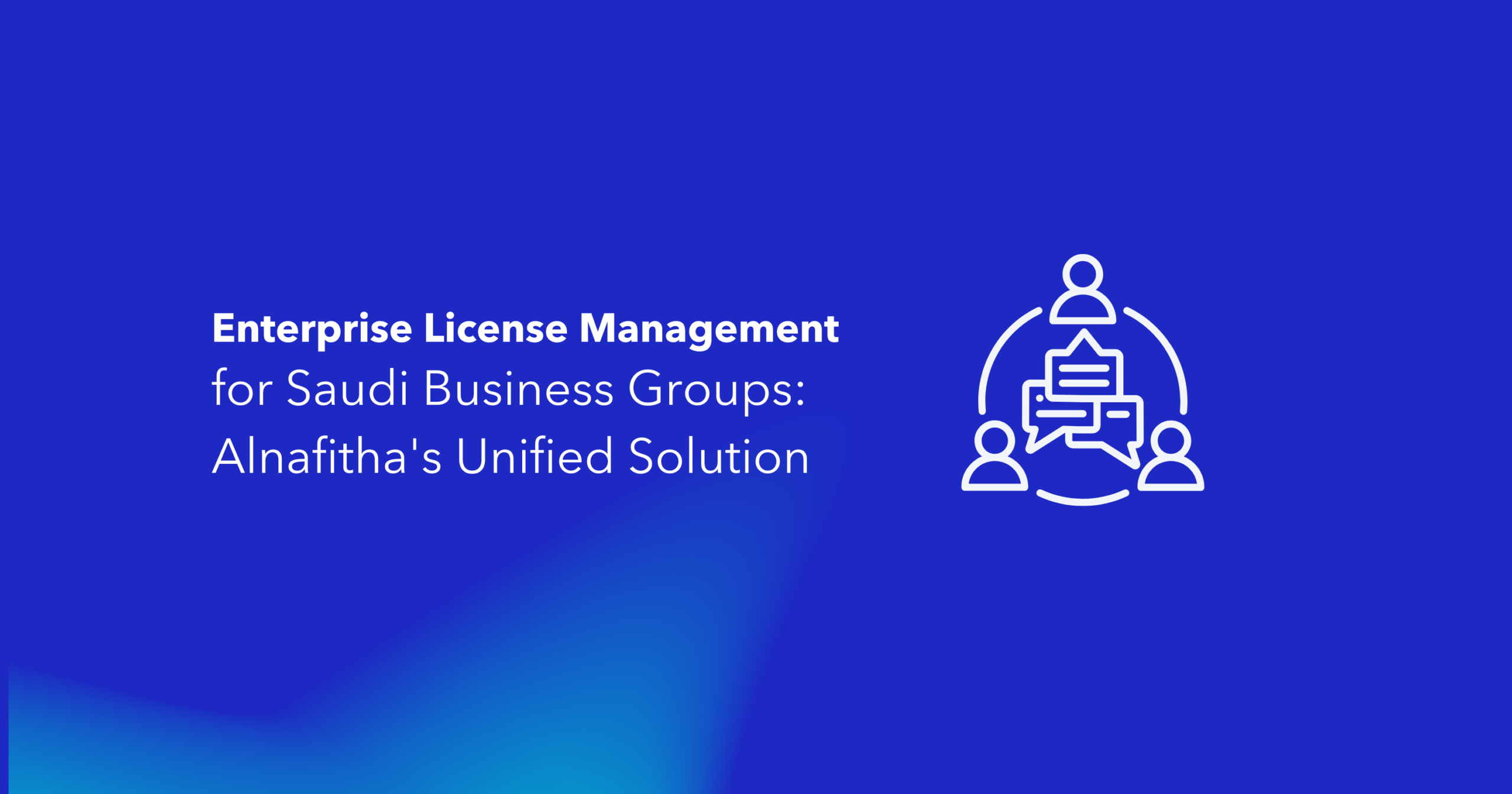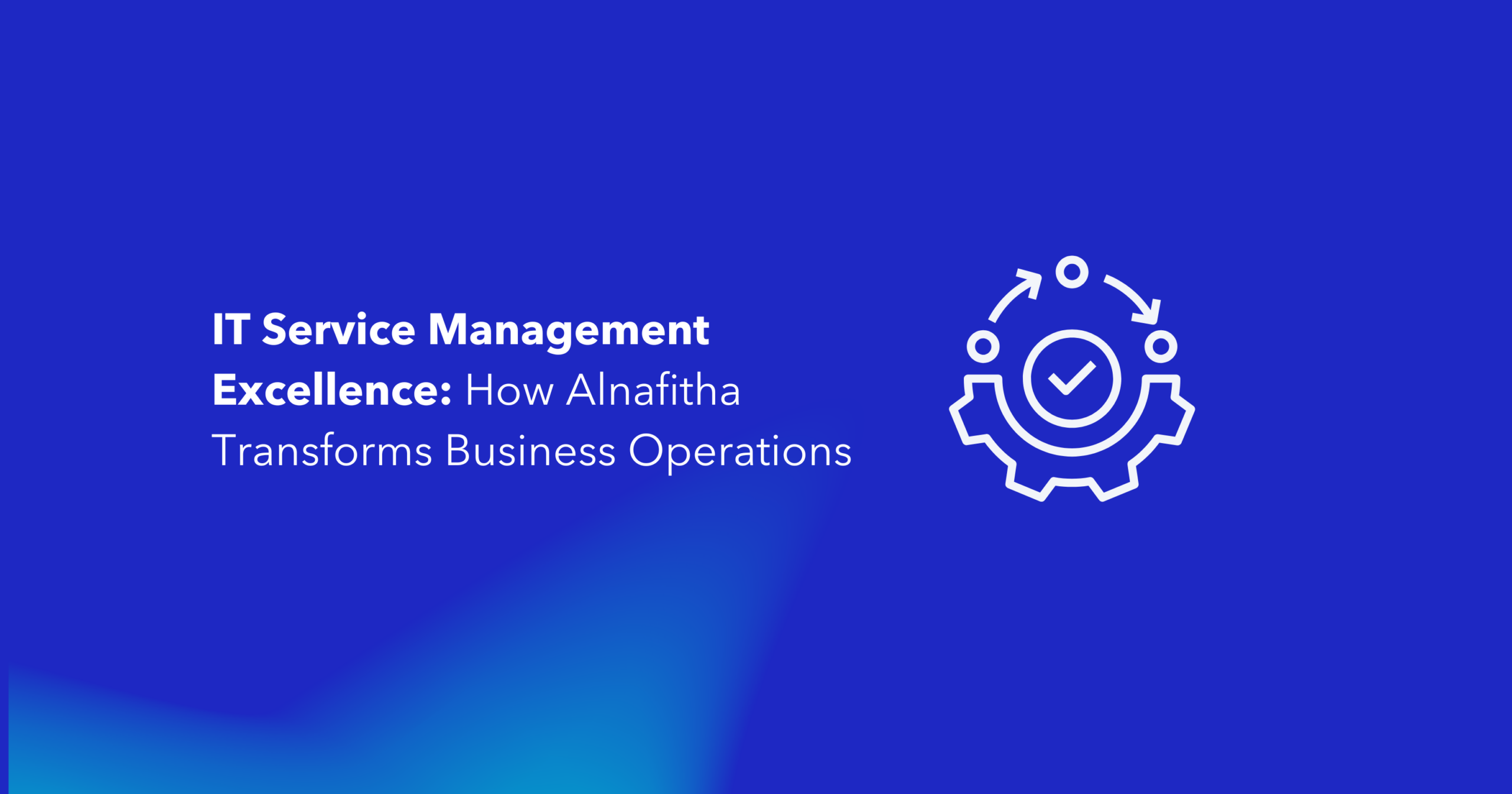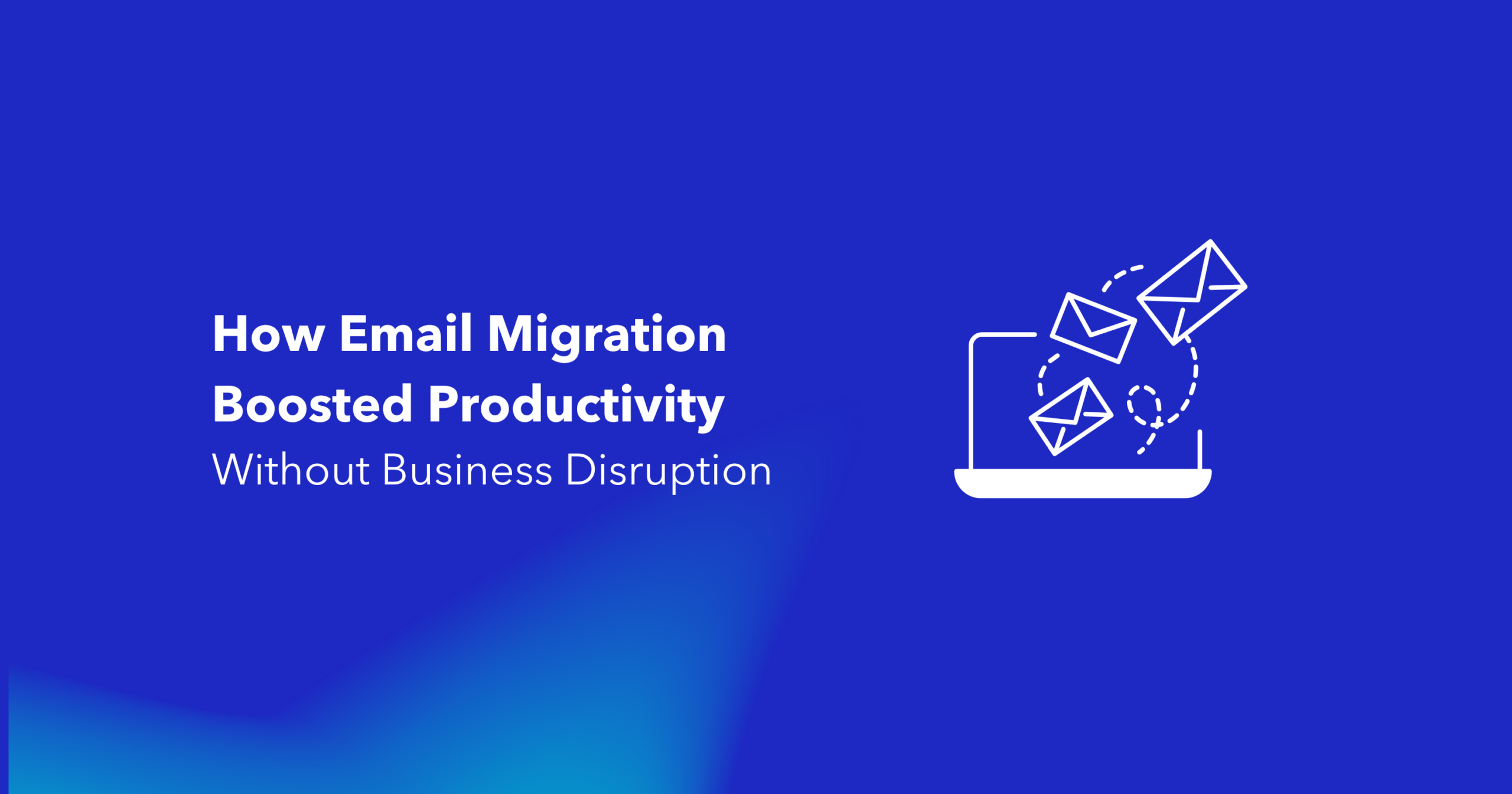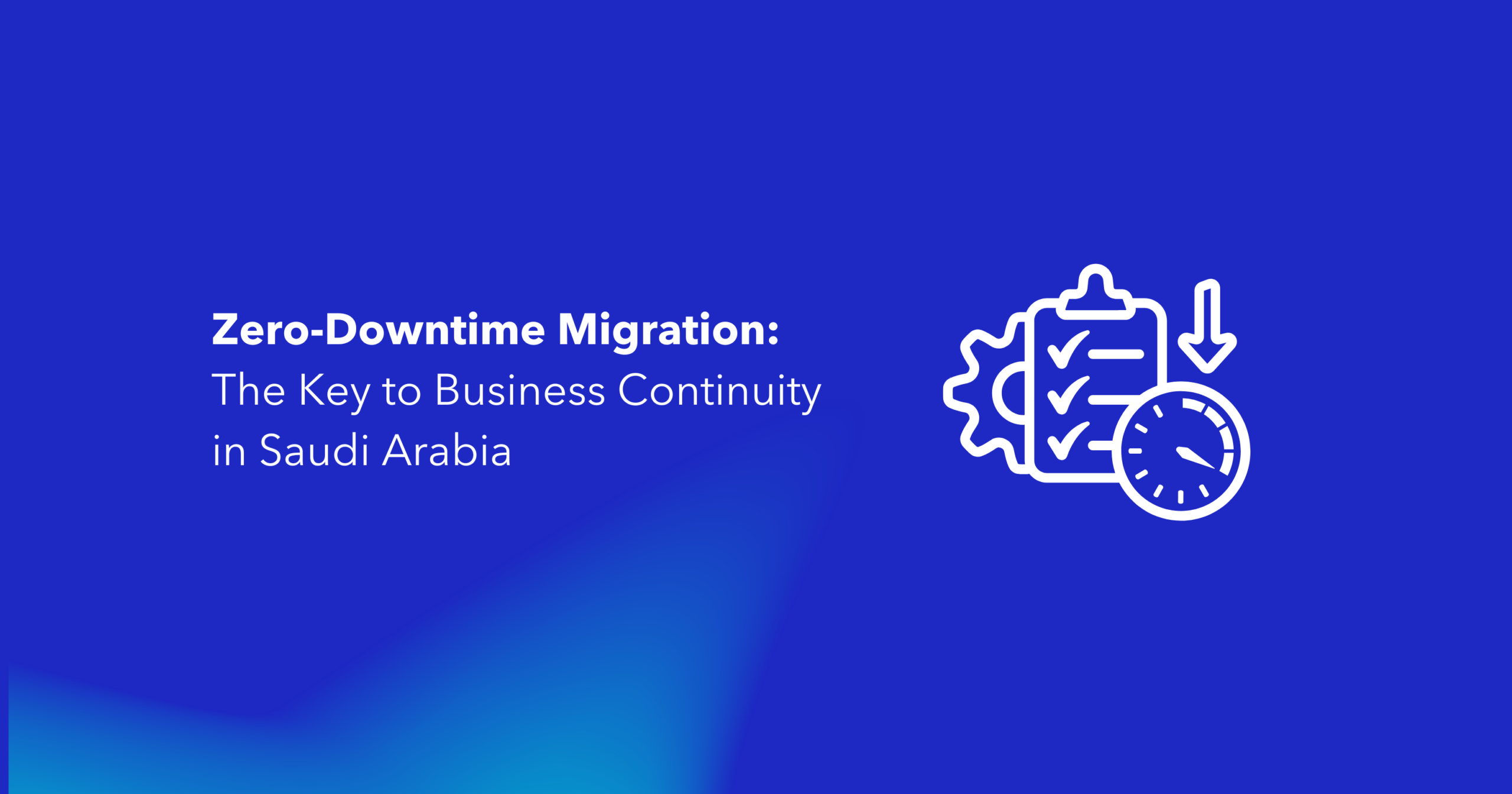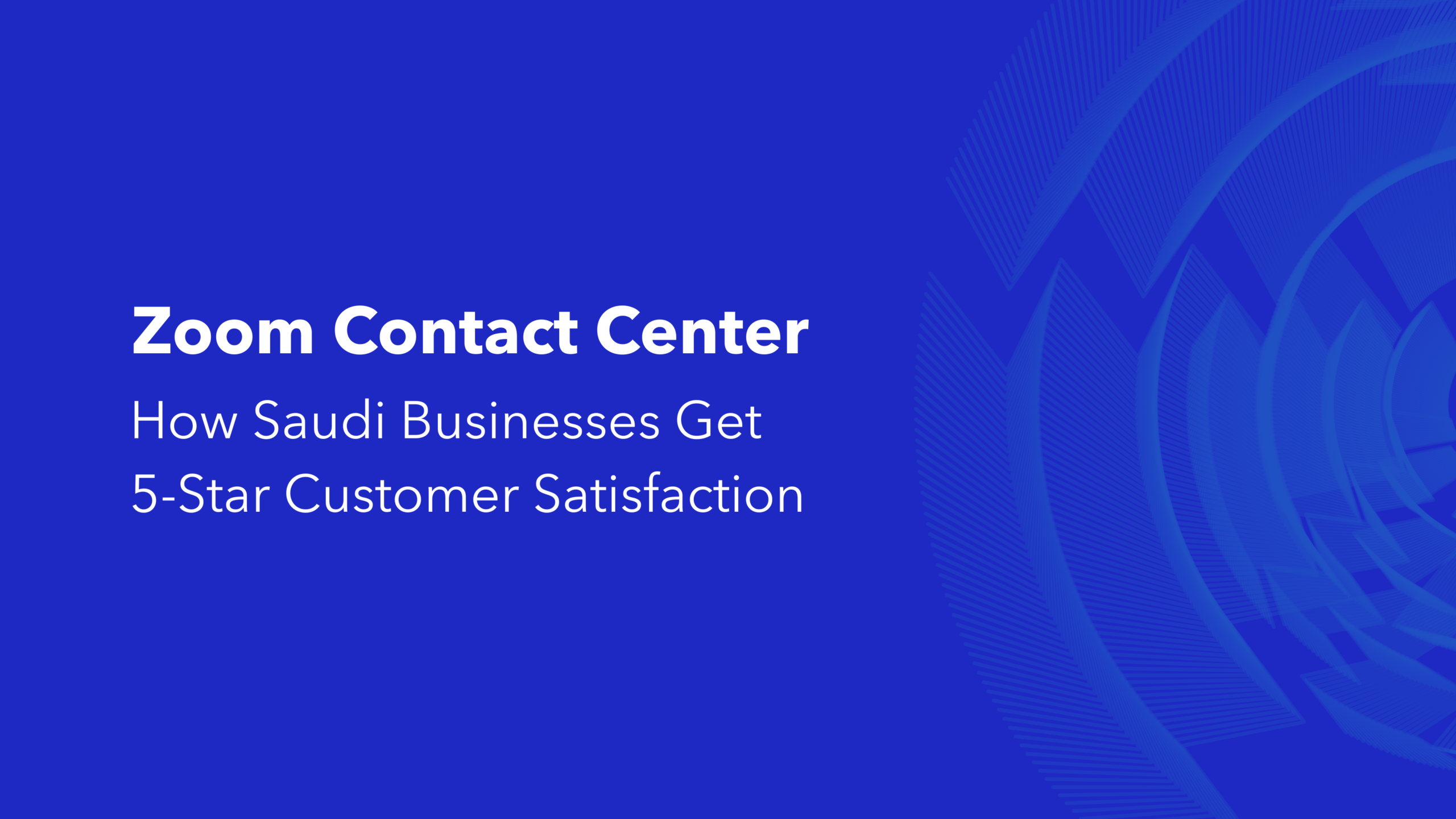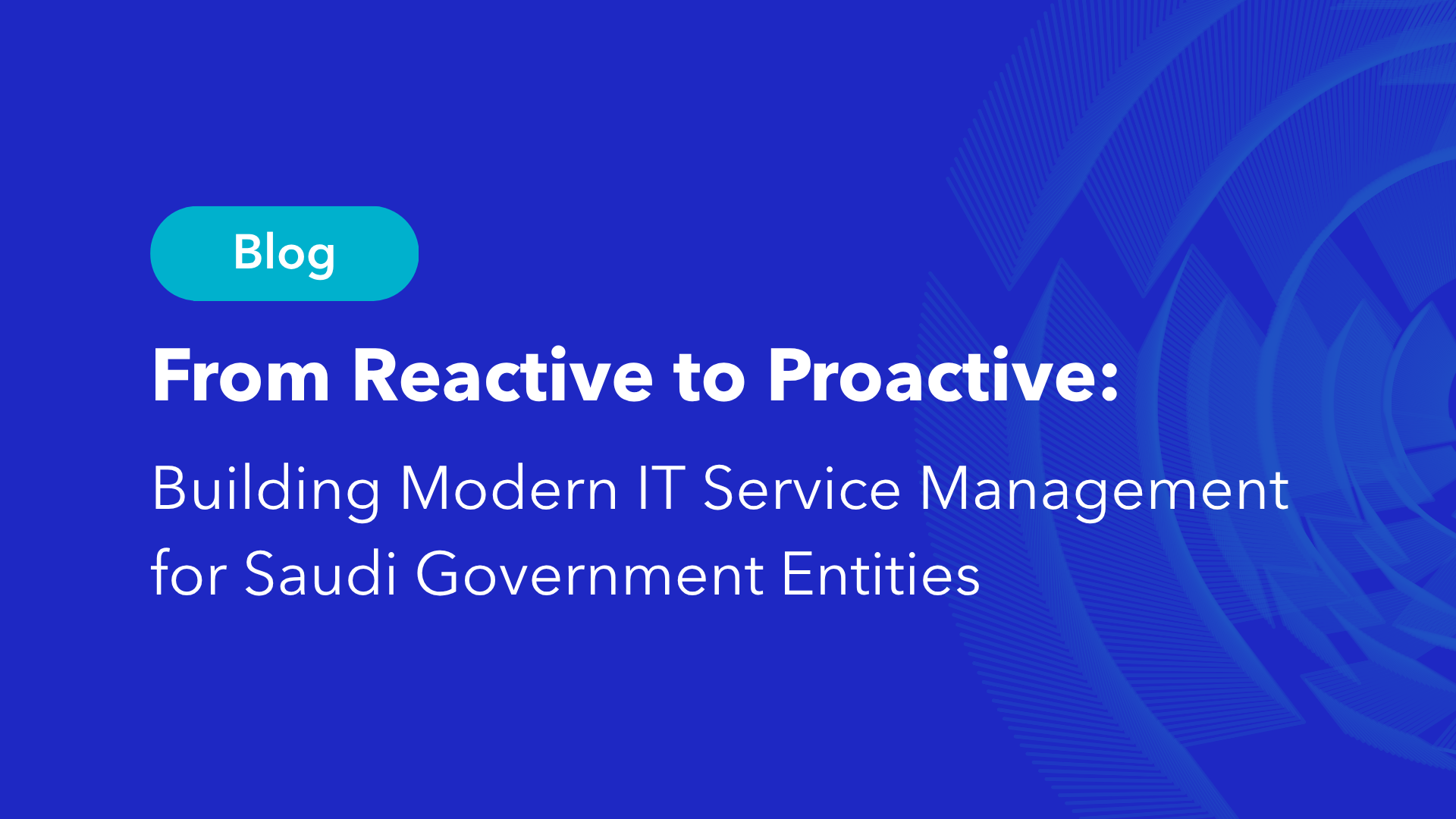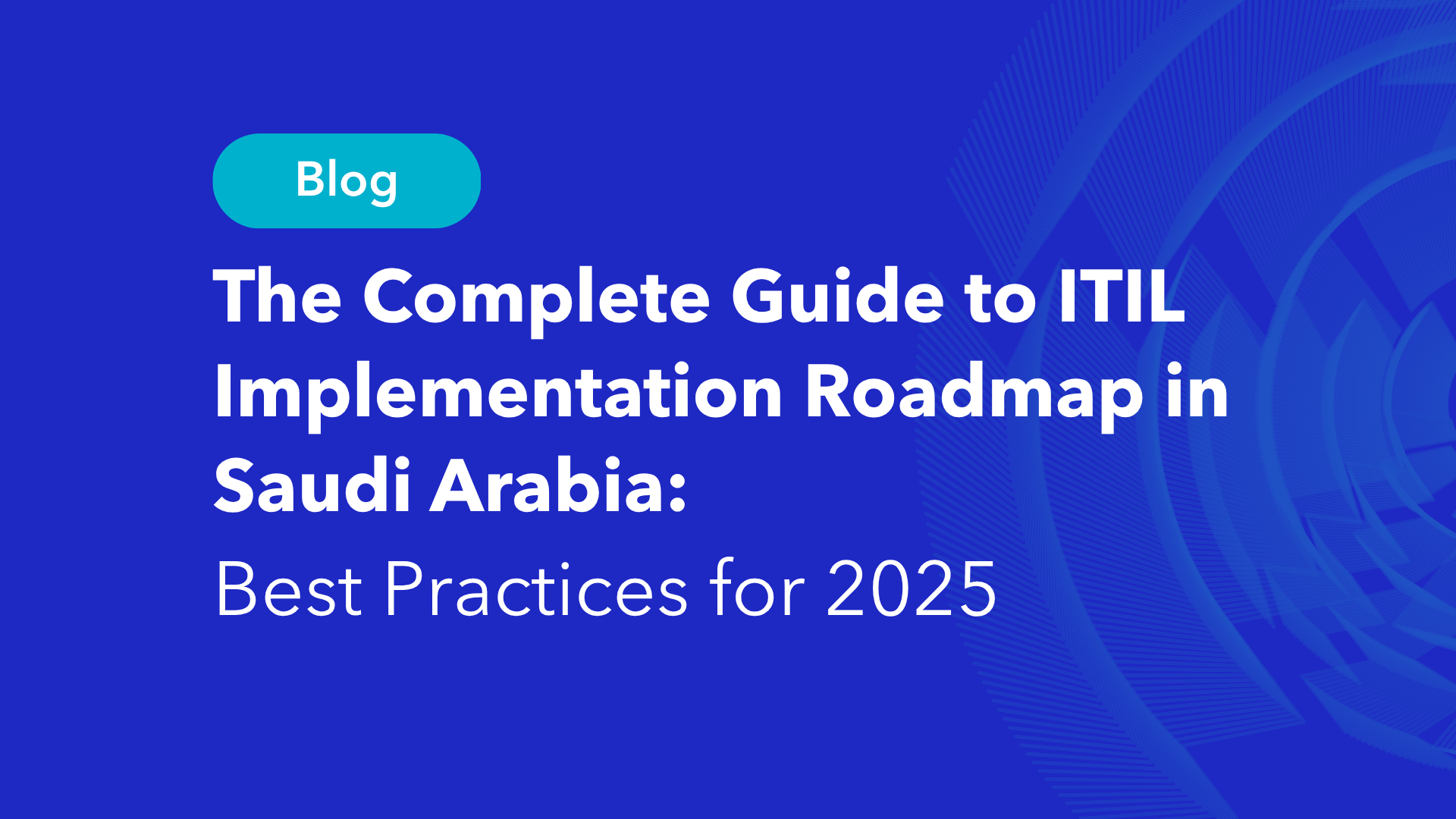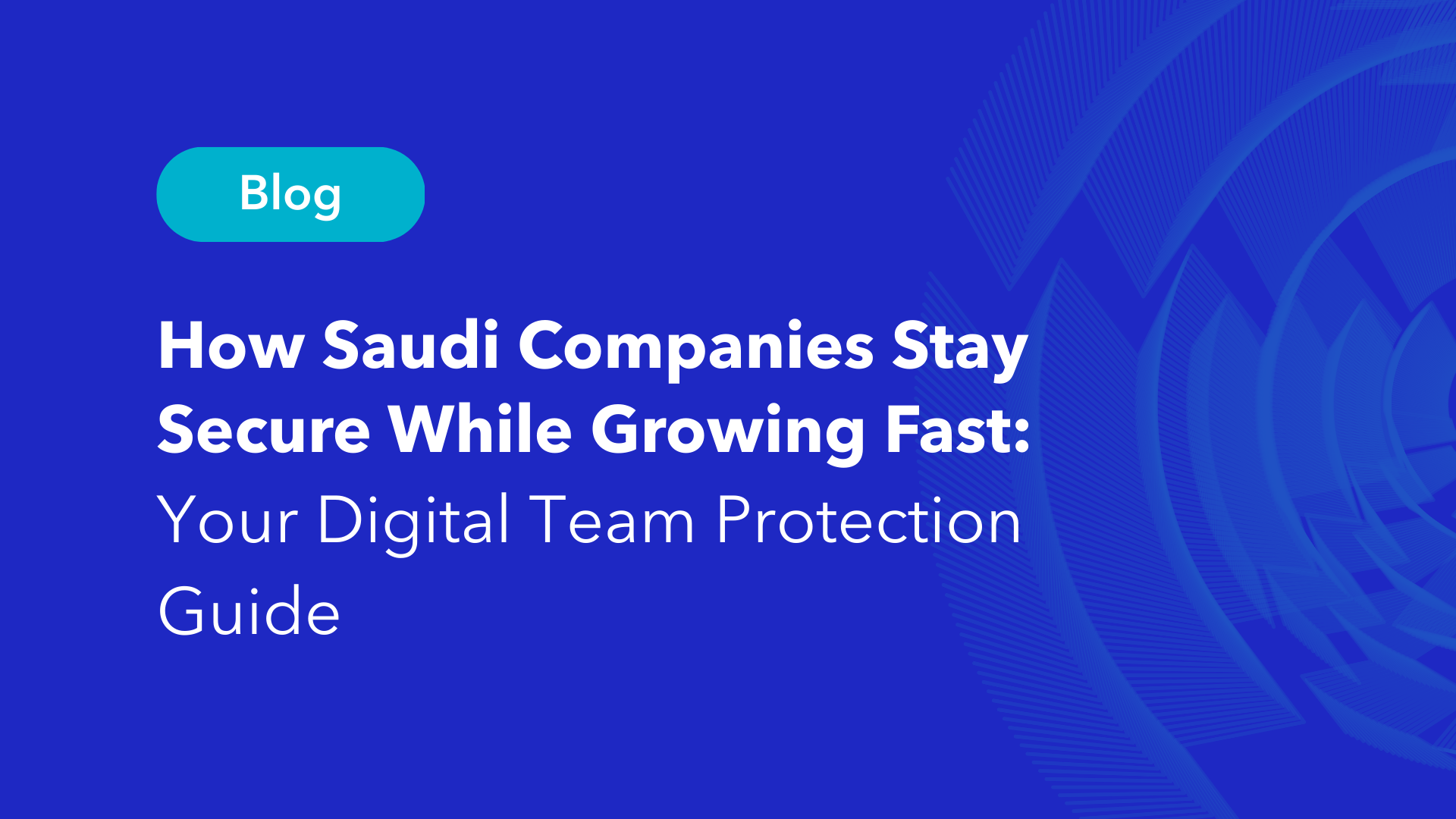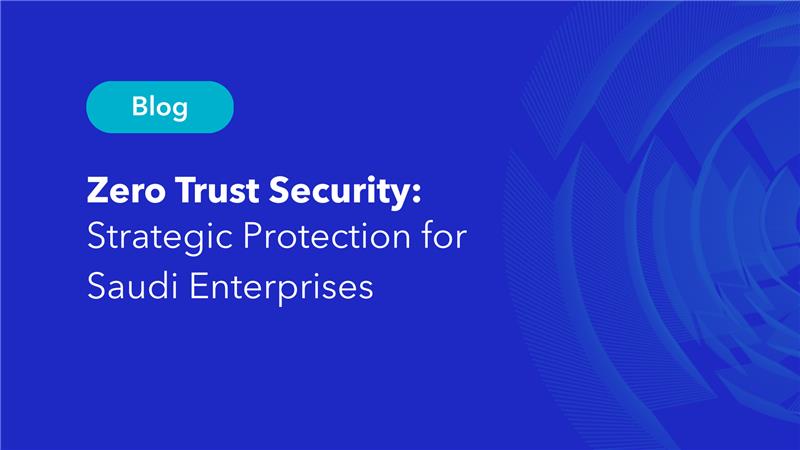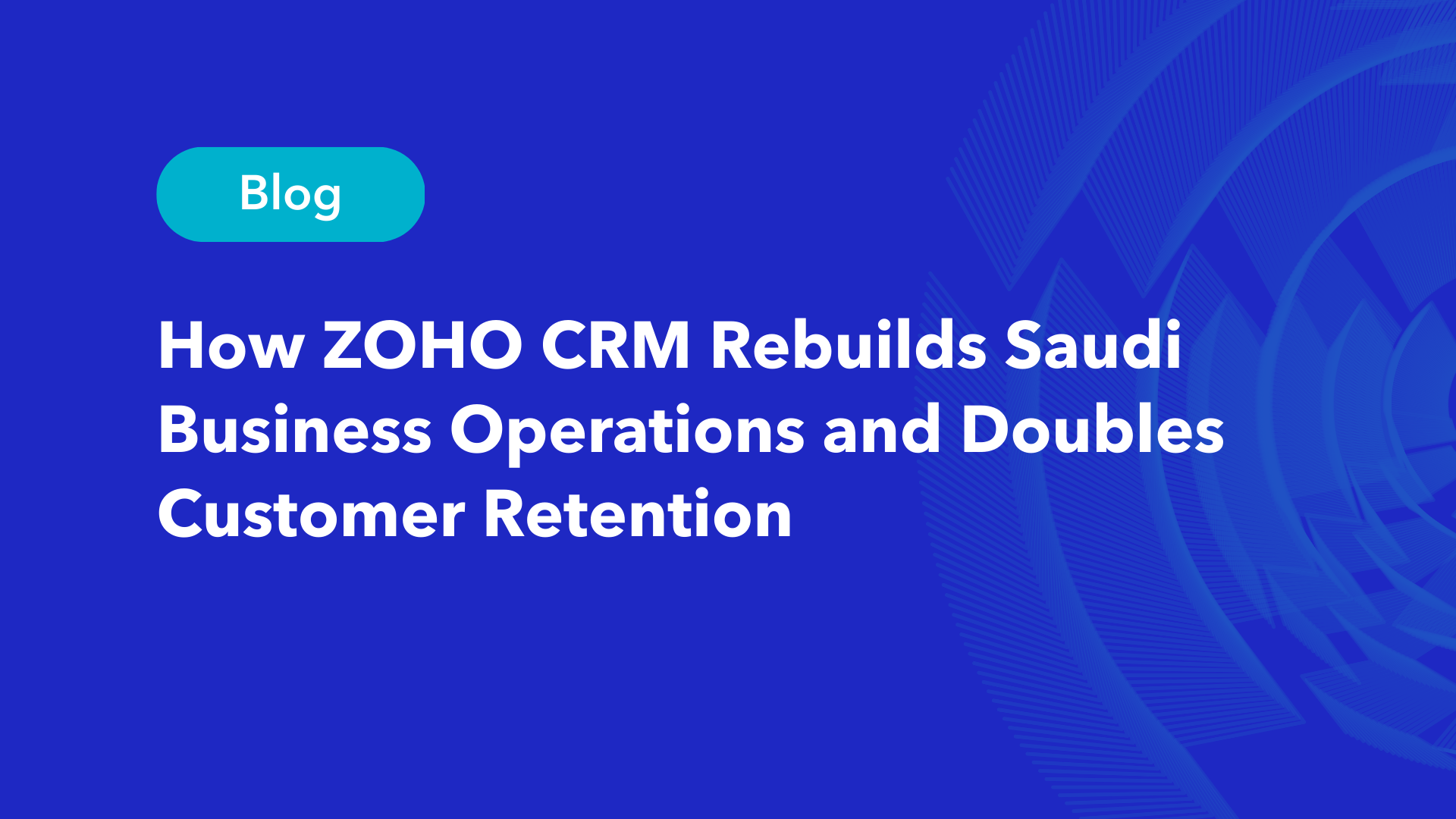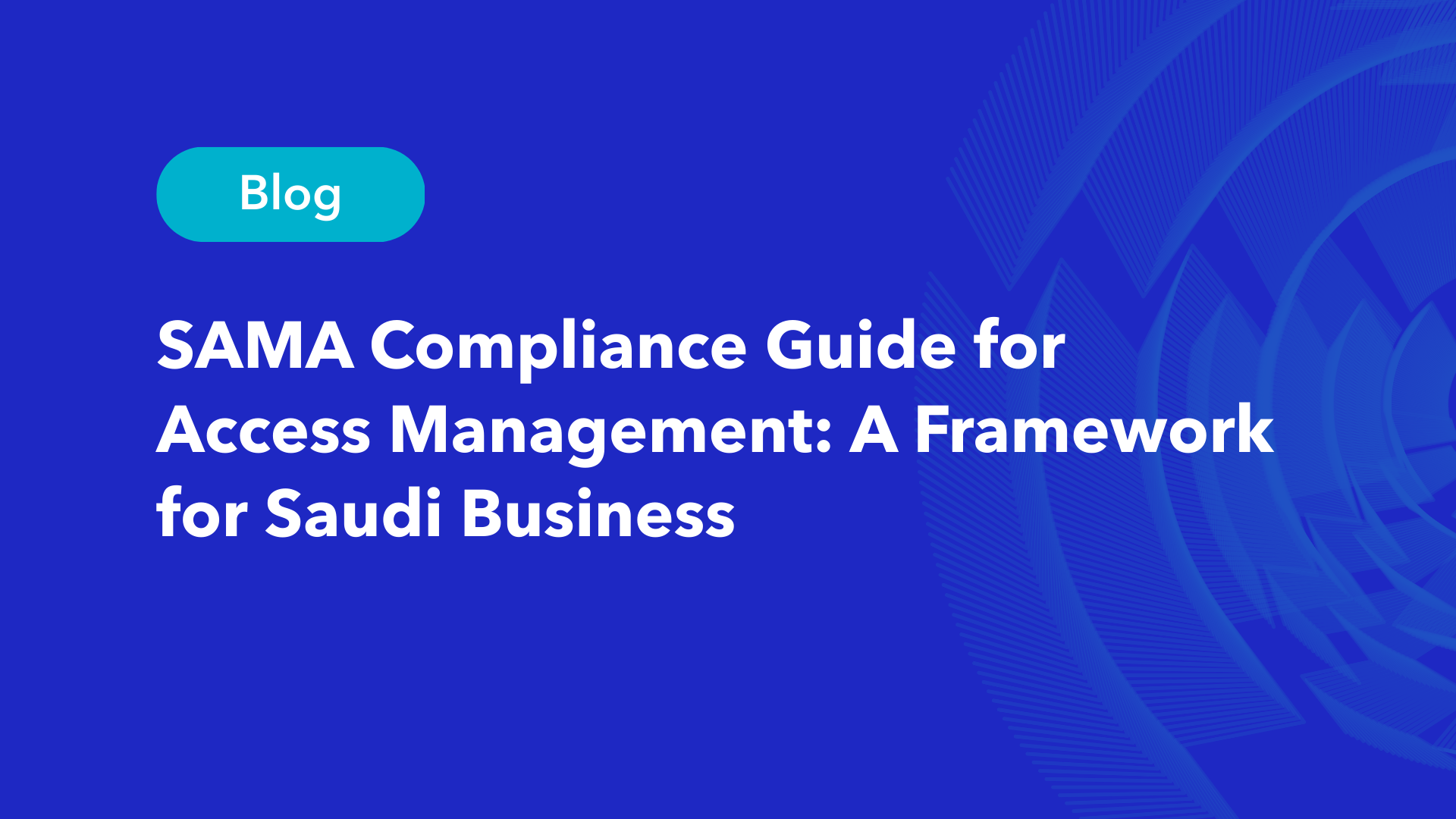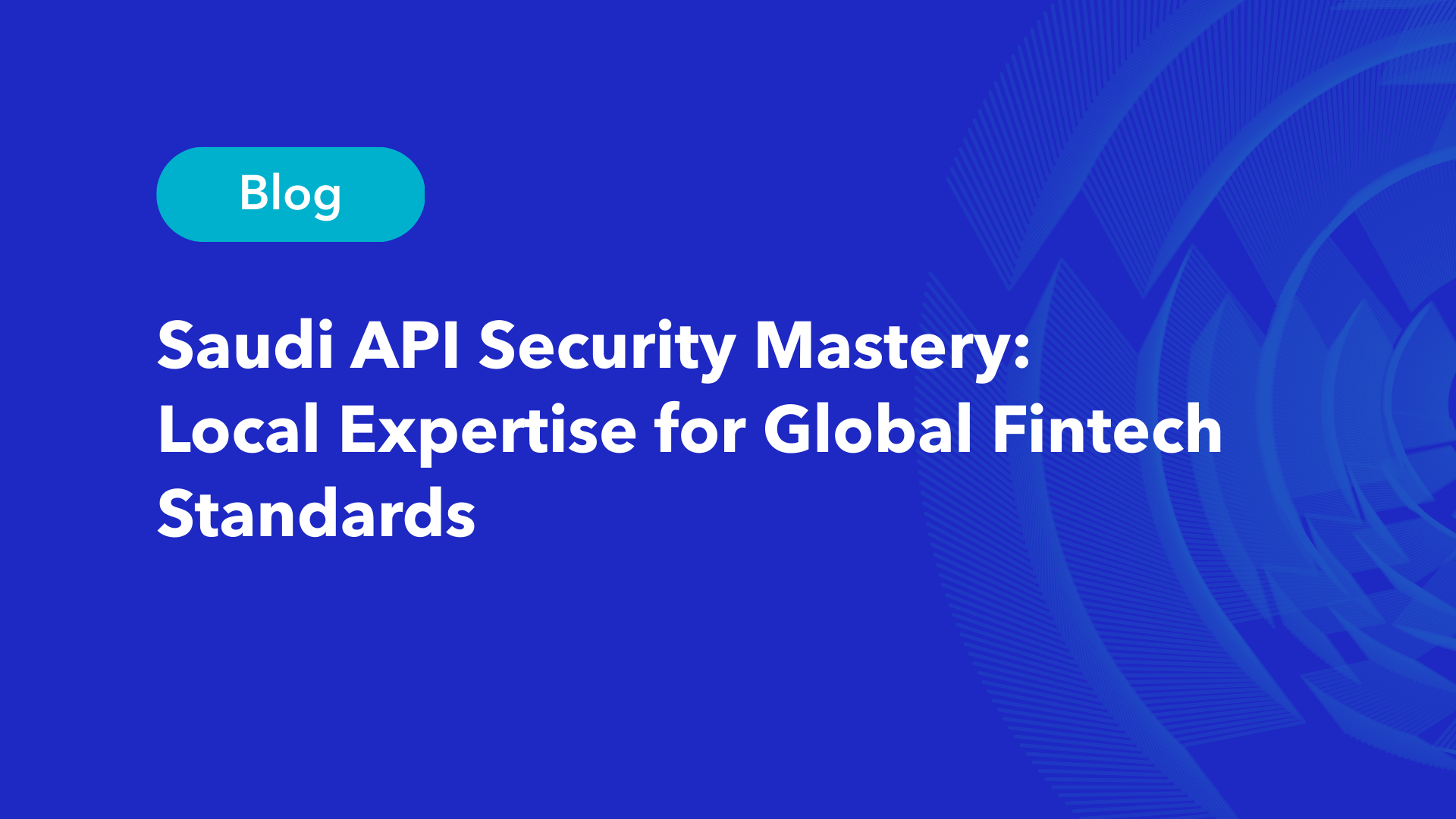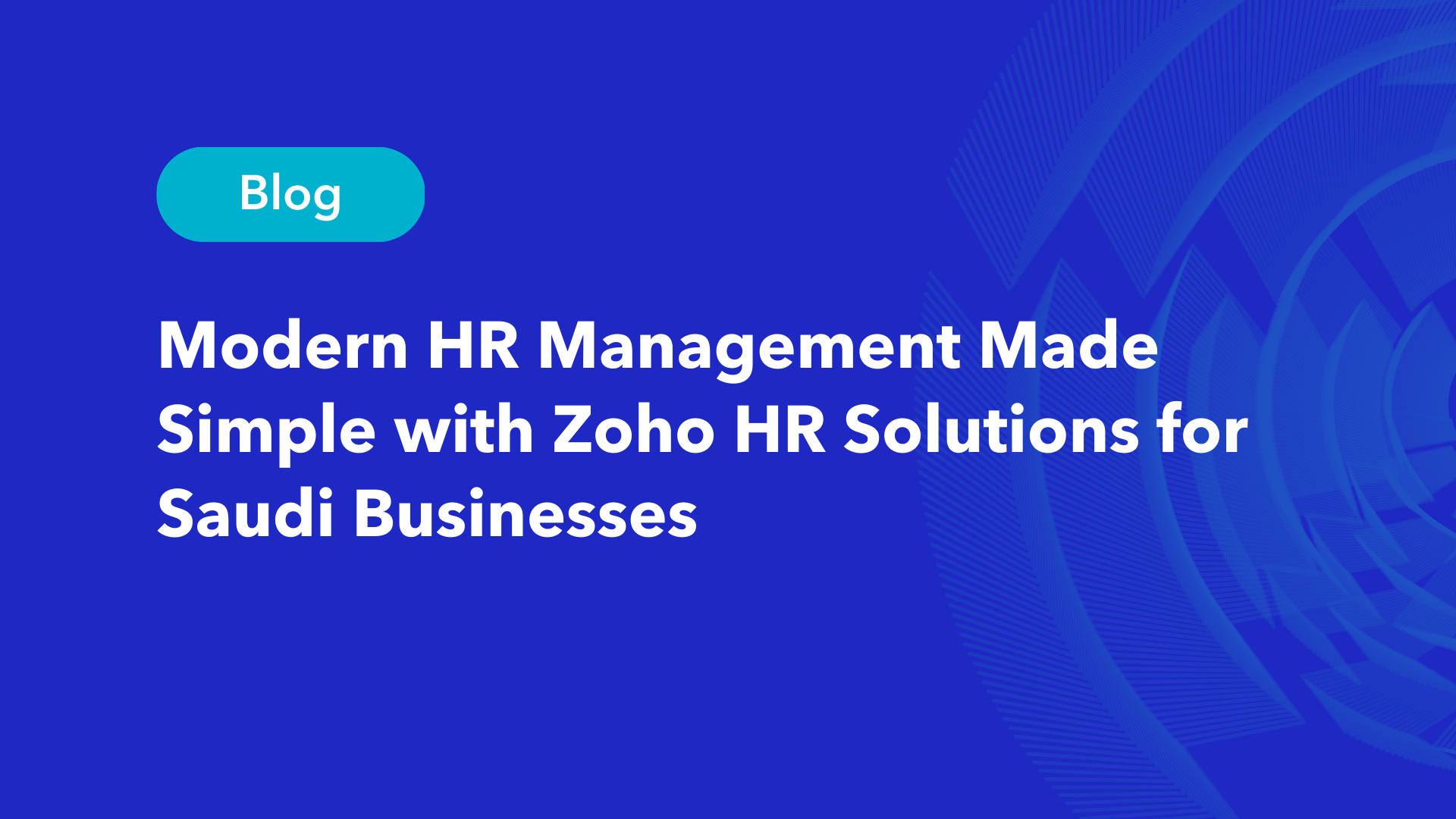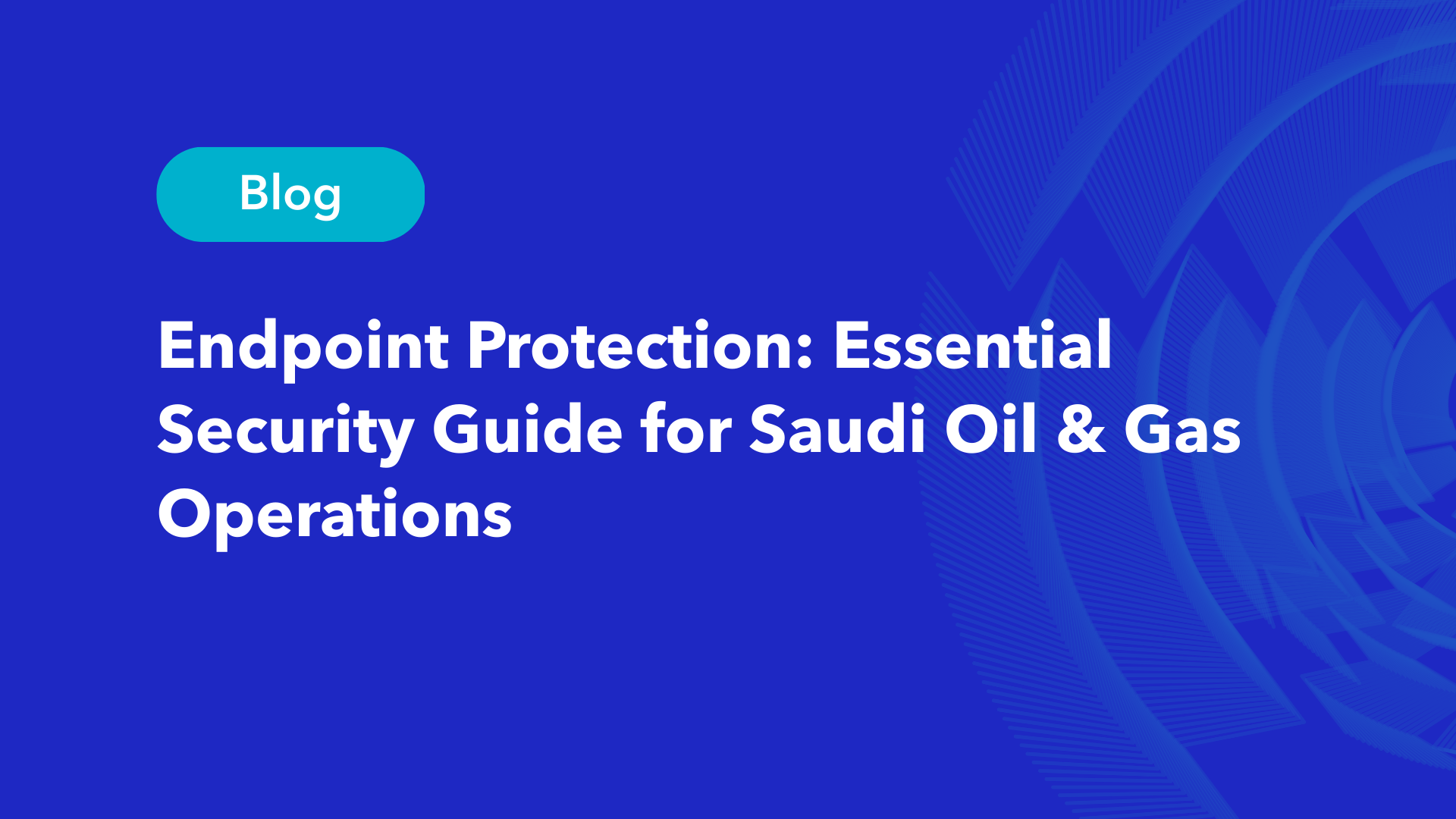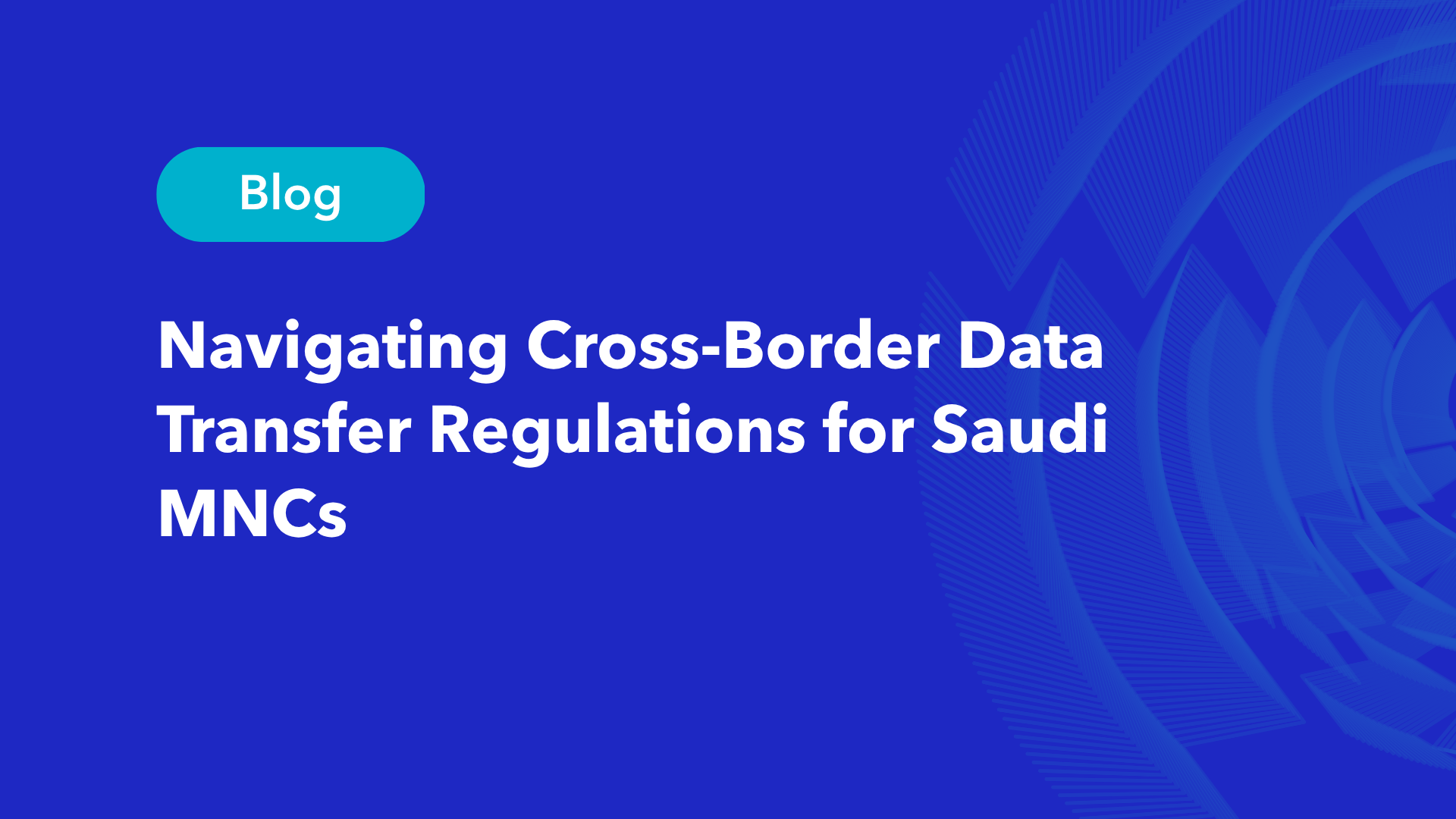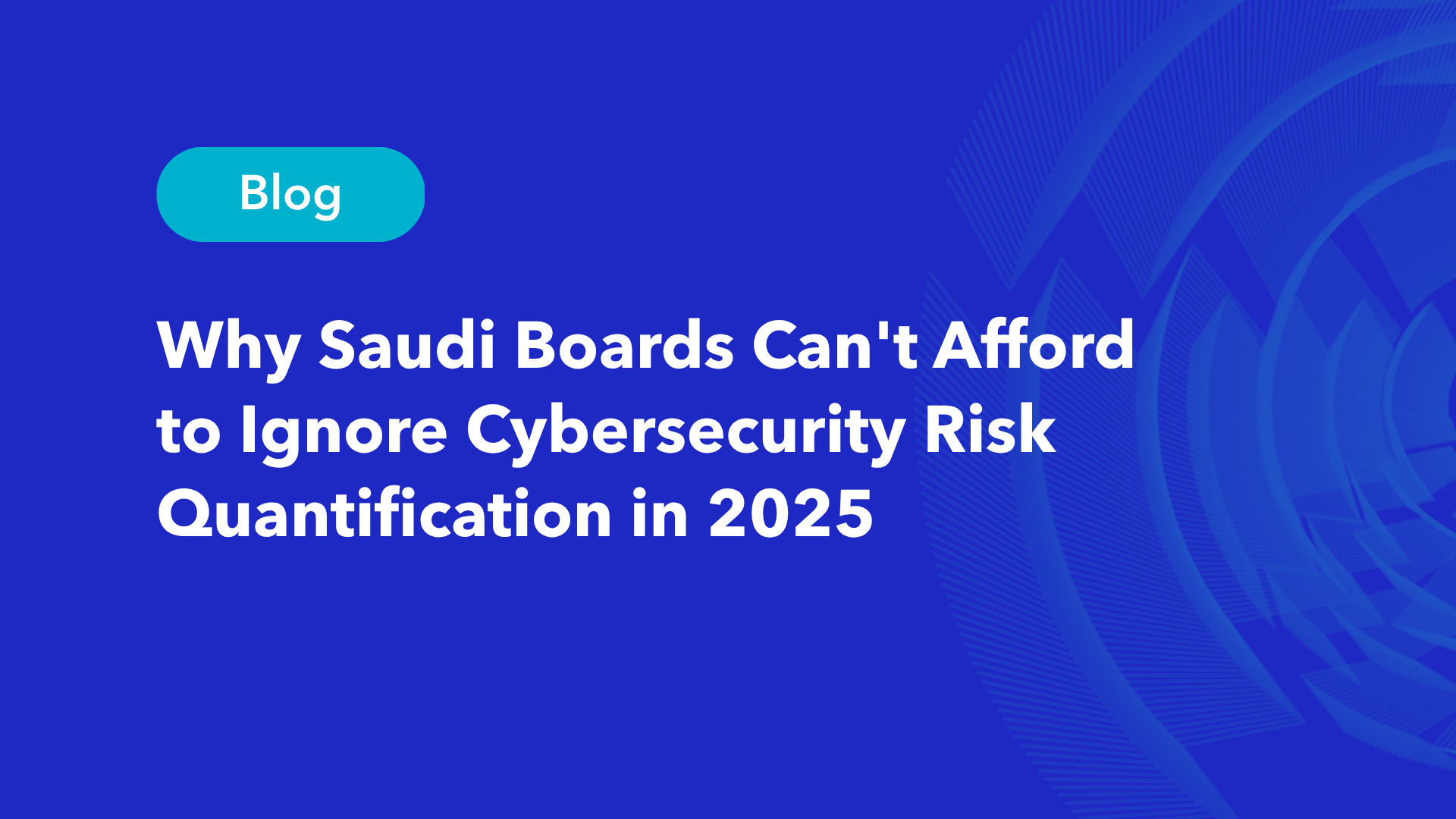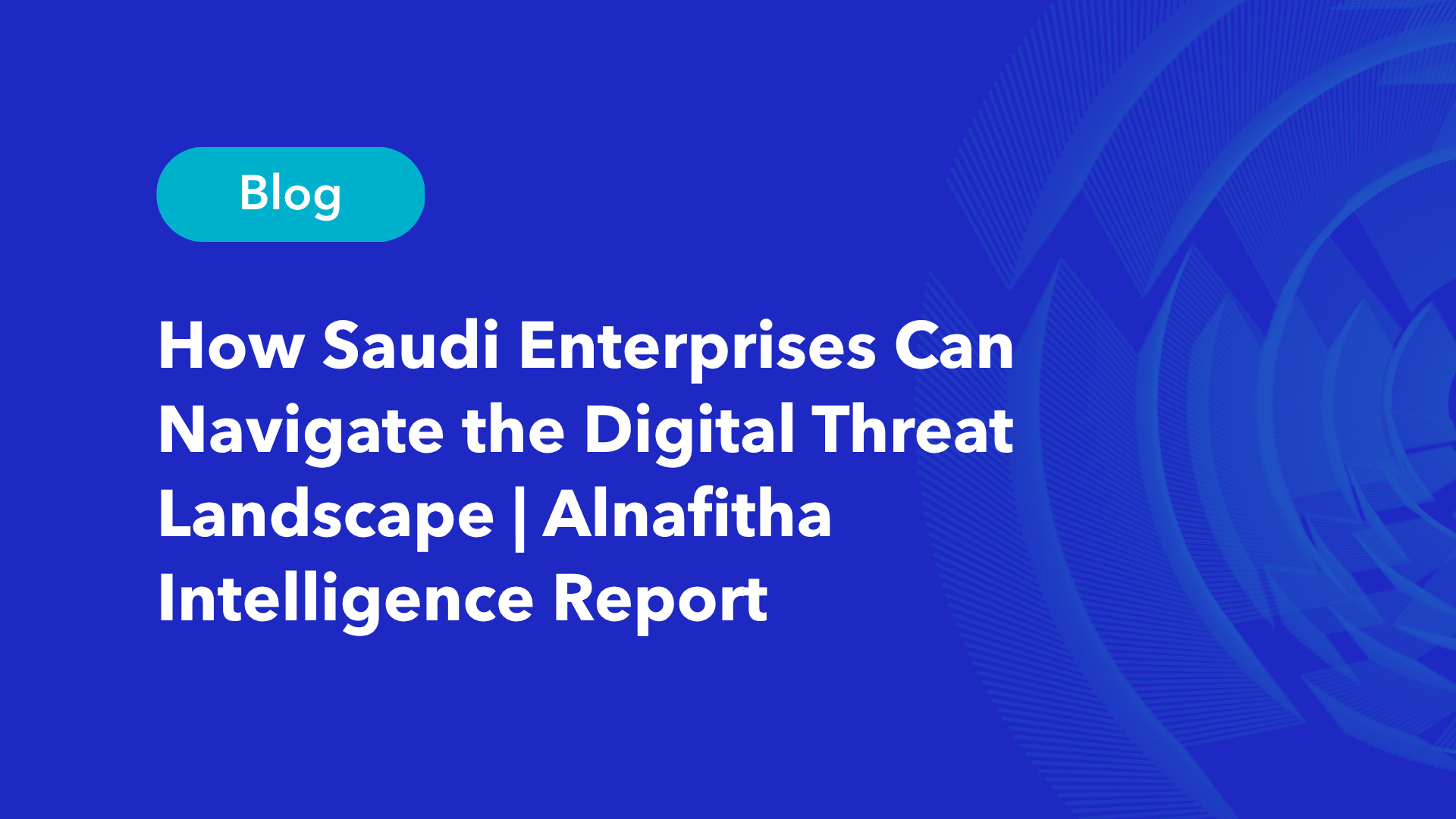The MOVEit data breach in 2023 affected over 62 million individuals and cost organizations an estimated $10 billion. Silicon Valley Bank’s collapse that same year shows what happens when governance, risk, and compliance systems fail.
These events aren’t one-offs. The Boeing 737 Max crashes of 2018-2019 cost billions in fines and settlements because of poor governance and risk management.
Your organization needs a GRC framework. A well-laid-out approach creates standard processes, cuts down on duplicate work, and helps departments share information better. This improves operations and reduces compliance risks.
This piece will show you how to build a GRC strategy that protects your organization from expensive mistakes while making your operations run smoother.
Getting to Grips with Governance, Risk, and Compliance (GRC)
Modern businesses now realize they need a well-laid-out approach to run their operations well. Governance, Risk, and Compliance (GRC) emerged as a discipline in the early 21st century to help businesses line up their activities with objectives and manage uncertainties.
What Is Governance, Risk, and Compliance?
GRC is a complete set of capabilities that helps organizations reach their goals reliably, handle uncertainty, and maintain integrity. This approach brings together management activities that were once separate into one unified discipline. It makes people, processes, and technology work better together.
Why Is GRC Important for Modern Businesses?
GRC’s importance has grown as businesses face more complex challenges. Companies must deal with several key factors that make GRC essential:
- Stakeholders who want strong performance and transparency.
- Regulatory requirements that keep changing.
- More third-party relationships and their risks.
- Higher costs of risk management.
- Quick spotting of threats and opportunities.
Companies that use integrated GRC processes spend less, avoid doing things twice, and get better quality information. This creates more consistency in repeated processes and boosts operational efficiency.
The Three Pillars of GRC: Governance, Risk Management, and Compliance
Each part of GRC plays its own vital role in an organization’s success:
Governance creates the framework that senior executives use to guide and control the organization. It has management information systems and control structures that make decision-making clear.
Risk Management spots, analyzes, and responds to possible threats that could affect business goals. It helps companies predict and handle risks that might stop them from reaching their goals.
Compliance means following both required and voluntary rules. Companies must follow laws, regulations, policies, and procedures. They also need to stay aware of industry codes, company standards, and what their communities expect.
Key Challenges in Implementing a GRC Strategy
Organizations face big challenges when they put together their governance, risk, and compliance strategy in today’s complex business world. Recent studies show that 40% of business and risk leaders had to improve how they handle risk just to stay compliant with regulations.
Common Compliance Issues Businesses Face
Companies find it hard to keep their processes consistent and stay current with regulatory changes. Employee awareness and training pose a major challenge. Staff members often don’t know about security protocols and compliance requirements because they lack proper preparation. Most businesses struggle with managing records, protecting sensitive information, and keeping their finances in order.
Managing Cybersecurity and Data Protection Risks
Networks have become more complex and distributed. This fact, combined with fewer skilled cyber professionals, has created perfect conditions for cybersecurity threats to thrive. Companies now worry about:
- Third-party cloud-based network attacks.
- Data wiping incidents.
- Hacktivism threats.
- Weaponization of legitimate tools.
Overcoming Regulatory Complexity Across Industries
Regulatory complexity comes from both supply-side and demand-side factors. Banks and financial institutions face extra strict oversight. Regulators want to see solid risk management capabilities and operational resilience. Companies must adapt to requirements from multiple agencies while they run critical operations and manage relationships with third parties.
The Cost of Poor Governance and Risk Management
Bad governance can hit companies hard financially. Poor risk management often damages reputation badly, and donations to affected organizations drop by a lot. The Wounded Warrior Project learned this lesson when donations fell from SAR 1498.37 million to about SAR 749.18 million after their governance scandal. Companies that fail at governance often face:
- Severe financial and operational problems.
- High investigation and remediation costs.
- Lost customer revenues.
- Substantial reputational damage.
Steps to Building an Effective GRC Strategy
“Effective risk management requires a balance between being cautious and taking calculated risks.” — Anonymous, Risk management professional
A systematic approach that matches your organization’s objectives will help you build a successful governance, risk, and compliance strategy. Your GRC program needs a structured implementation to work and last.
Assessing Your Organization’s Governance, Risk, and Compliance Needs
You should start with a complete analysis of your current GRC practices. Take time to learn about your organization’s business processes, risk appetite, and compliance obligations before jumping into implementation. You’ll need to develop Key Performance Indicators (KPIs) at this stage to measure how well your GRC framework delivers against business objectives.
Establishing a GRC Framework Aligned with Business Goals
The core team should create a governance structure that supports your GRC program. This structure defines clear roles and responsibilities in business units of all sizes. The success of implementation depends on:
- Clear protocols for risk management decisions.
- Well-defined compliance officer duties.
- Optimized workflows for routine tasks.
- Specific accountability measures.
Identifying Key Risks and Setting Risk Tolerance Levels
Risk tolerance defines the boundaries within specific areas for your entity. Your organization must determine acceptable minimum and maximum variation levels for each risk category. The right balance between capacity and tolerance becomes crucial since risk bearing capacity represents the total risk needed to reach long-term goals.
Developing Policies and Procedures for Compliance Management
Policies provide the structure that shapes your organization’s compliance culture. Policies outline high-level guidelines, while procedures spell out specific steps for implementation. Your documents should be short, direct, and simple – usually 1-4 pages long.
Implementing Internal Controls and Monitoring Mechanisms
Internal controls help your organization run efficiently and achieve its objectives. These controls protect assets, maintain accurate records, boost operational efficiency, and verify compliance with policies and regulations. Quality control systems and management reviews will give a clear picture of effectiveness.
Creating a Culture of Risk Awareness and Compliance Accountability
A risk-aware culture builds values of ownership and accountability that encourage teams to spot and analyze potential threats early. This culture runs on openness and increased stakeholder involvement, which leads to clear communication about organization-wide risks. The most resilient frameworks can fail if employees don’t understand their compliance roles.
The Role of Technology in GRC Strategy
“Without a compliance framework, some organizations might not implement any security practices at all (or at least until it is too late). Organizations must constantly challenge themselves to not only remain in full compliance, but also seek ways to go above and beyond to ensure the highest levels of security.” — Paul Koziarz, President and General Manager of Regulatory Compliance at CSI
Technology pioneers modern governance, risk, and compliance strategies, yet [only 21% of GRC leaders currently use AI](https://www.auditboard.com/blog/how-to-choose-your-grc-platform/) in their processes. This gap creates substantial opportunities for organizations to improve their GRC capabilities through new technology.
How AI and Automation Improve GRC Processes
AI changes GRC processes through advanced cognitive technologies and analytics, especially in regulatory content management and risk assessment. Organizations report a 62% improvement in compliance procedure efficiency through AI implementation. AI-powered systems detect anomalies that human auditors might miss and enable proactive risk identification and mitigation.
The Benefits of Cloud-Based GRC Solutions
Cloud-based GRC platforms bring distinct advantages to today’s business environment. These solutions provide better accessibility and collaboration capabilities along with:
- Scalability and flexibility for growing operations.
- Affordable deployment and maintenance.
- Automatic updates and regulatory compliance features.
- Advanced data management and analytics capabilities.
GRC Software: Choosing the Right Platform for Your Business
Your organization’s specific needs should guide the selection of an appropriate GRC platform. The platform should streamline audit processes and deliver clear metrics within a centralized system. Your chosen solution must support multiple frameworks and track compliance requirements across business functions.
Using Data Analytics for Better Risk Assessment and Compliance Monitoring
Data analytics is the life-blood of effective risk assessment and compliance monitoring. The Department of Justice emphasizes compliance personnel’s need for sufficient access to relevant data sources. Advanced analytics help organizations identify trends, uncover hidden insights, and monitor compliance status live.
Industry-Specific GRC Considerations
Different industries face their own GRC challenges that need specific solutions. The complexity of regulations and risk factors varies substantially between sectors, so each industry needs its own strategies.
GRC in Financial Services: Meeting Regulatory Requirements
Financial institutions operate under strict oversight, and regulators focus on demonstrable risk management capabilities. Banks need resilient GRC frameworks to protect sensitive transactions and stop fraud. A detailed GRC program in banking helps to:
- Spot cybersecurity threats early.
- Keep data private during digital transactions.
- Close gaps that could lead to fraud.
- Monitor sensitive cardholder data processing.
Compliance in Healthcare: Protecting Patient Data and Privacy
The Health Insurance Portability and Accountability Act (HIPAA) sets national standards to protect medical records and personal health information. Healthcare organizations need proper safeguards to protect patient privacy and limit unauthorized information sharing.
IT and Cybersecurity Governance: Reducing Digital Risks
Cybersecurity governance combines with organizational operations through accountability frameworks and business-related risks. This system has resilient access control measures and regular audits to find system vulnerabilities.
Risk Management in Manufacturing and Supply Chain Operations
Manufacturing organizations deal with more supply chain disruptions in today’s global economy. The risk of disruptions has grown because of several factors:
- Political unrest and natural disasters.
- Supplier problems and shifting consumer demand.
- International tensions affecting material flow.
- Labor shortages and rising fuel costs.
Manufacturing companies should use multi-tier supply chain risk management systems to learn about their operations. This strategy helps prevent business disruptions, avoid regulatory fines, and protect the company’s reputation.
Measuring the Success of Your GRC Strategy
Organizations need systematic measurement and evaluation to implement GRC successfully. Companies that track their GRC performance demonstrate 25% higher operational efficiency and lower compliance costs.
Key Metrics to Track Governance and Compliance Performance
Your GRC success measurement should start with clear performance indicators. These metrics must support your business goals while providing useful insights. The essential areas to monitor include:
- Risk incident rates and resolution times.
- Policy compliance percentages.
- Training completion rates.
- Control effectiveness scores.
- Audit findings and remediation status.
- Cost of compliance activities.
- Number of regulatory violations.
Conducting Regular GRC Audits and Risk Assessments
Your GRC program’s health depends on consistent audits. Schedule full assessments quarterly to spot gaps and areas for improvement. These evaluations should get into control effectiveness, policy adherence, and risk management practices.
Your organization can maintain strong compliance and reduce regulatory violations through systematic testing. Internal audits help verify control effectiveness and spot potential weaknesses before external auditors find them.
Ensuring Continuous Improvement in GRC Practices
A mature GRC program grows through constant refinement and adaptation. The team should analyze audit findings and performance metrics to spot areas needing improvement. Action plans help address gaps and strengthen controls effectively.
A feedback loop where stakeholders share insights and suggestions works well. This shared approach helps find practical solutions and builds program support across the organization.
Note that documenting improvements and their effect on performance metrics is crucial. This documentation builds a valuable knowledge base for future optimization and shows program maturity to regulators and stakeholders.
Conclusion: Strengthening Your Business with a Robust GRC Strategy
A well-laid-out GRC strategy protects your organization from getting pricey mistakes and drives operational excellence. Your complete approach should combine strong governance frameworks, proactive risk management, and stringent compliance measures to safeguard your business interests.
Success depends on regular assessment of your GRC program through defined metrics, full audits, and continuous improvement initiatives. Technology adoption, especially when you have AI and cloud solutions, strengthens your knowing how to identify and alleviate risks effectively.
Note that GRC implementation differs between industries and requires tailored approaches based on specific regulatory requirements and operational challenges. Working with experienced professionals can help guide you through these complexities successfully. Alnafitha IT helps you ensure compliance, reduce risk, and strengthen governance to build a resilient organization ready for future challenges.



